Havana, Cuba
October 4 & 5, 2017
Lanee had Cuba on her bucket list of places to visit. Royal Carribean had a five day cruise to Havana so she booked the trip. Three days before we left the President of the U.S.A. pulled all personel out of the Embassy. We were a little axious but we met very nice people everywhere we went. Most would give you the shirt off their back. It was a great trip.
Havana is the capital city of Cuba and has a population of 2.1 million inhabitants.
Old Havana, contains the core of the original city of Havana, it exhibits almost all the Western architectural styles seen in the New World. Many buildings have fallen in ruin but a number are being restored. The narrow streets of Old Havana contain many buildings, accounting for perhaps as many as one-third of the approximately 3,000 buildings found in Old Havana.
With the deterioration of relations with the United States and the start of the trade embargo on the island in 1961, tourism dropped drastically and did not return to anything close to its pre-revolution levels until 1989. In 2010 the city was visited by 1,176,627 international tourists.
The pictures below highlight many of the things we saw in Havana, Cuba
Basilica Menor y Convento de San Francisco de Asis or Church and Convent of St. Francis of Asisi
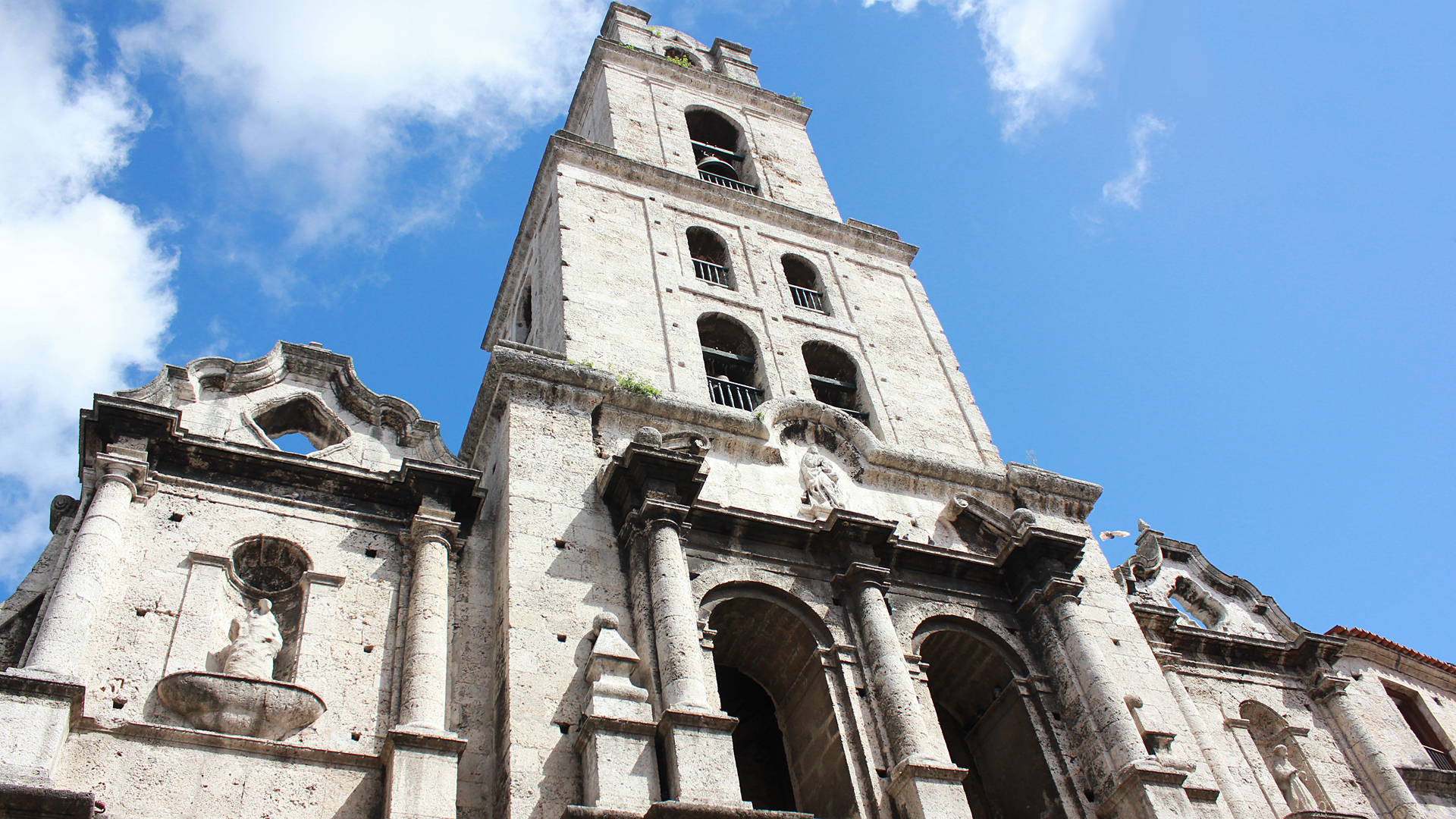
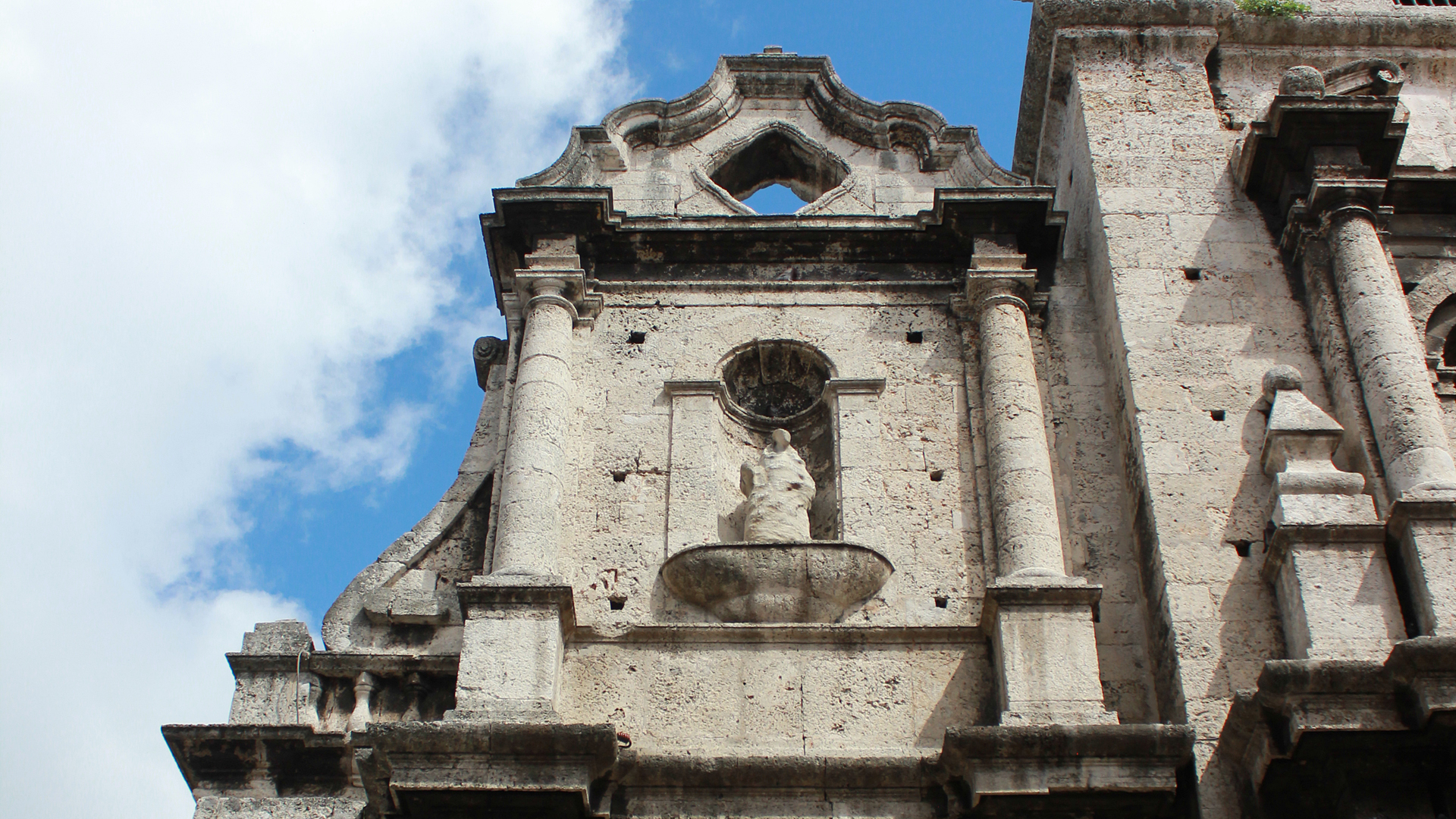
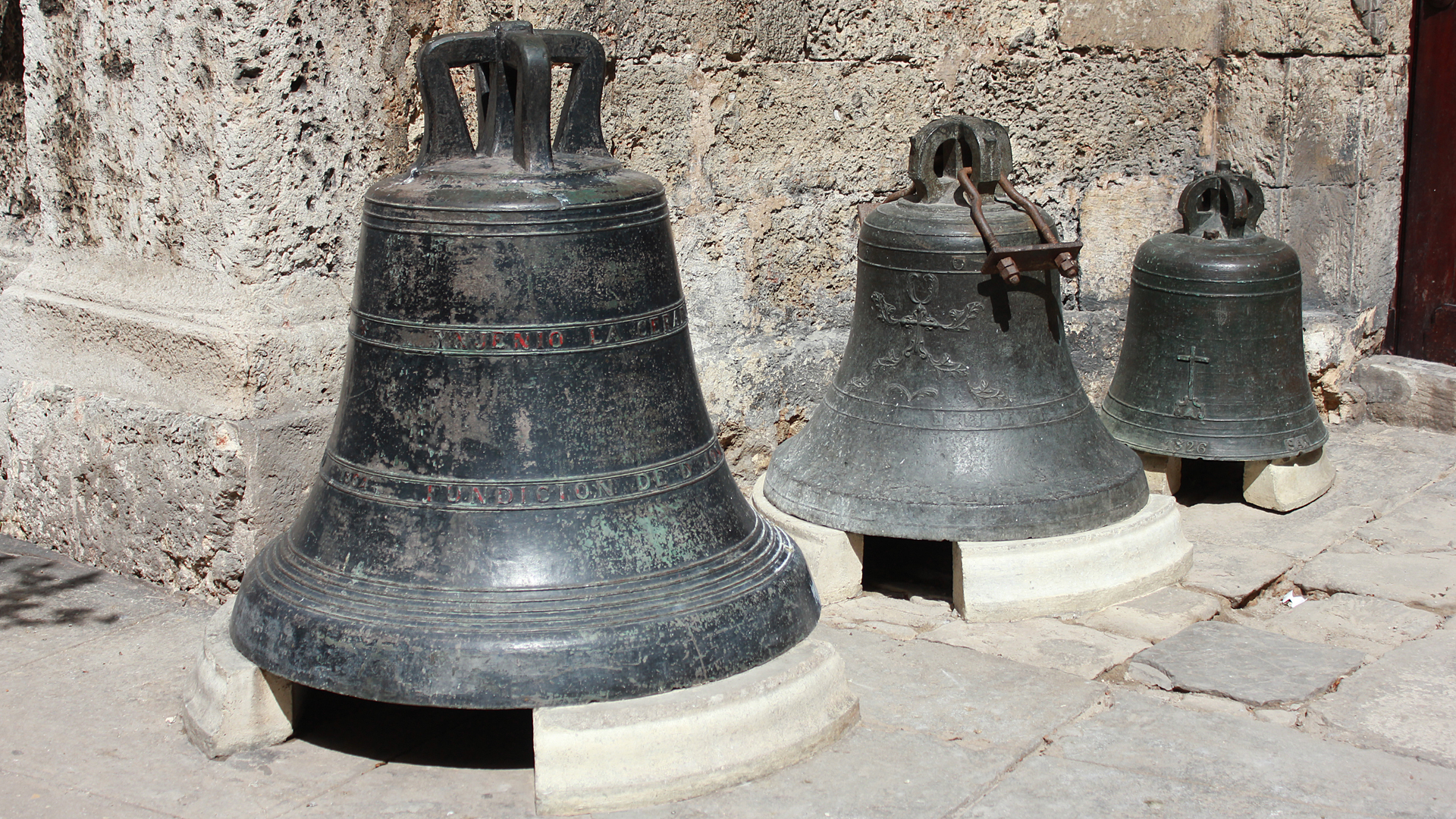 The basilica and the monastery of San Francisco de Asis (Saint Francis of Assisi) were built in Havana, Cuba at the end of sixteenth century (1580-91) as the home of the Franciscan community, and were altered in the baroque style in 1730.
The basilica and the monastery of San Francisco de Asis (Saint Francis of Assisi) were built in Havana, Cuba at the end of sixteenth century (1580-91) as the home of the Franciscan community, and were altered in the baroque style in 1730.
The church was used for their worship by the English during the year in which they ruled Havana. When it returned to Spanish rule, they chose not to use it as a church. It is now used for concerts. Attached to the Basilica is a 138 foot tall bell tower.
Castillo de la Real Fuerza
Castillo de la Real Fuerza is a star fort on the western side of the harbour in Havana, Cuba. The fort was completed in 1577, with slaves and French prisoners providing most of the labor.
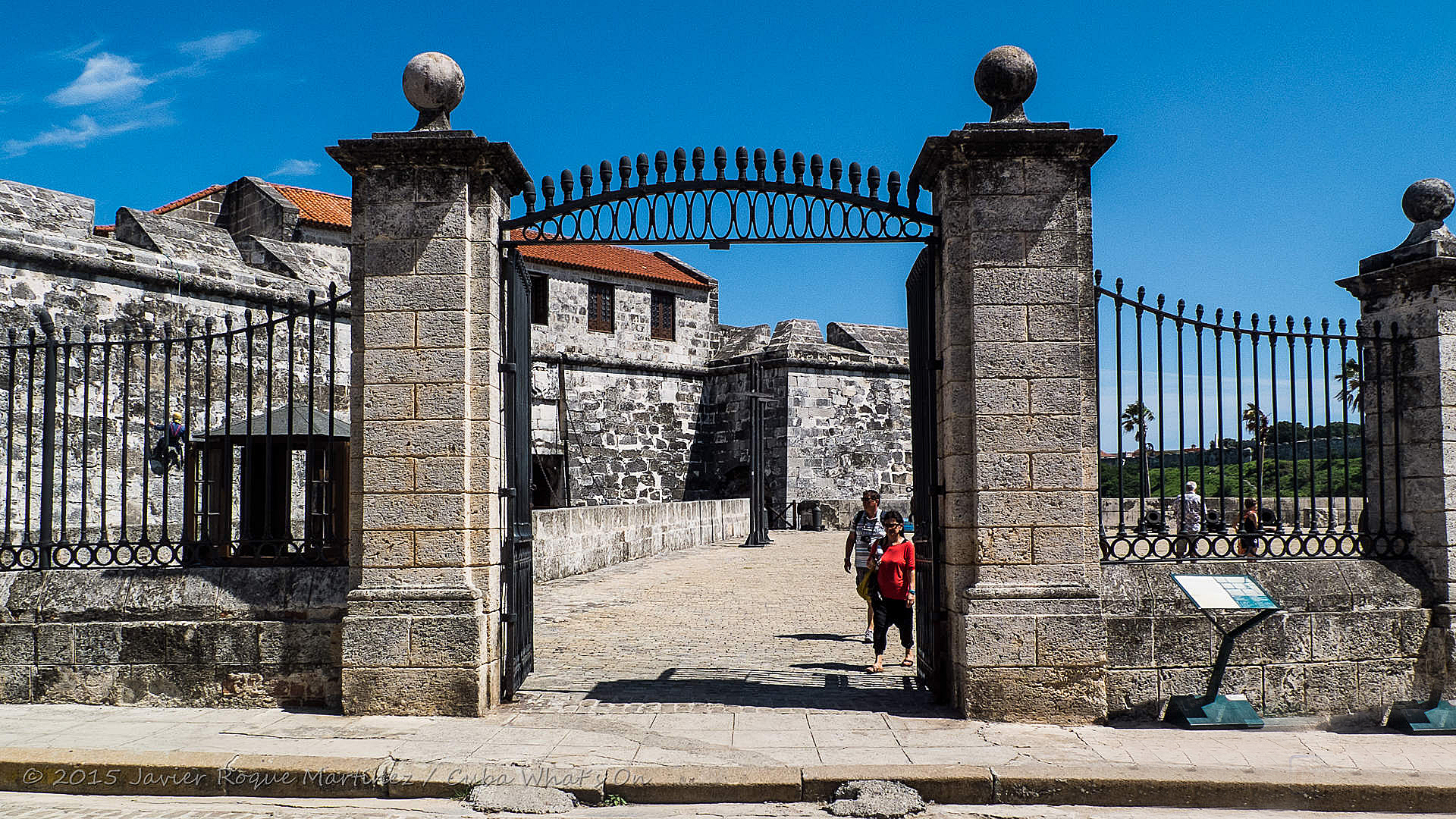
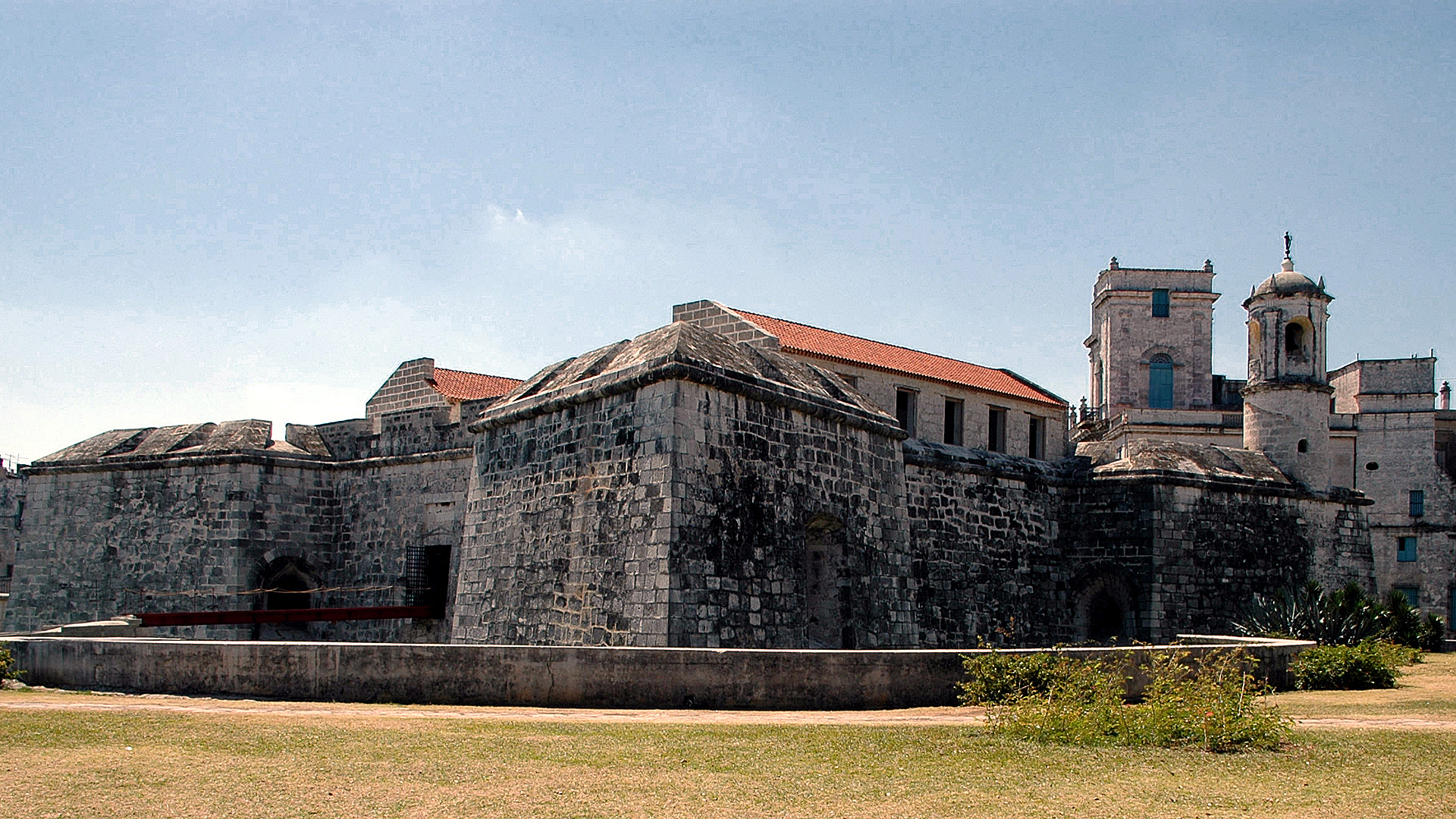
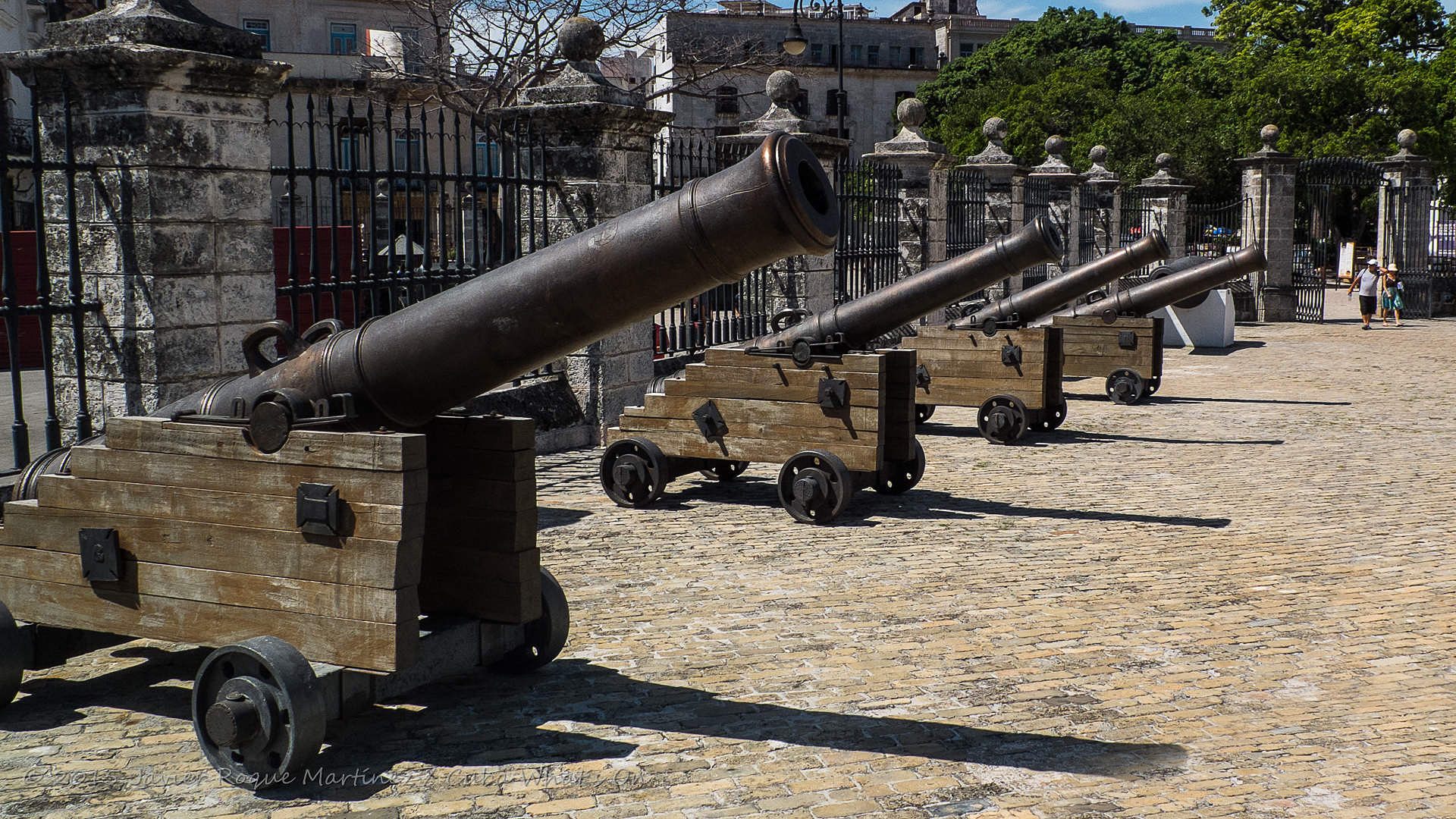
Christopher Columbus Cemetery (Cemetario de Colon)
The Colon Cemetery was founded in 1876 in the Vedado neighbourhood of Havana, Cuba on top of Espada Cemetery. Named for Christopher Columbus, the 140 acre cemetery is noted for its many elaborately sculpted memorials. It is estimated that today the cemetery has more than 500 major mausoleums, chapels, and family vaults.
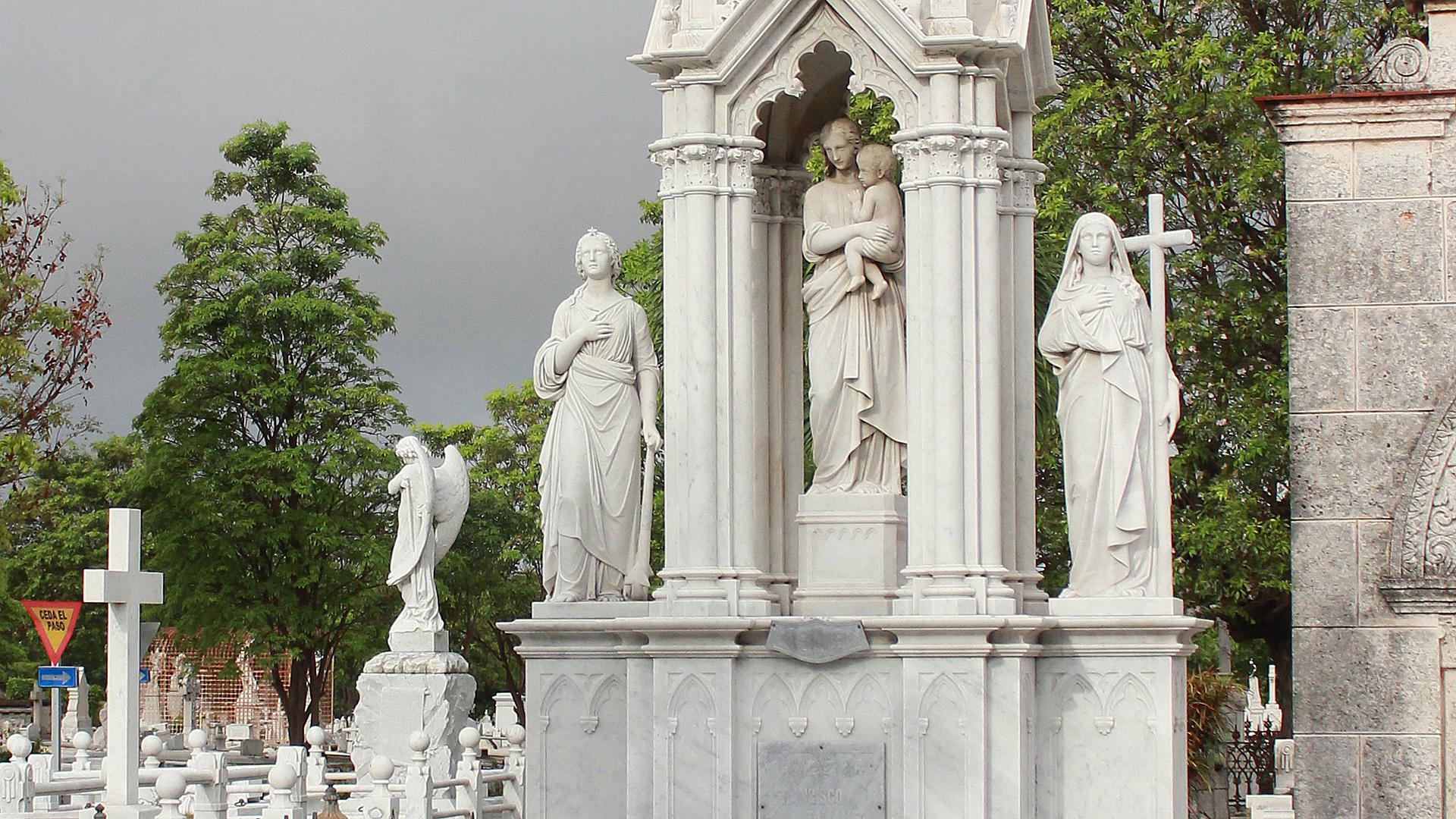
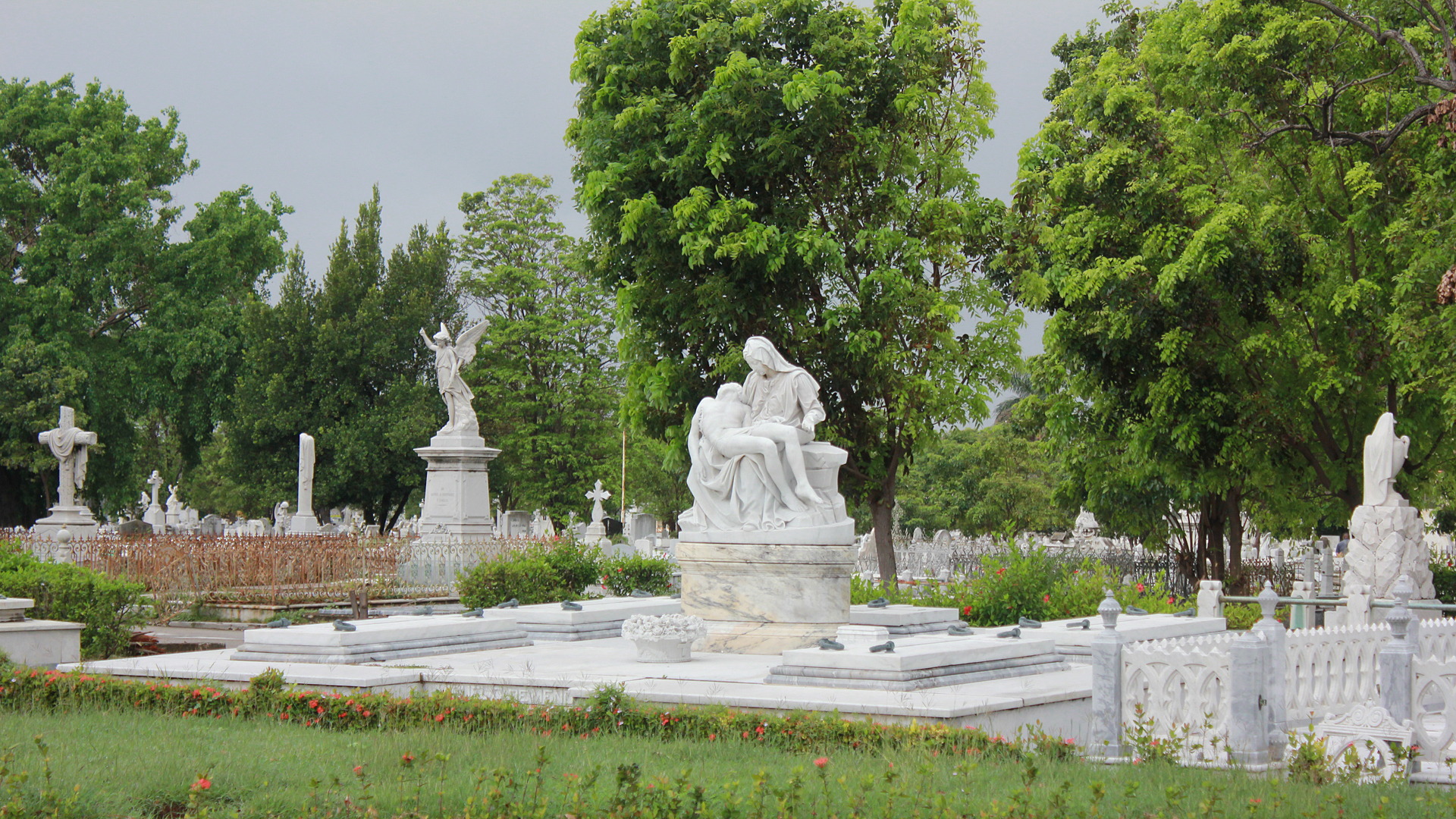

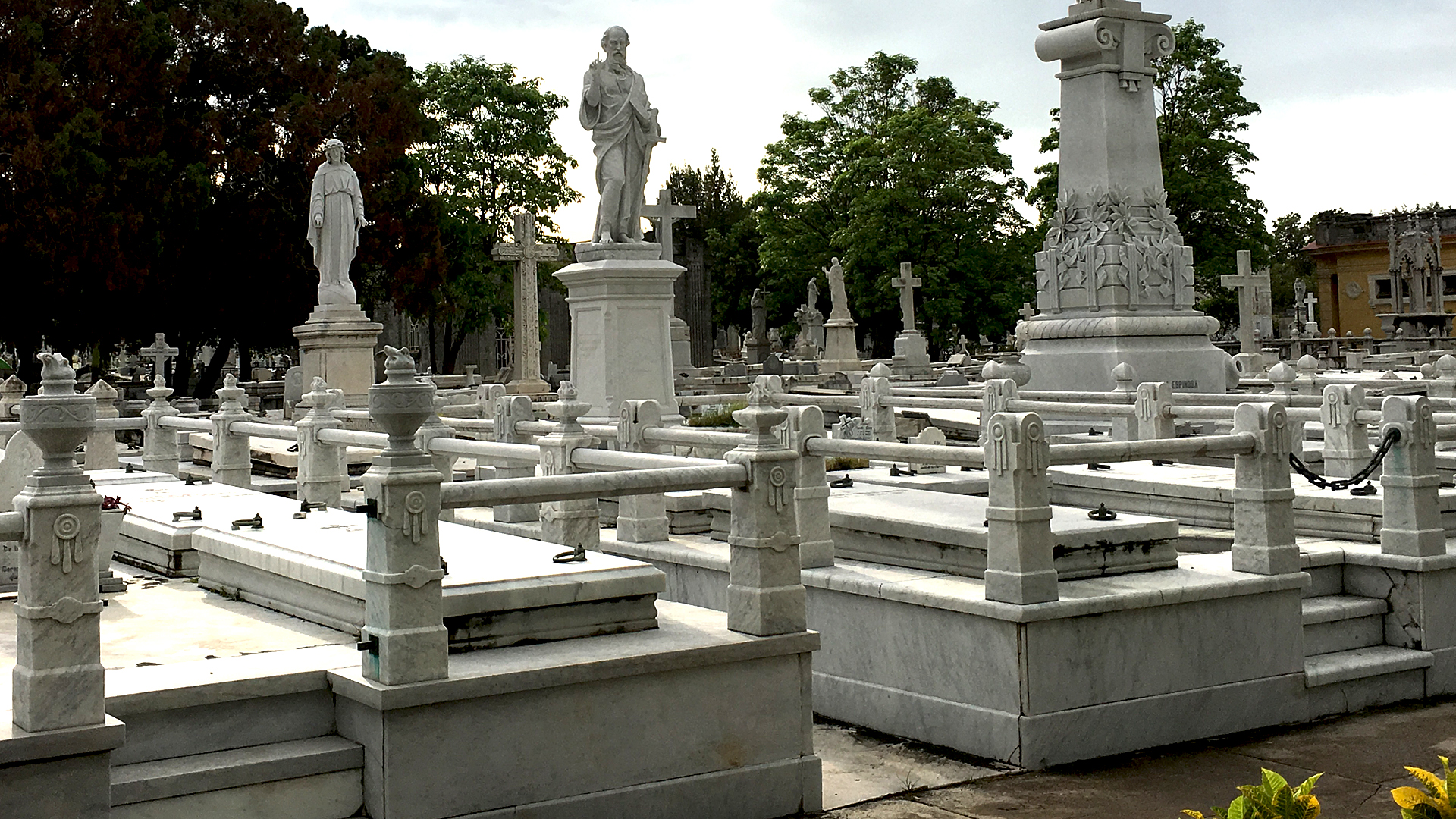
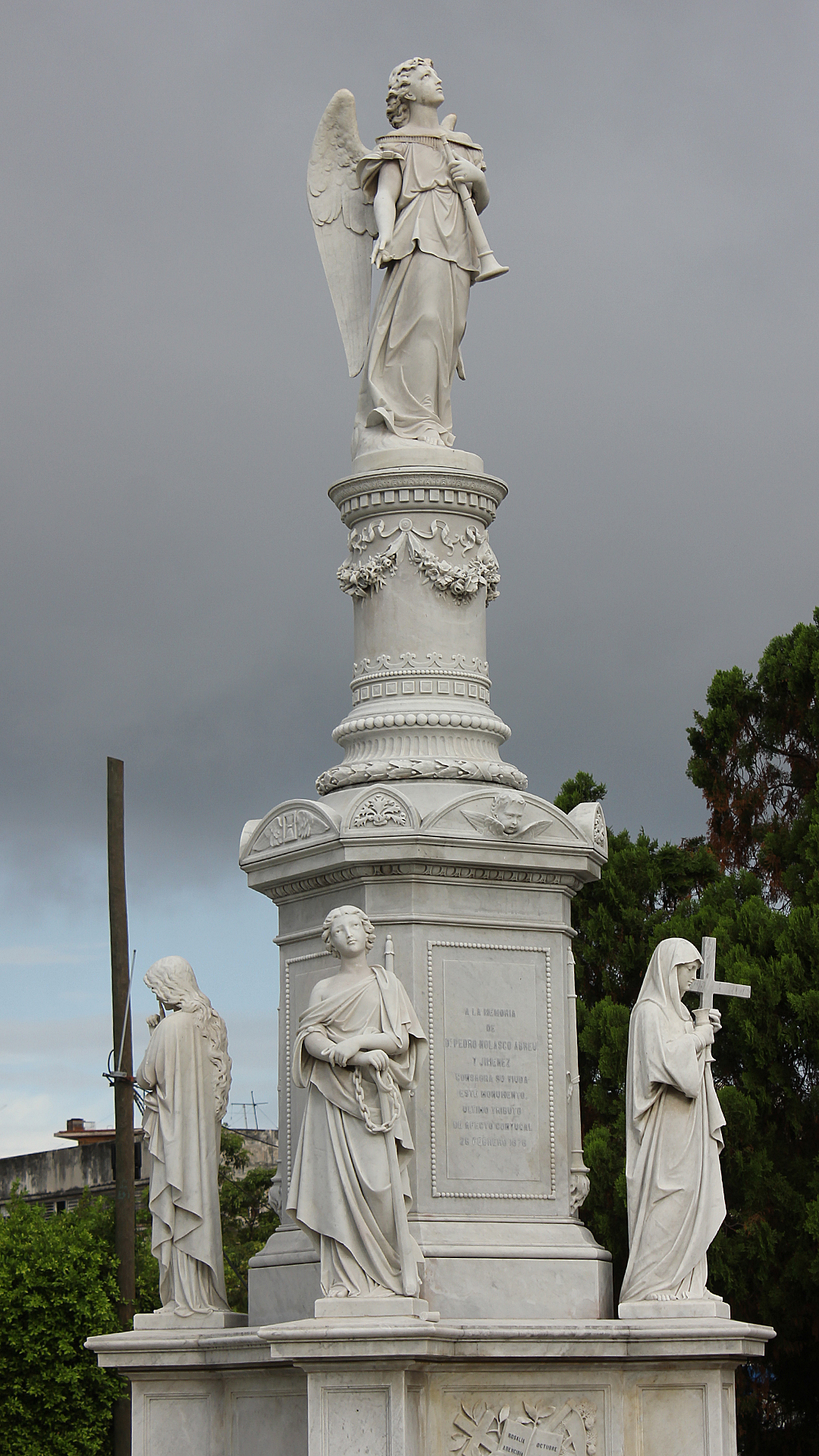
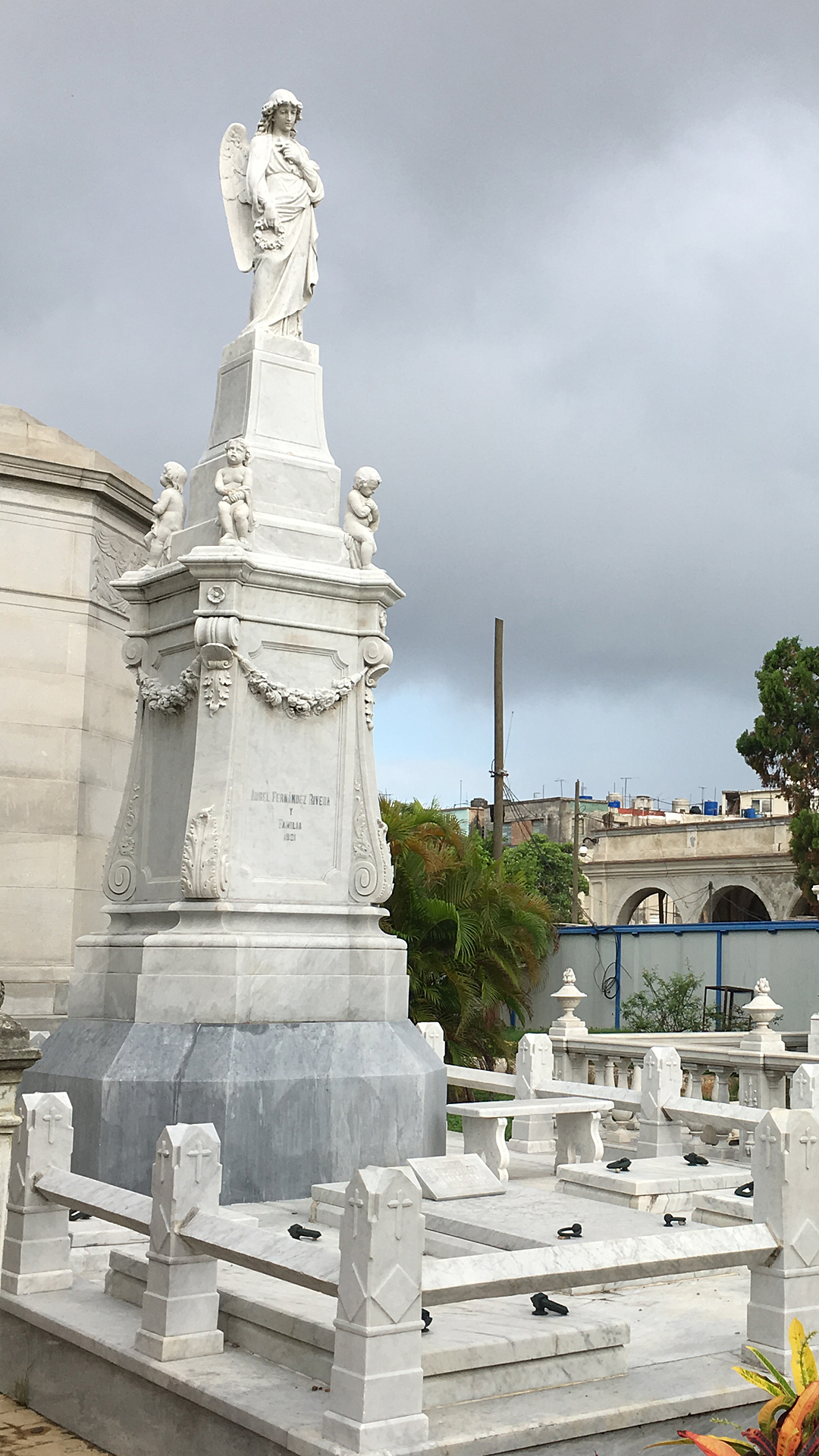
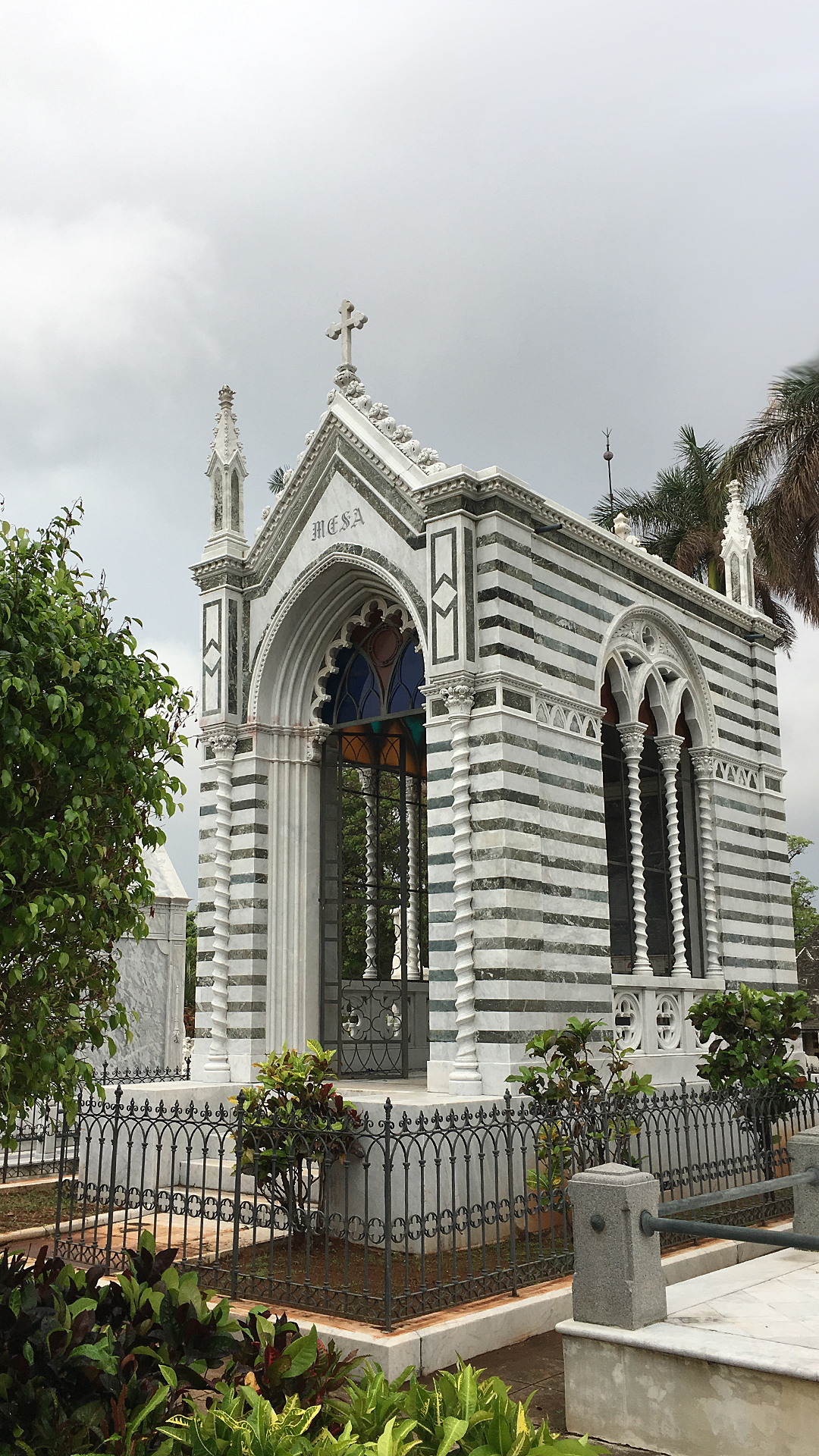
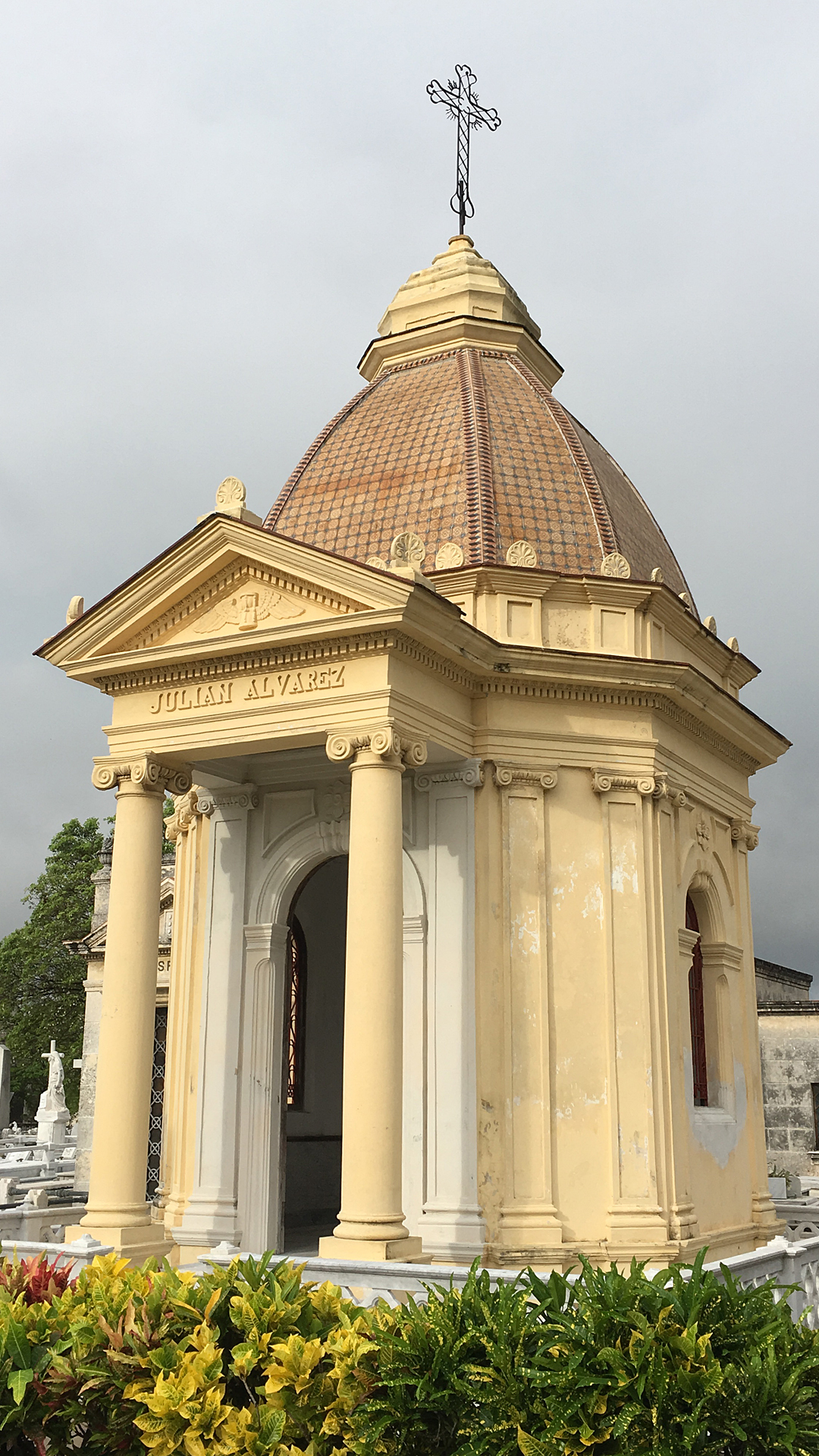
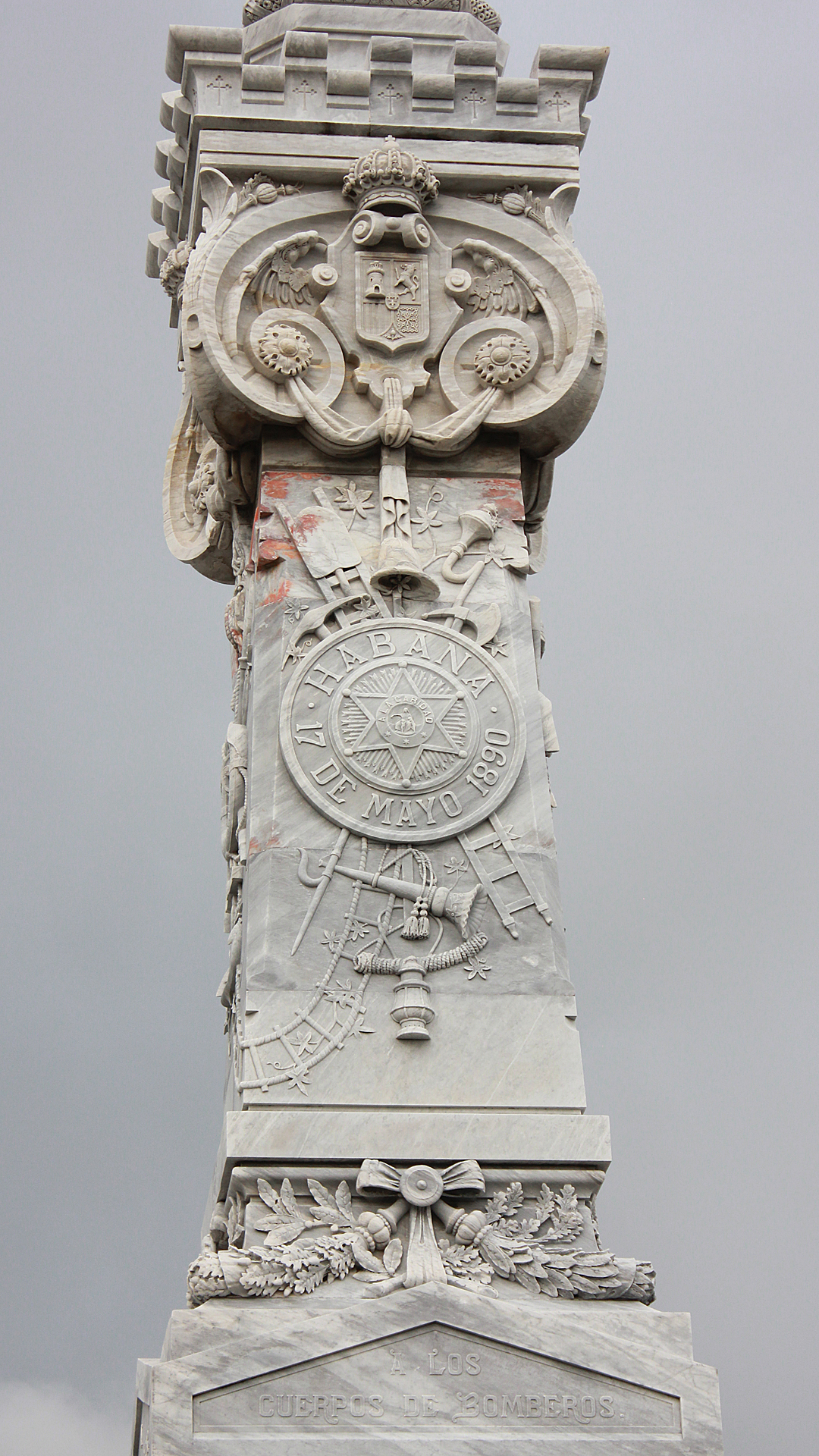
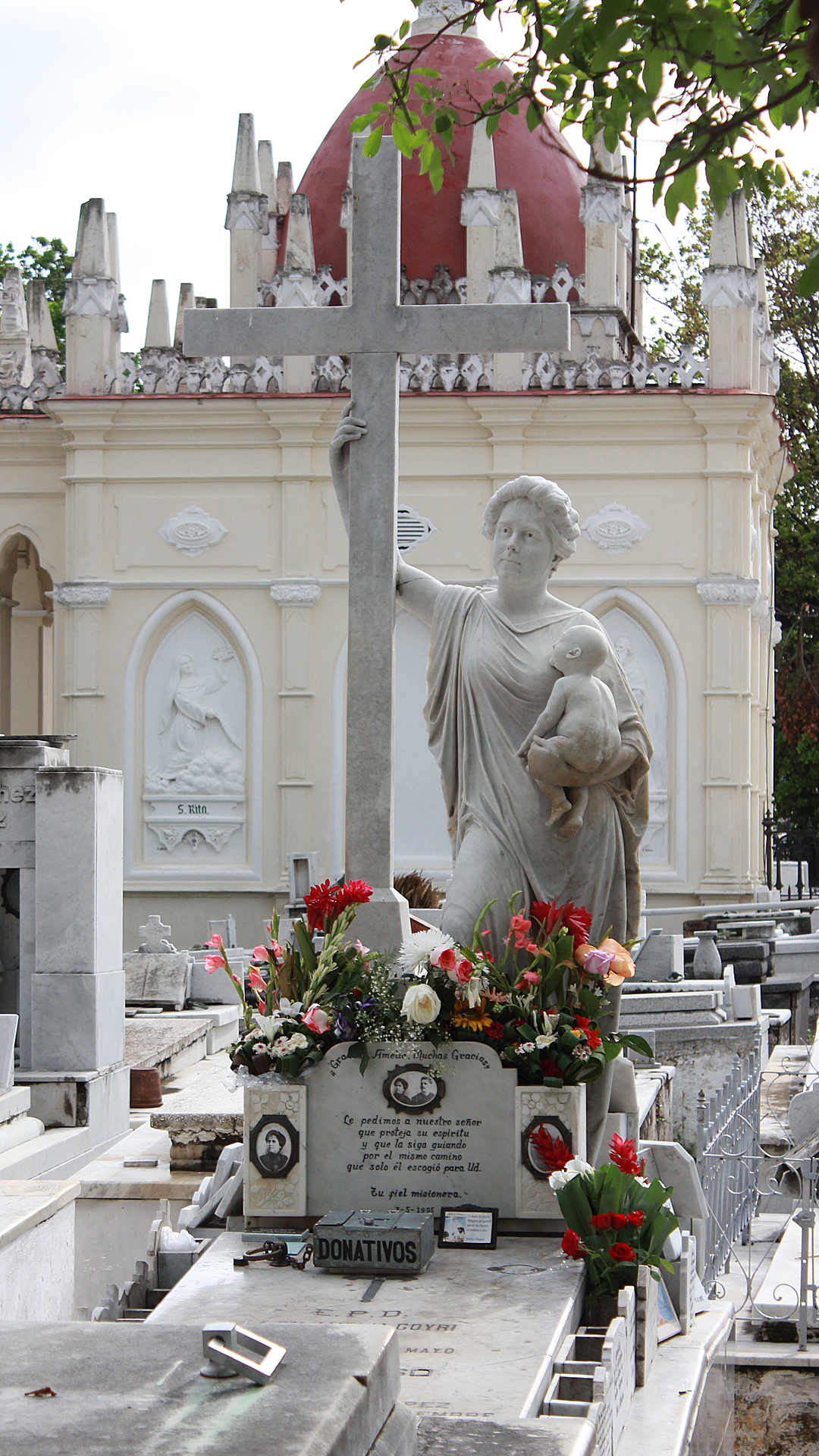
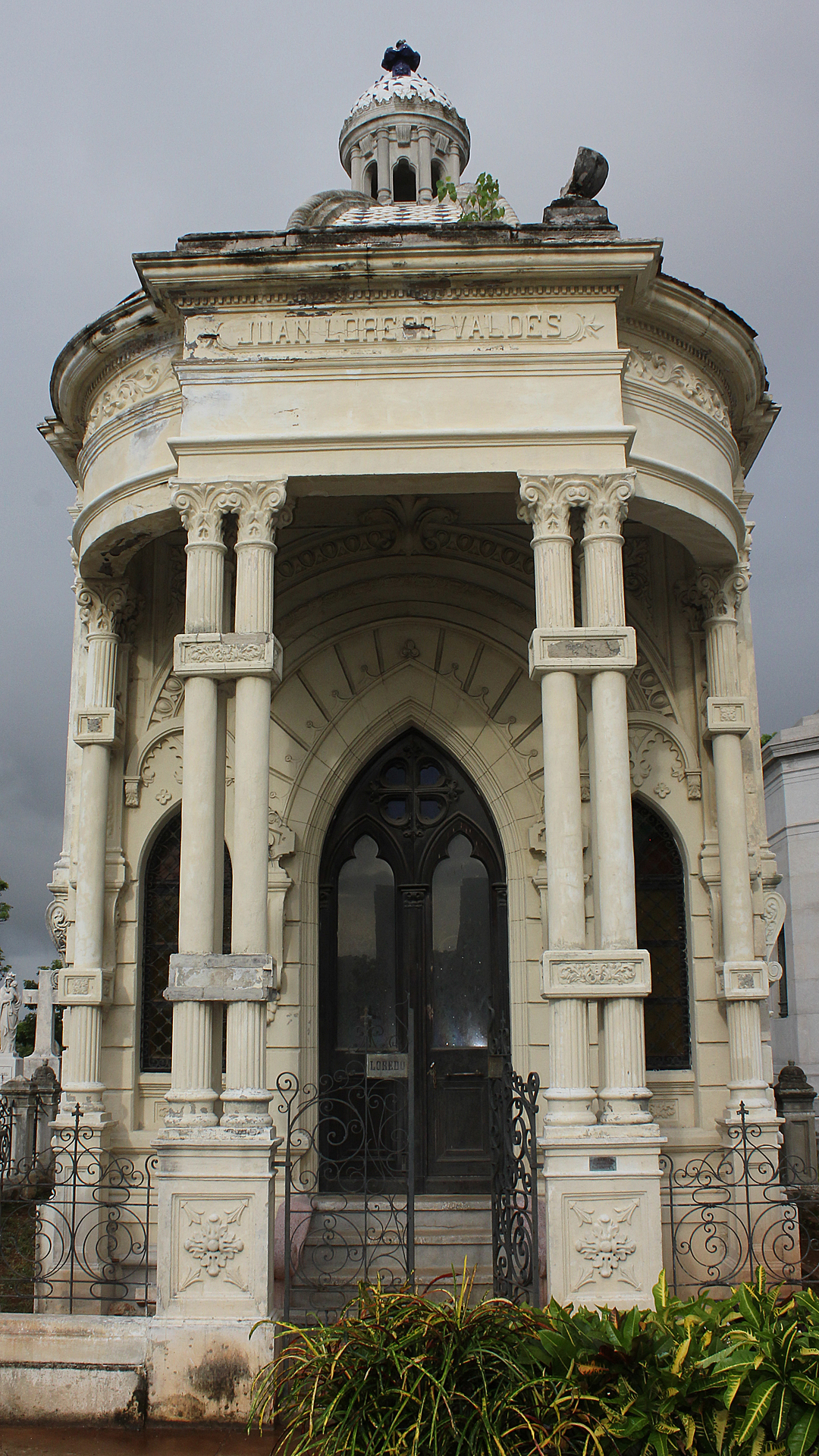
Edificio Focsa
The 39-story Focsa building is the tallest in Havana and is located in the downtown Vedado district, a few meters from the malecon seafront.
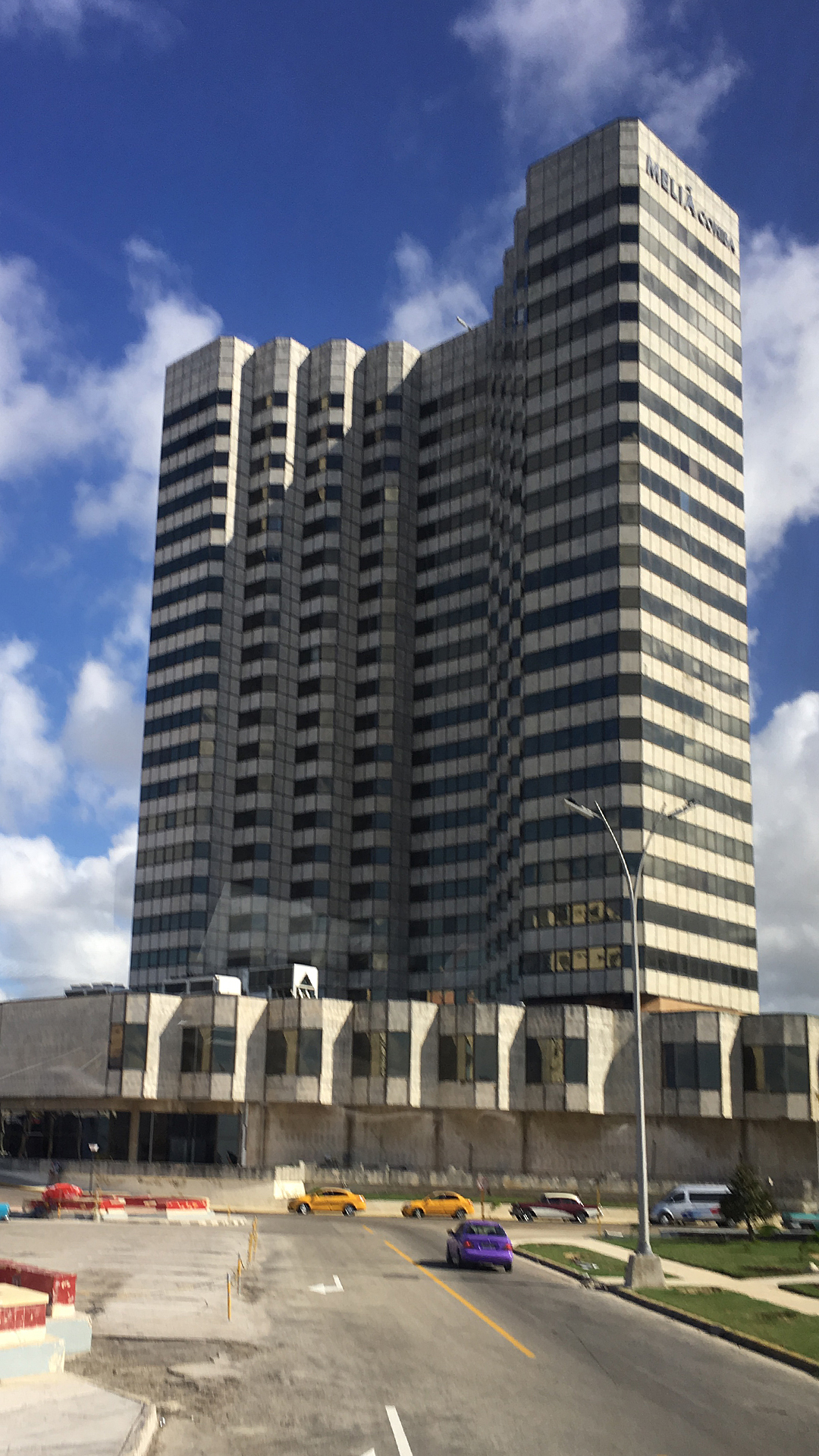
El Capitolio
El Capitolio, or National Capitol Building in Havana, Cuba, was the seat of government in Cuba until after the Cuban Revolution in 1959, and is now home to the Cuban Academy of Sciences. "El Capitolio" has a size of 681 by 300 ft. was completed in 1929. Its design is compared to that of the United States Capitol, but is not a replica of it.

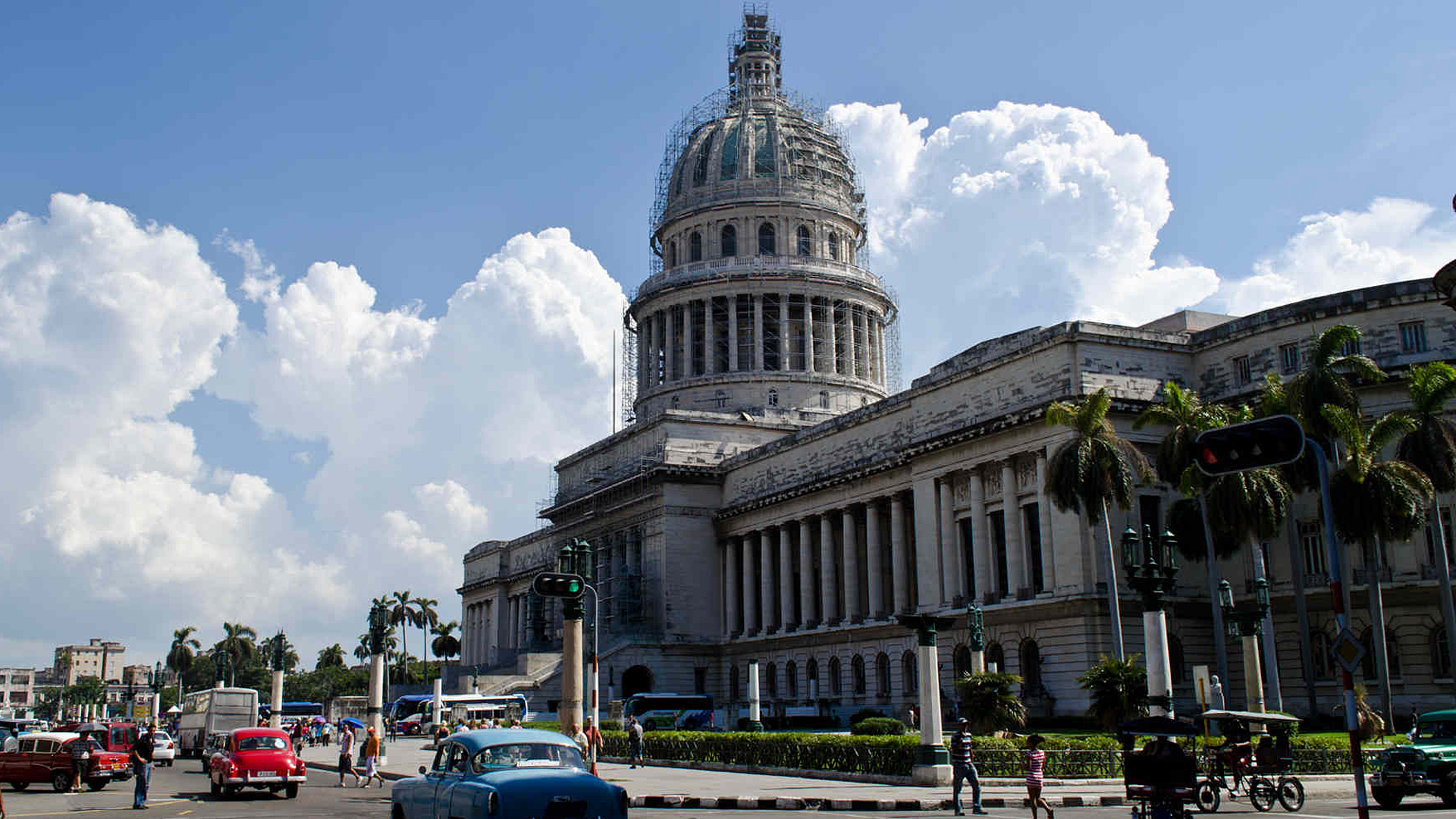
El Cristo de La Habana
The Christ of Havana is a large sculpture representing Jesus of Nazareth on a hilltop overlooking the bay in Havana, Cuba. The statue was carved out of white Carrara marble, the same material used for many of the monuments of the Colon Cemetery. The statue is about 66 feet tall with a 10 foot base. It weighs approximately 320 tons. The statue was built from 67 blocks of marble that had been brought from Italy after being personally blessed by Pope Pius XII. The figure of Christ is standing with the right hand held near the chin and the left hand near his chest. Facing the city, the statue was left with empty eyes to give the impression of looking at all, from anywhere to be seen.
One of our tour guides said it looks like the right hand is used to hold a cigar and the left hand was used to hold a glass of Cubian rum.
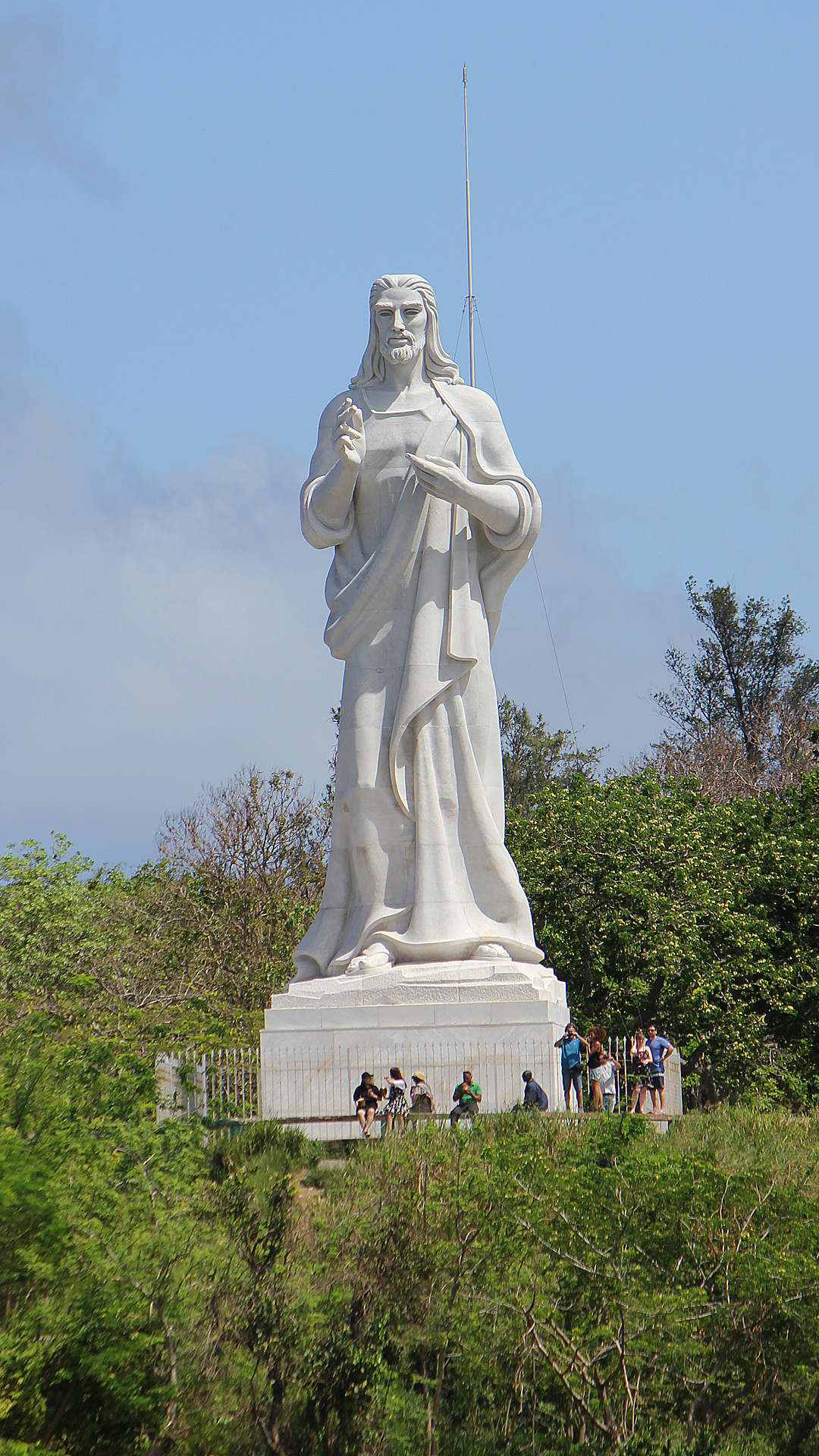
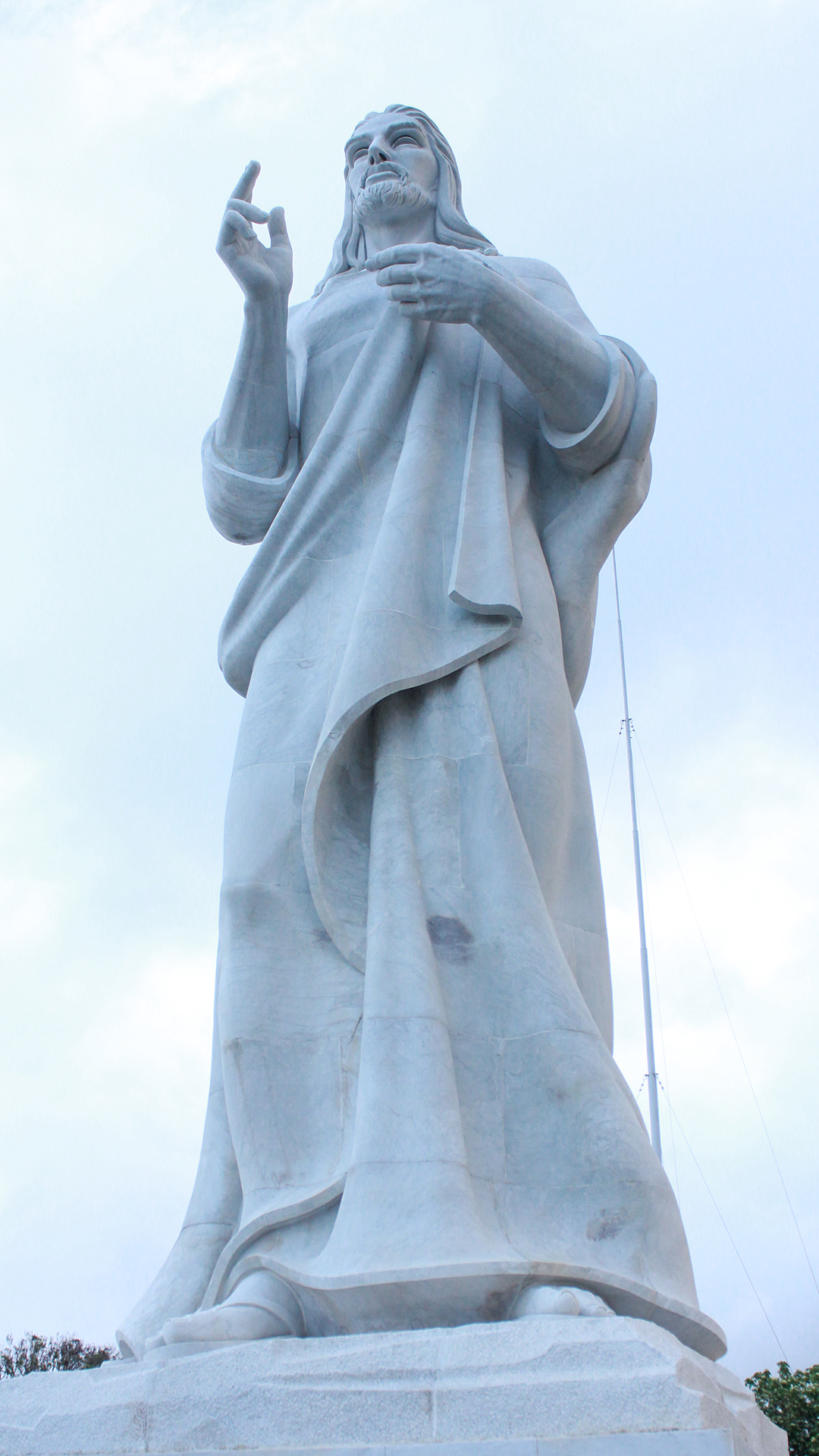
El Malecon
The Malecon (officially Avenida de Maceo) is a broad roadway and seawall which stretches for 5 miles along the coast in Havana, Cuba.
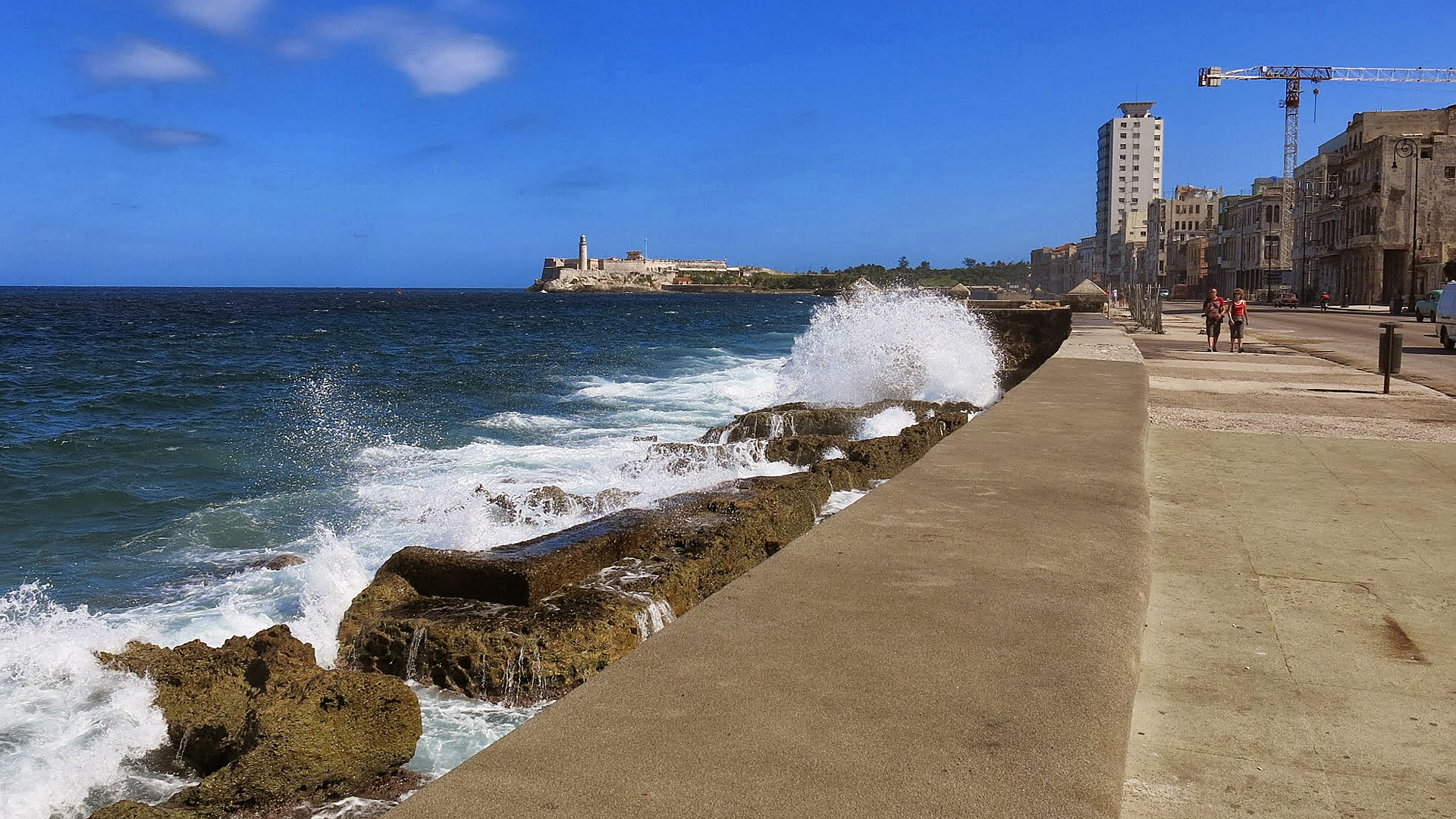
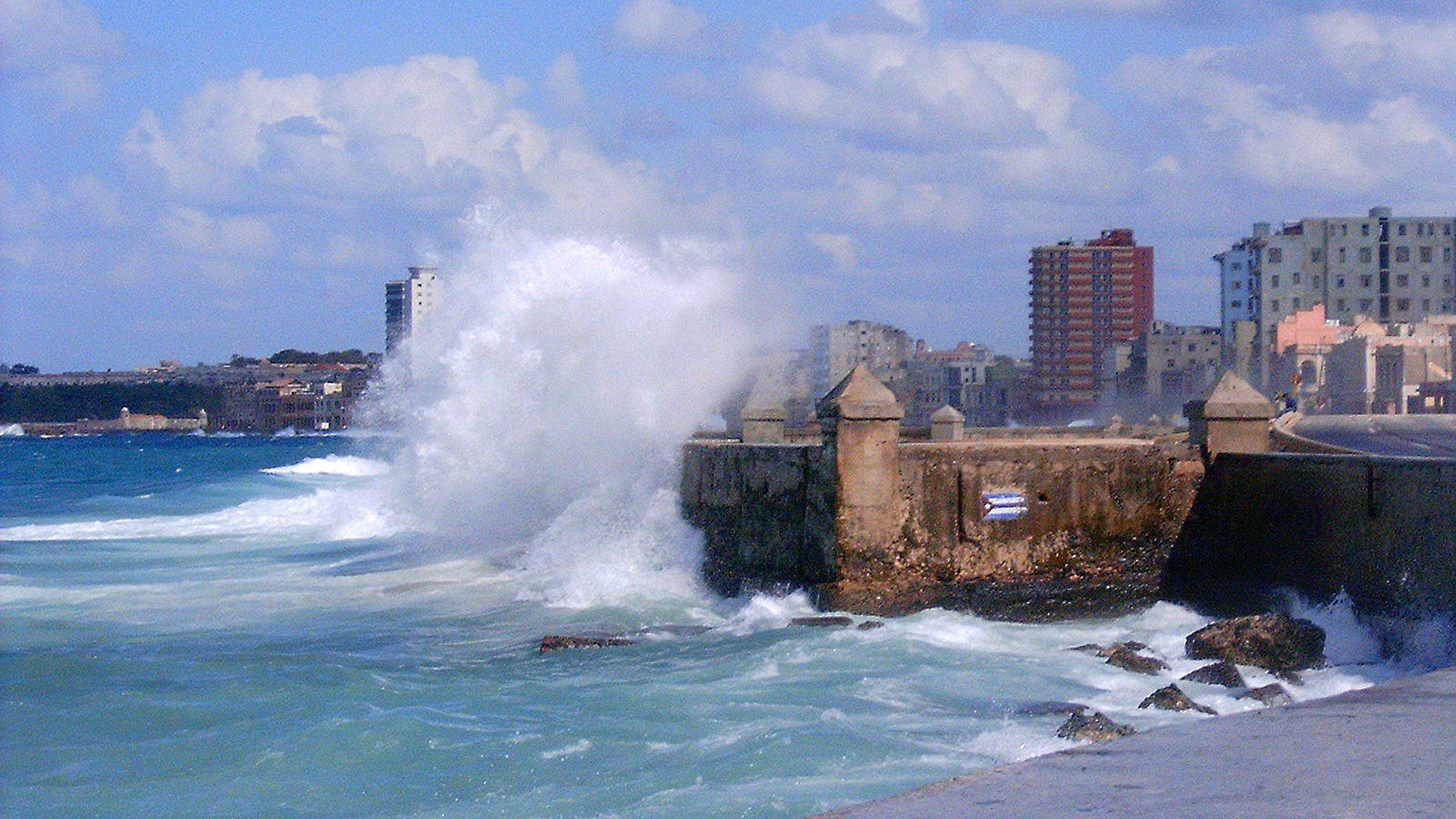
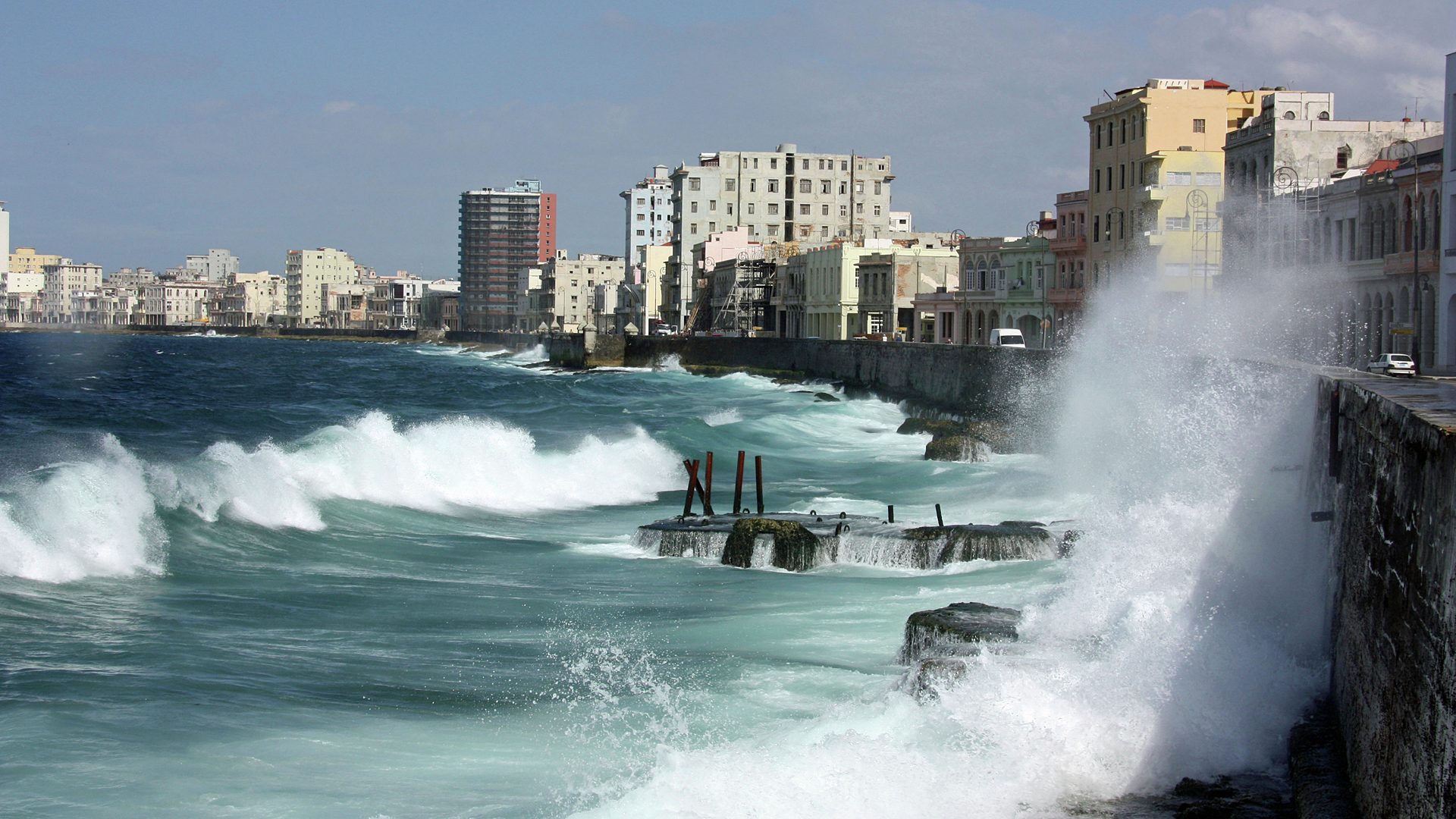
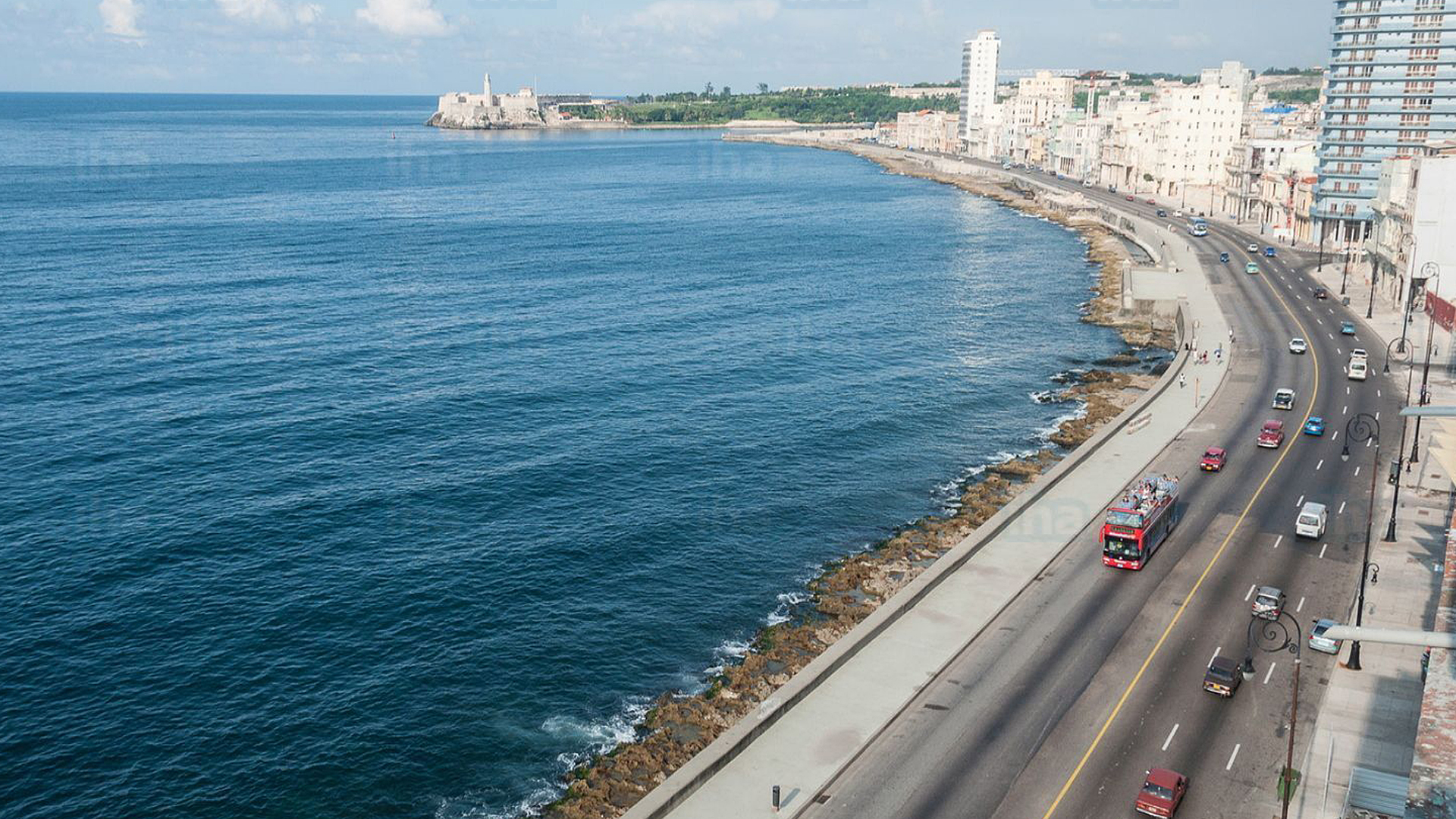
El Morro or Morro Castle
A fortress guarding the entrance to Havana. Built initially in 1589 in response to raids on Havana harbor, el Morro protected the mouth of the harbor with a chain being strung out across the water to the fort at La Punta.

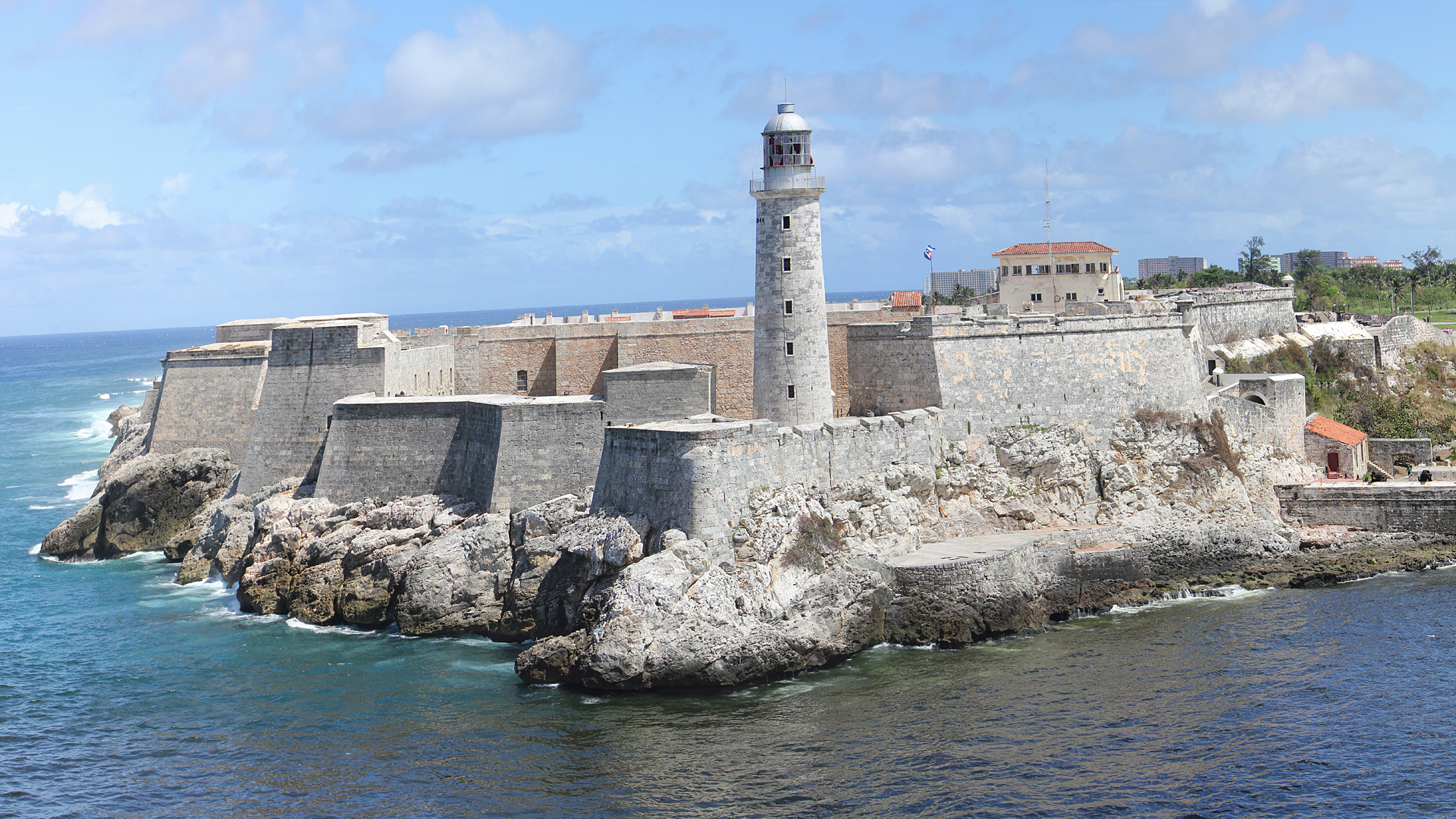
Fortaleza de San Carlos de la Cabana
18th-century fortress complex, the third-largest in the Americas, located on the elevated eastern side of the harbor entrance in Havana, Cuba. The fort rises above the 200-foot hilltop.



Fusterlandia
Jose Rodriguez Fuster was born August 1946 in Villa Clara, Cuba. He is a Cuban native artist specializing in ceramics, painting, drawing, engraving, and graphic design. Fuster's art is a cherished part of Cuban culture. He sponsors this project by the sale of his paintings and ceramics.
Fuster has made a major contribution over 10 years of work of rebuilding and decorating the fishing town of Jaimanitas in the outskirts of Havana, where he lives. Jaimanitas is now a unique work of public art where Fuster has decorated over 80 houses with ornate murals and domes to suit the personality of his neighbors.

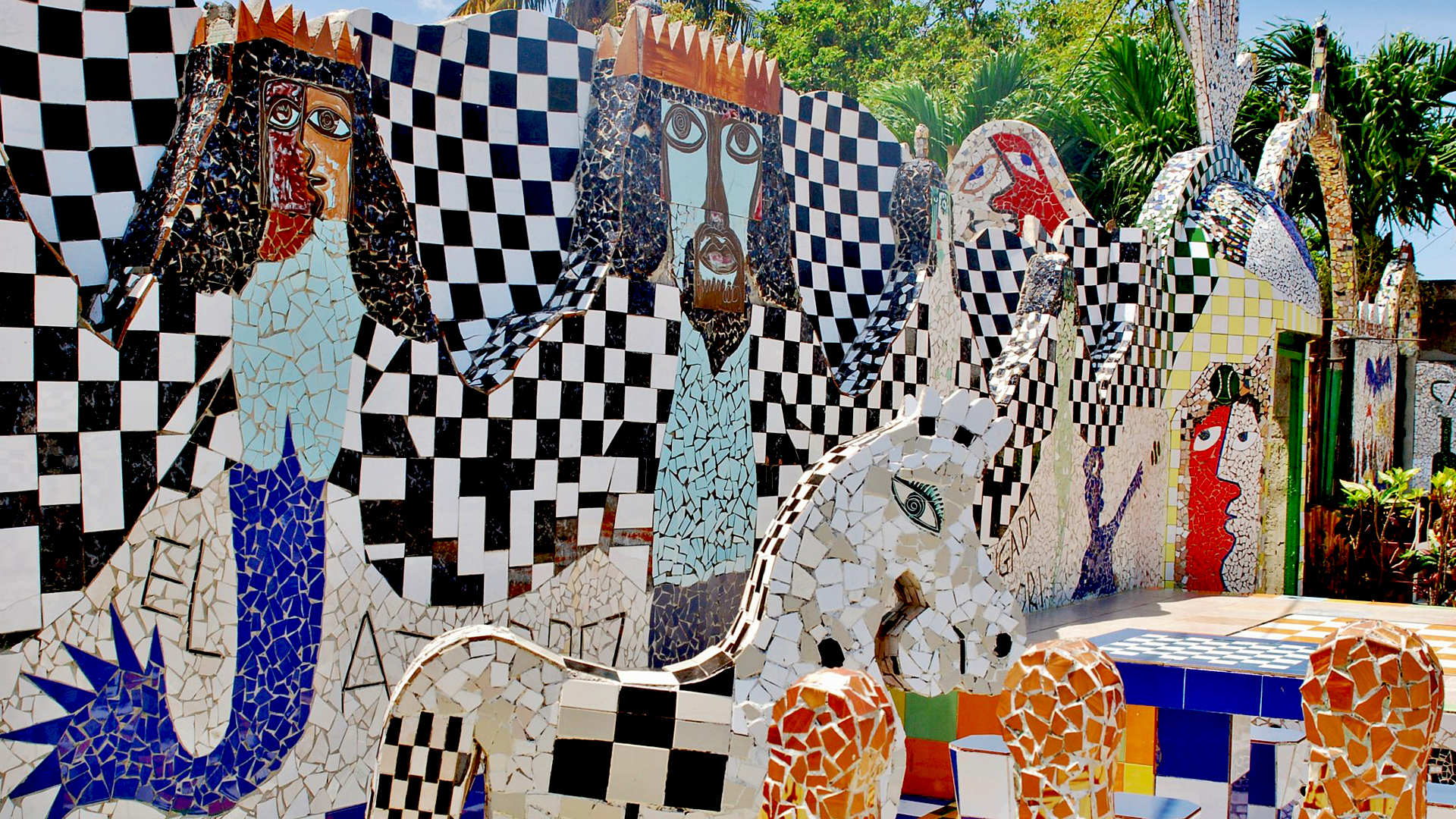
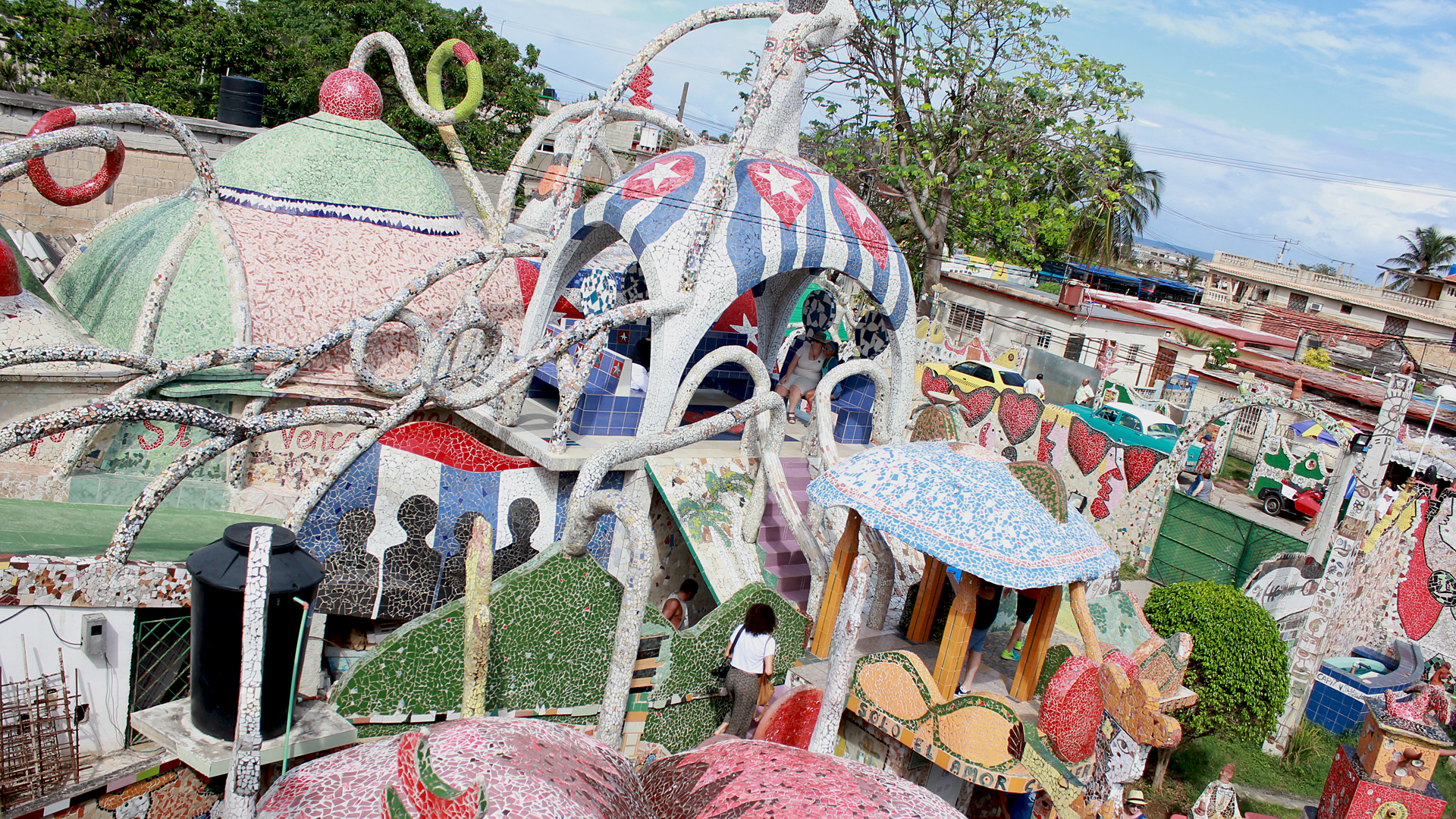
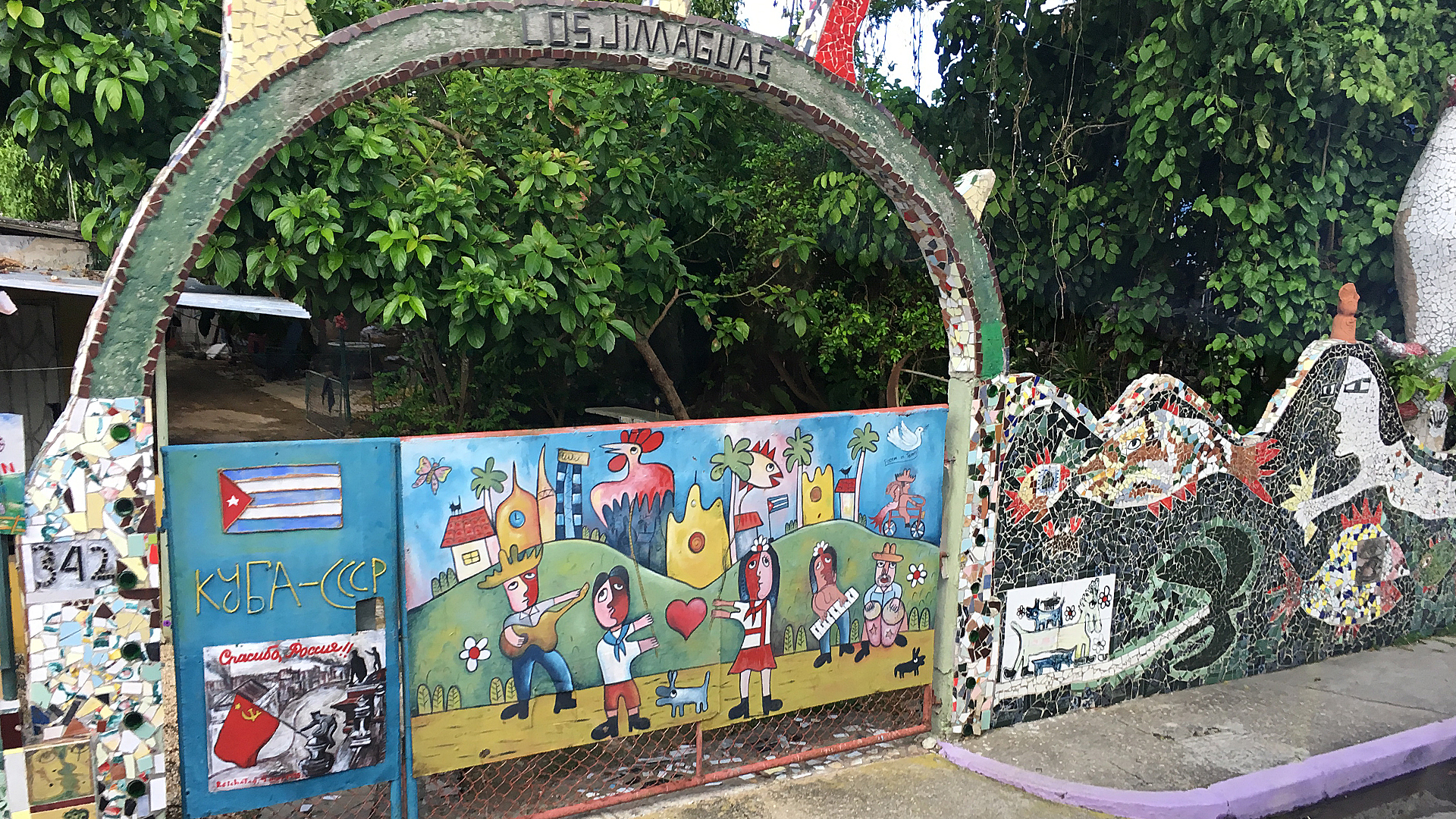

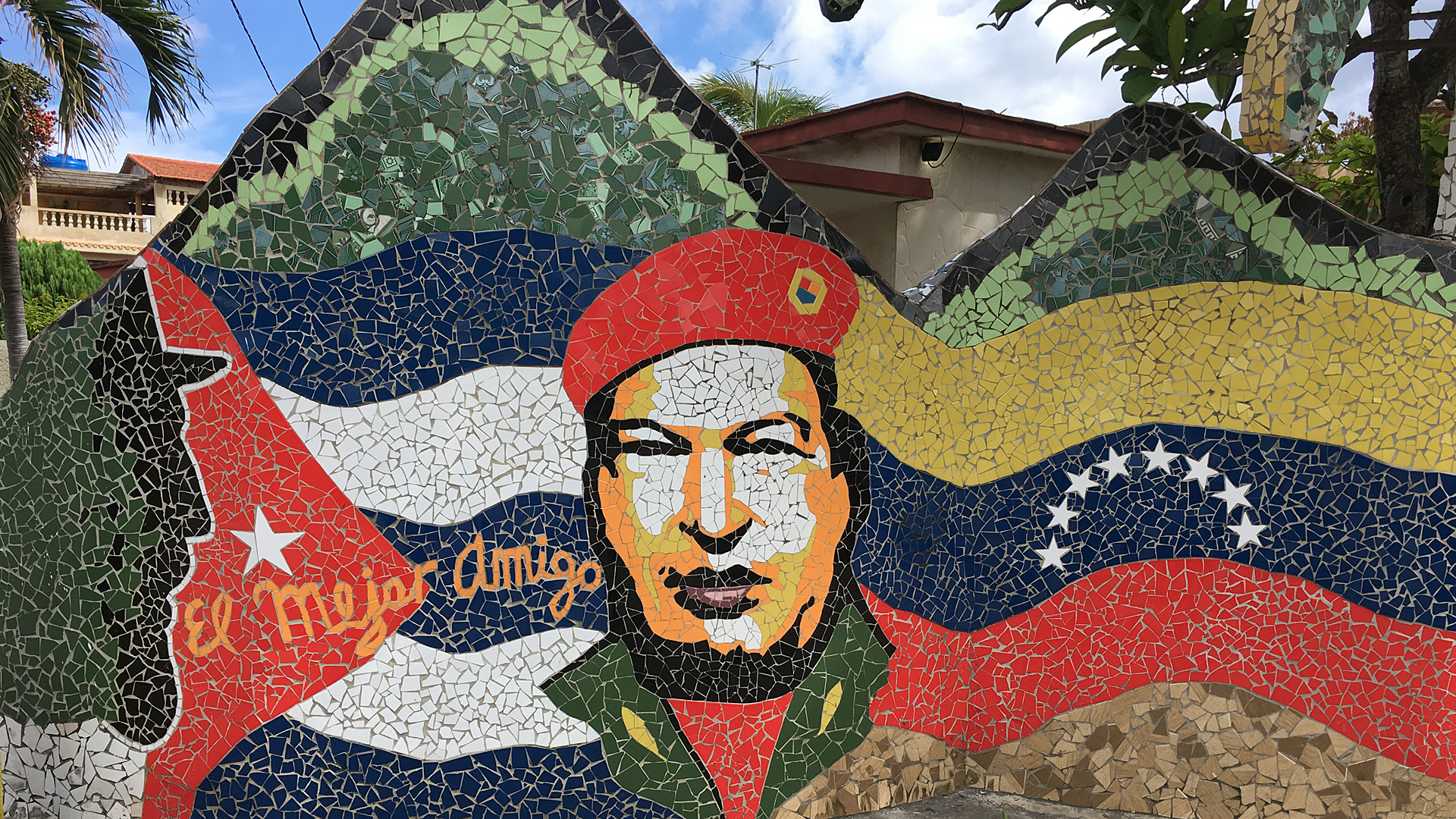

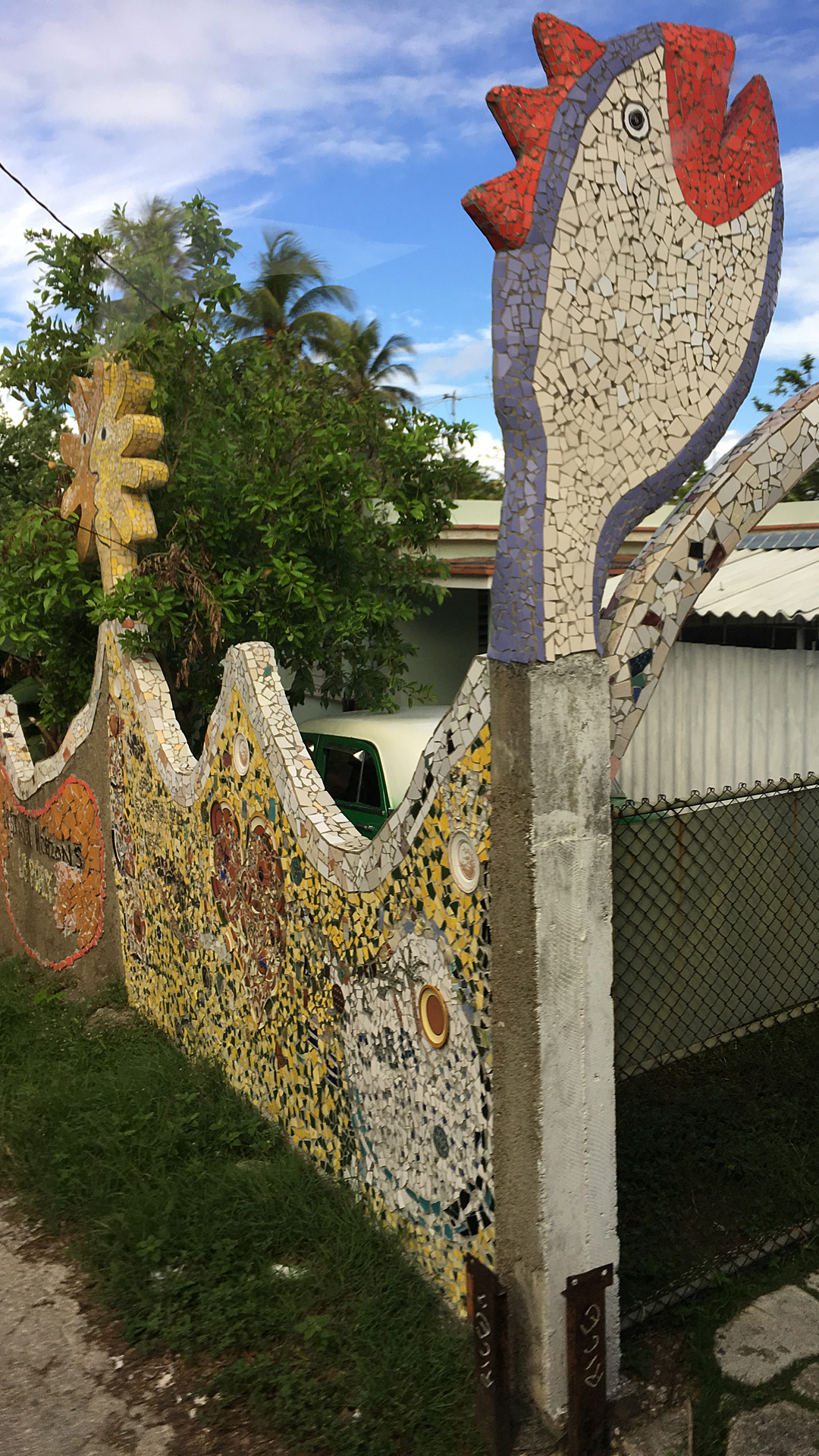
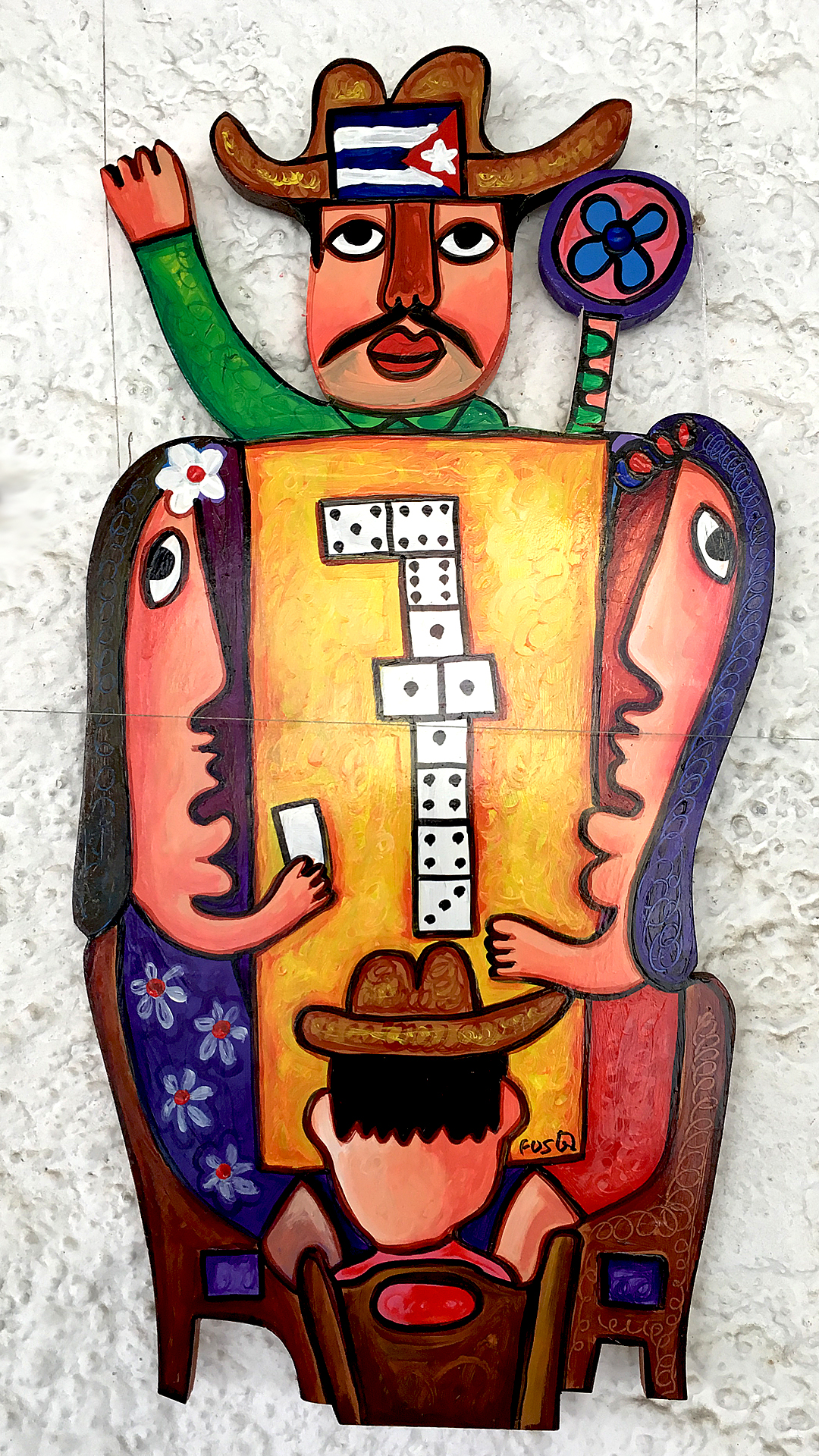
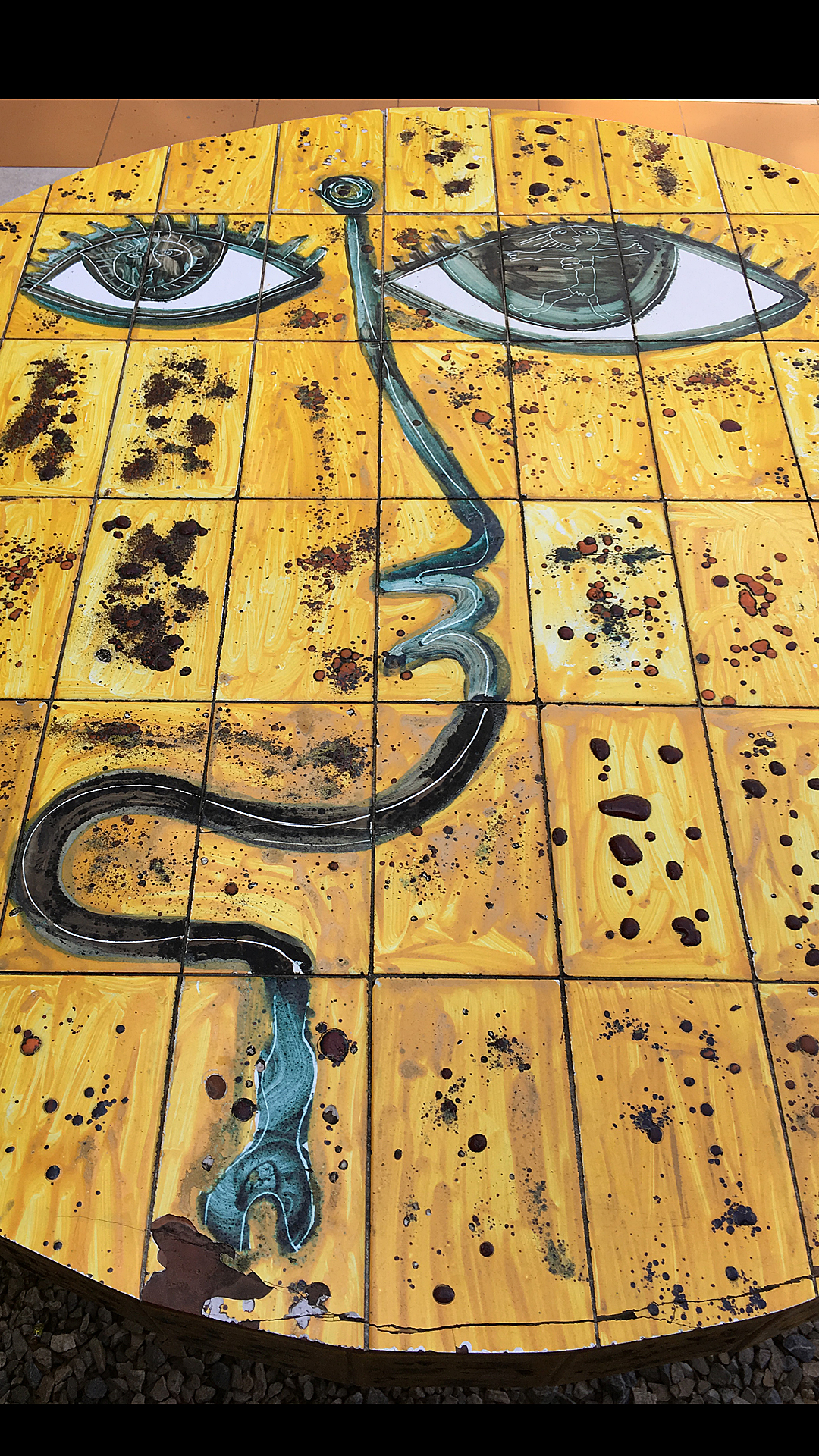
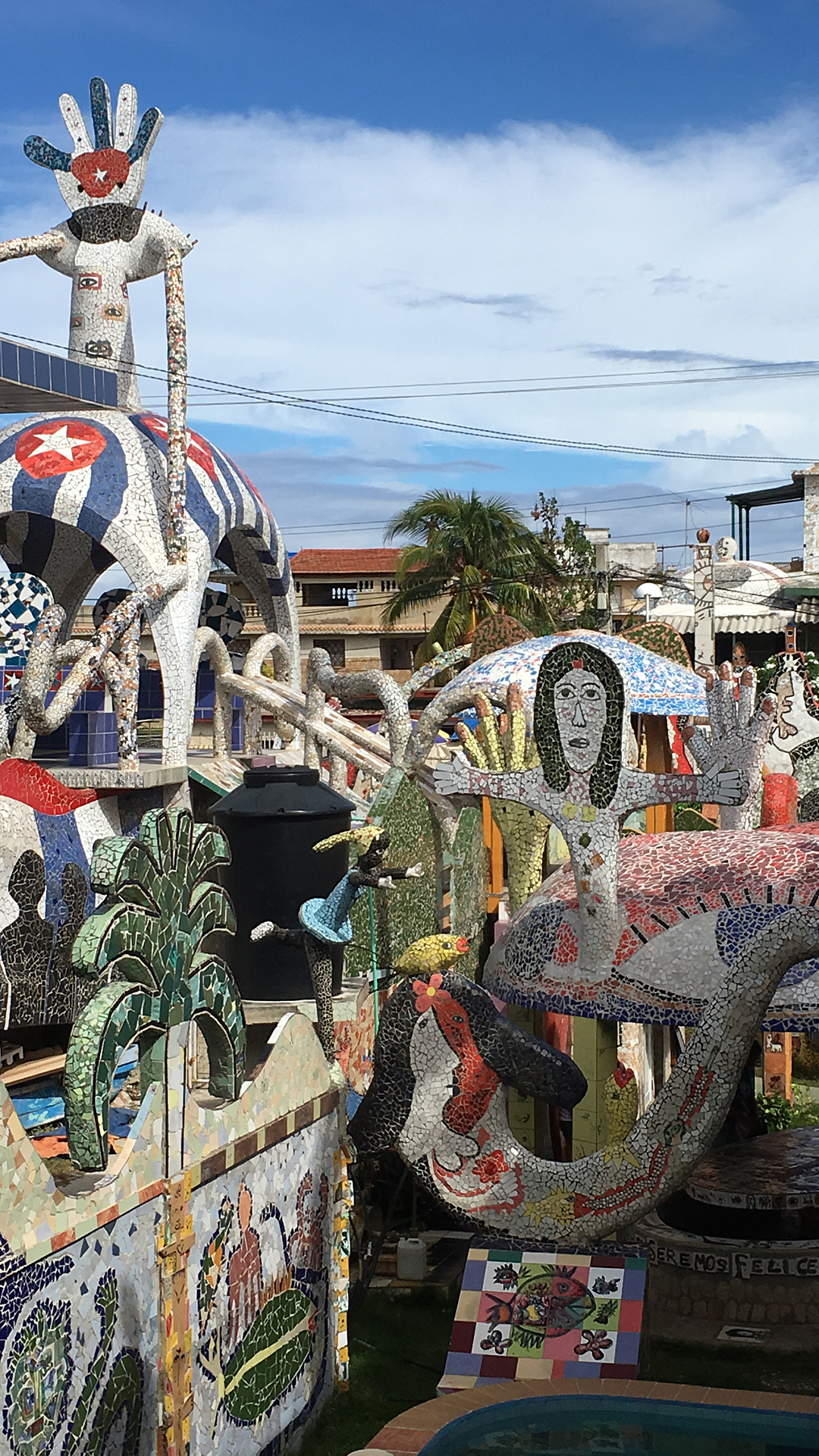
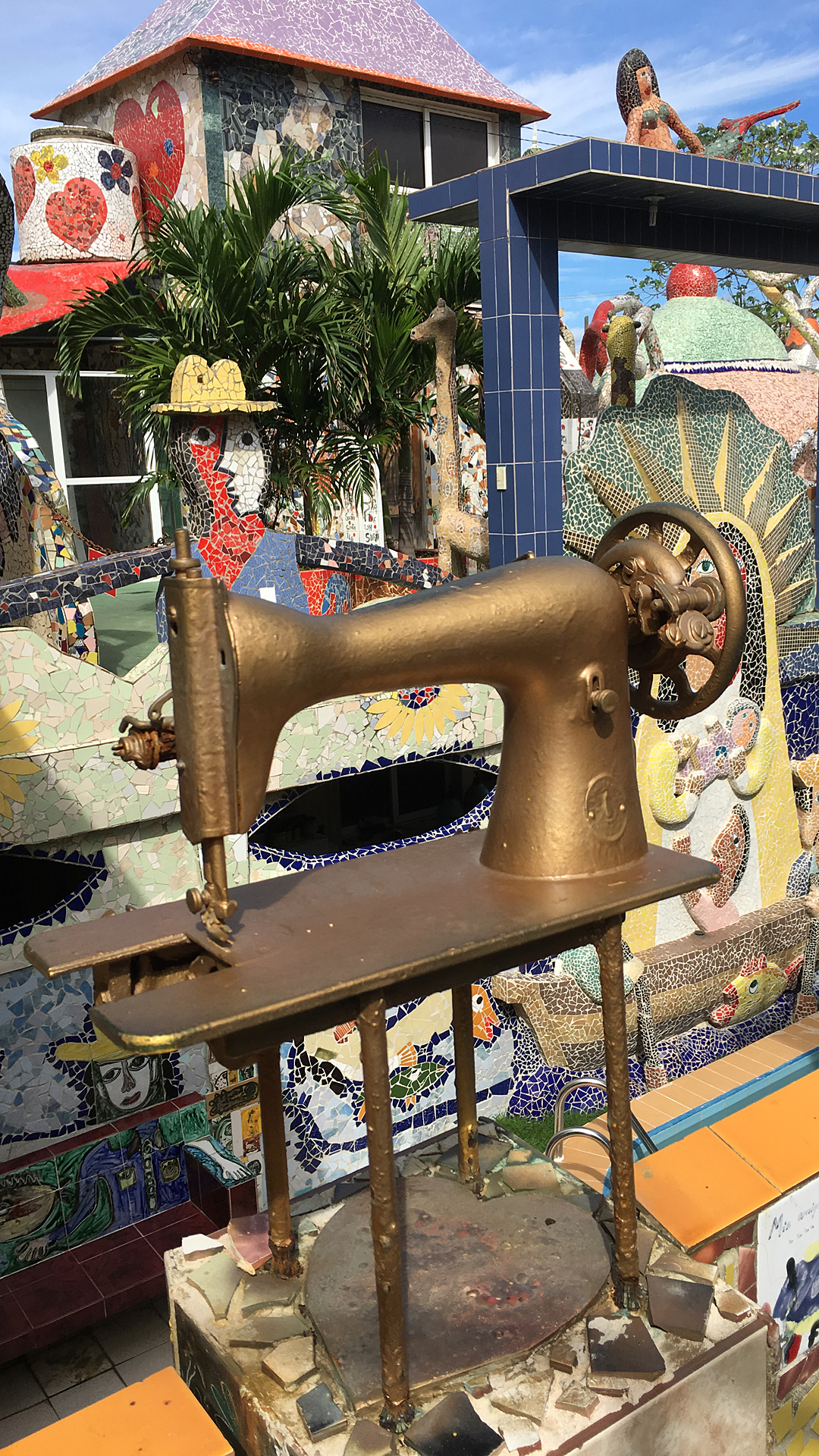
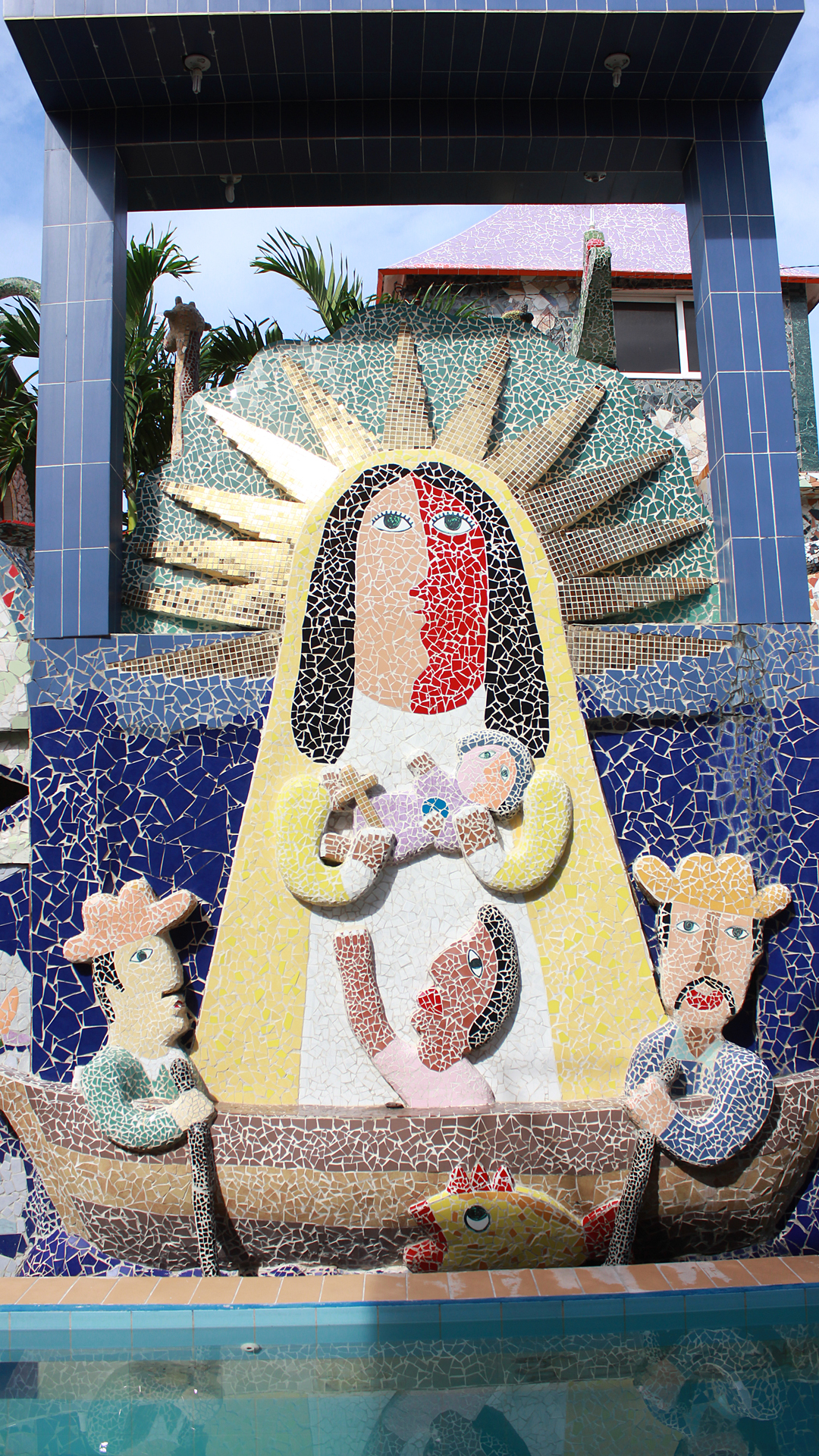
Latinamericano Stadium
Baseball is the national sport. This is the largest stadium in Havana, Cuba and will hold 55,000 people. Admission to sporting events is generally free, and impromptu games are played in neighborhoods throughout the city.
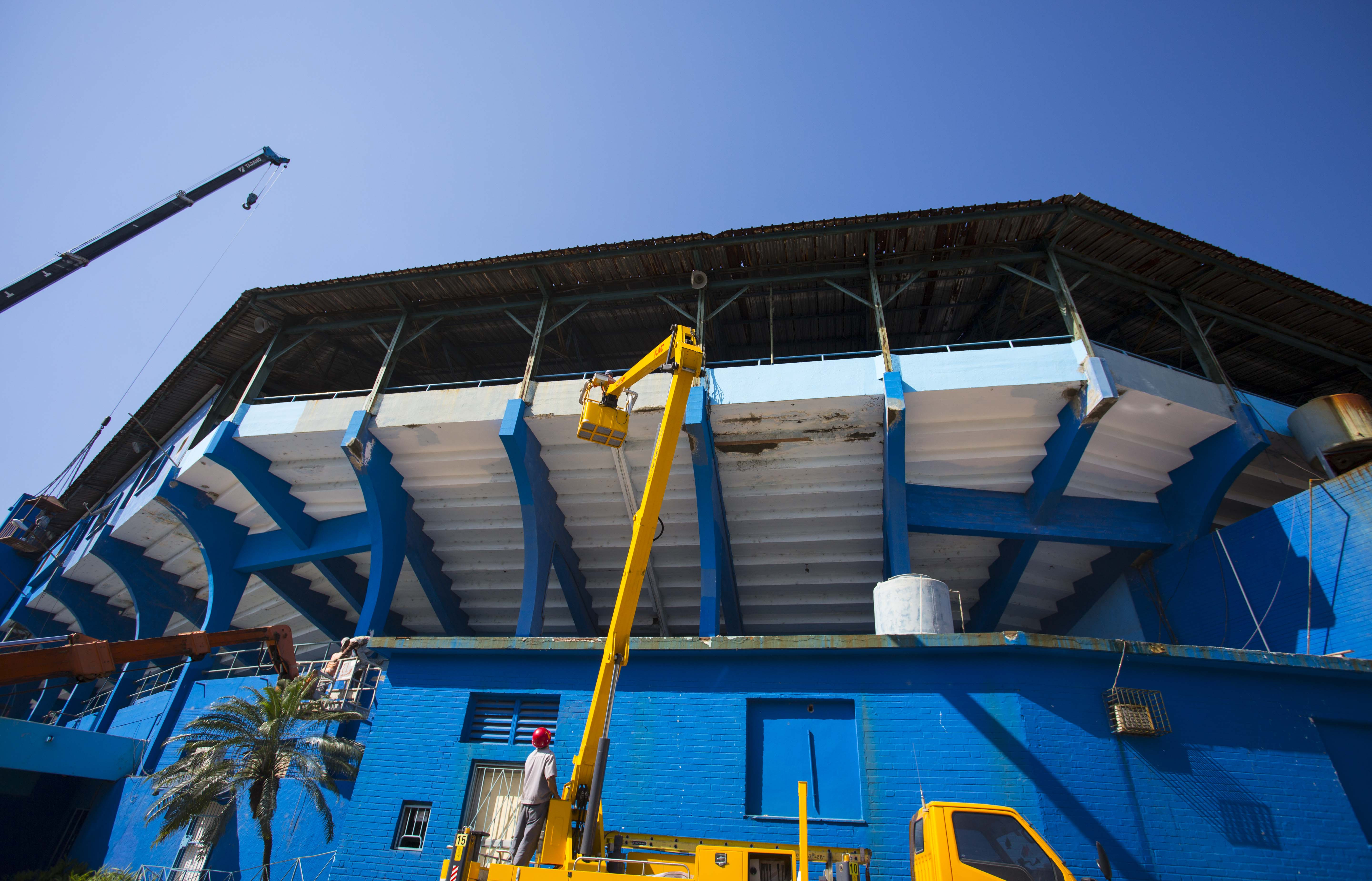
Monte de las Banderas
This display of 138 flags is a response to the U.S. Government housed in the adjacent Embassy. The symbolism is a reminder of the struggle of the Cubian people as they continue to fight as free men and women.
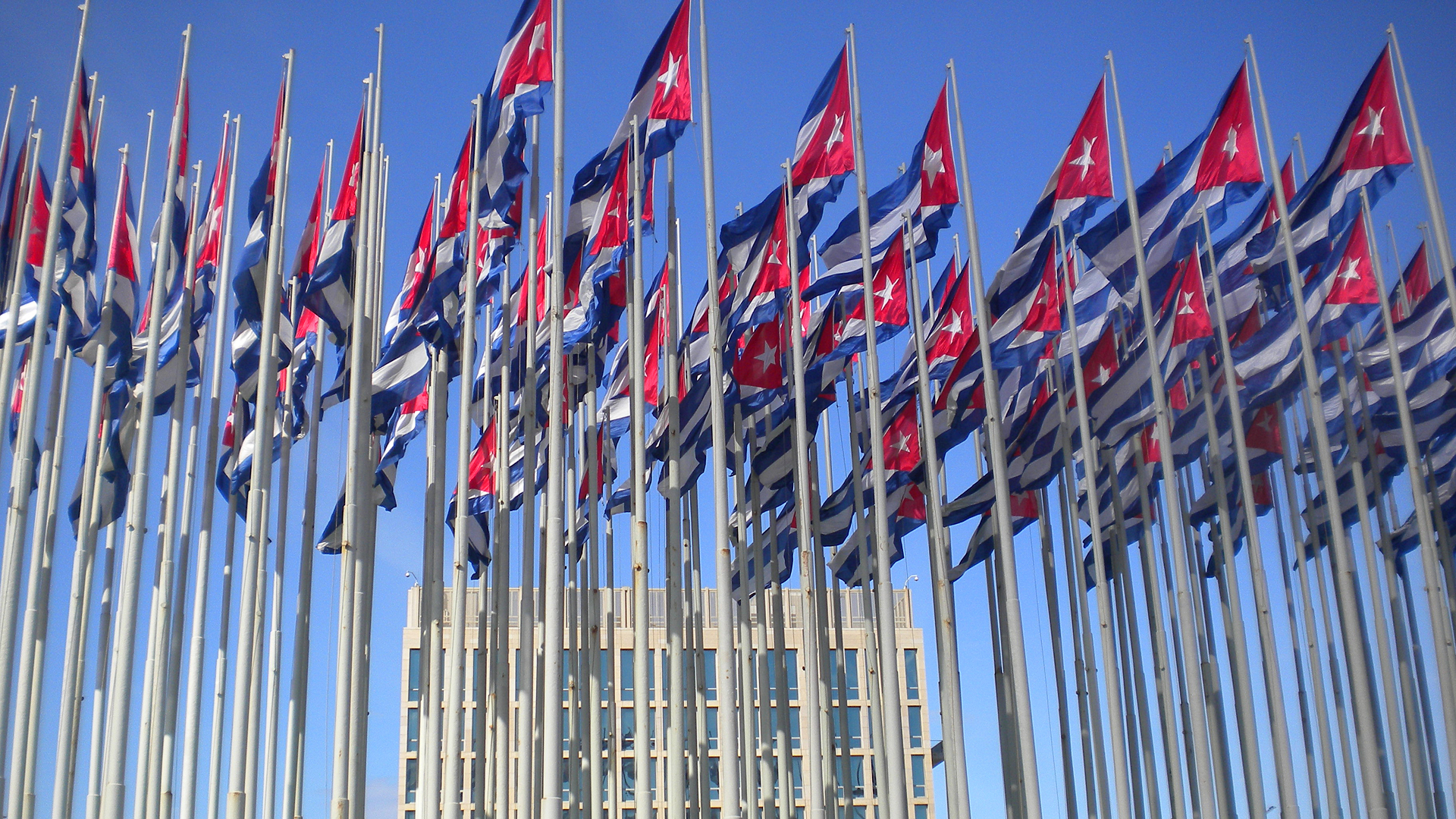


Monumento Maximo Gomez
Maximo Gomez was a war hero from the Dominican Republic who fought tirelessly for Cuban independence in both the 1868 and 1895 conflicts against the Spanish.
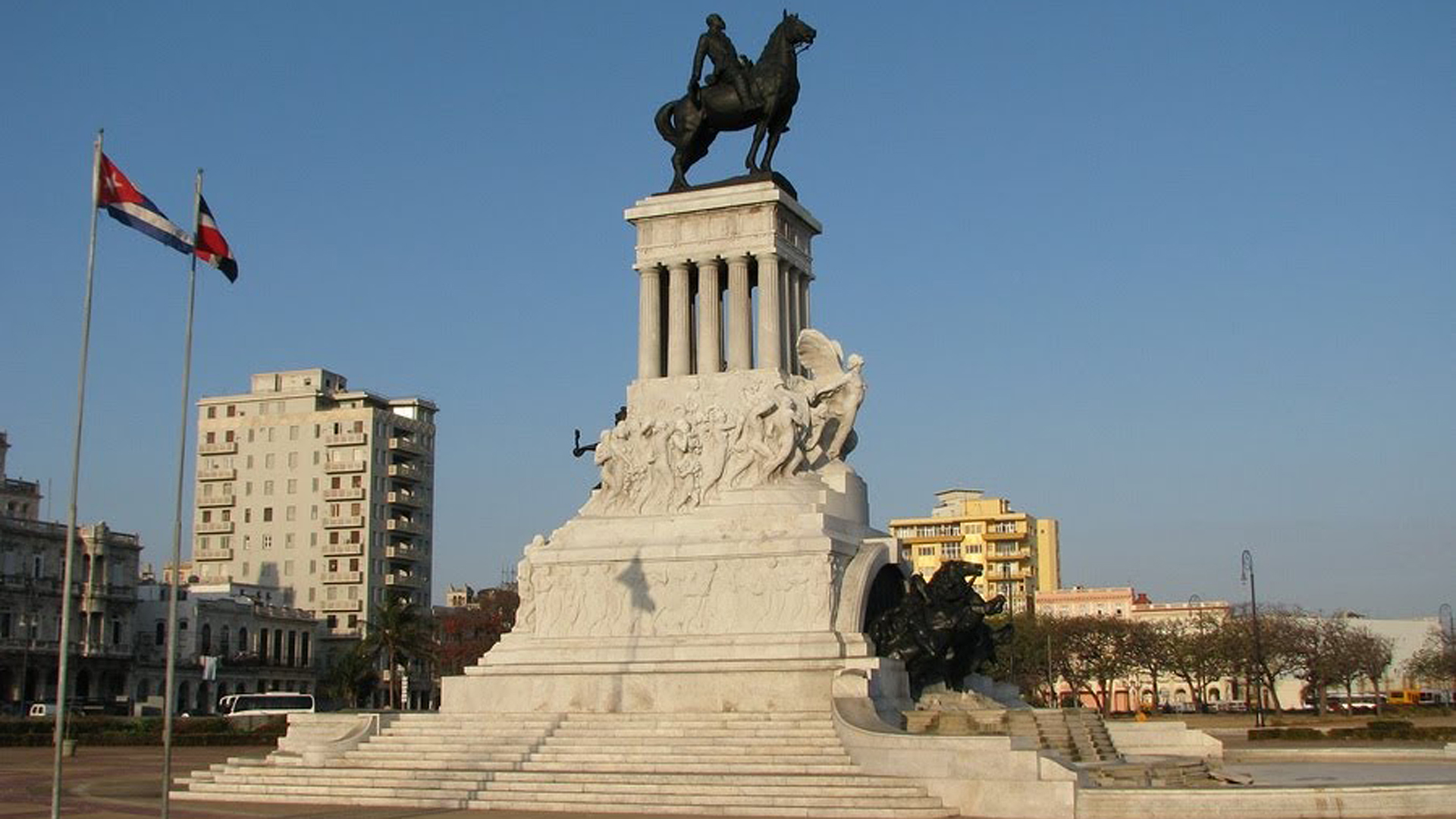
Monument to Jose Marti and the Memorial
Jose Marti was a national hero of Cuba. The 358 foot tall tower is in the form of a five-pointed star, encased in grey Cuban marble from the Isla de Pinos. A statue of Marti is located at the foot of the tower. Construction of the tower began in 1953 on the 100th anniversary of Jose Marti's birth.
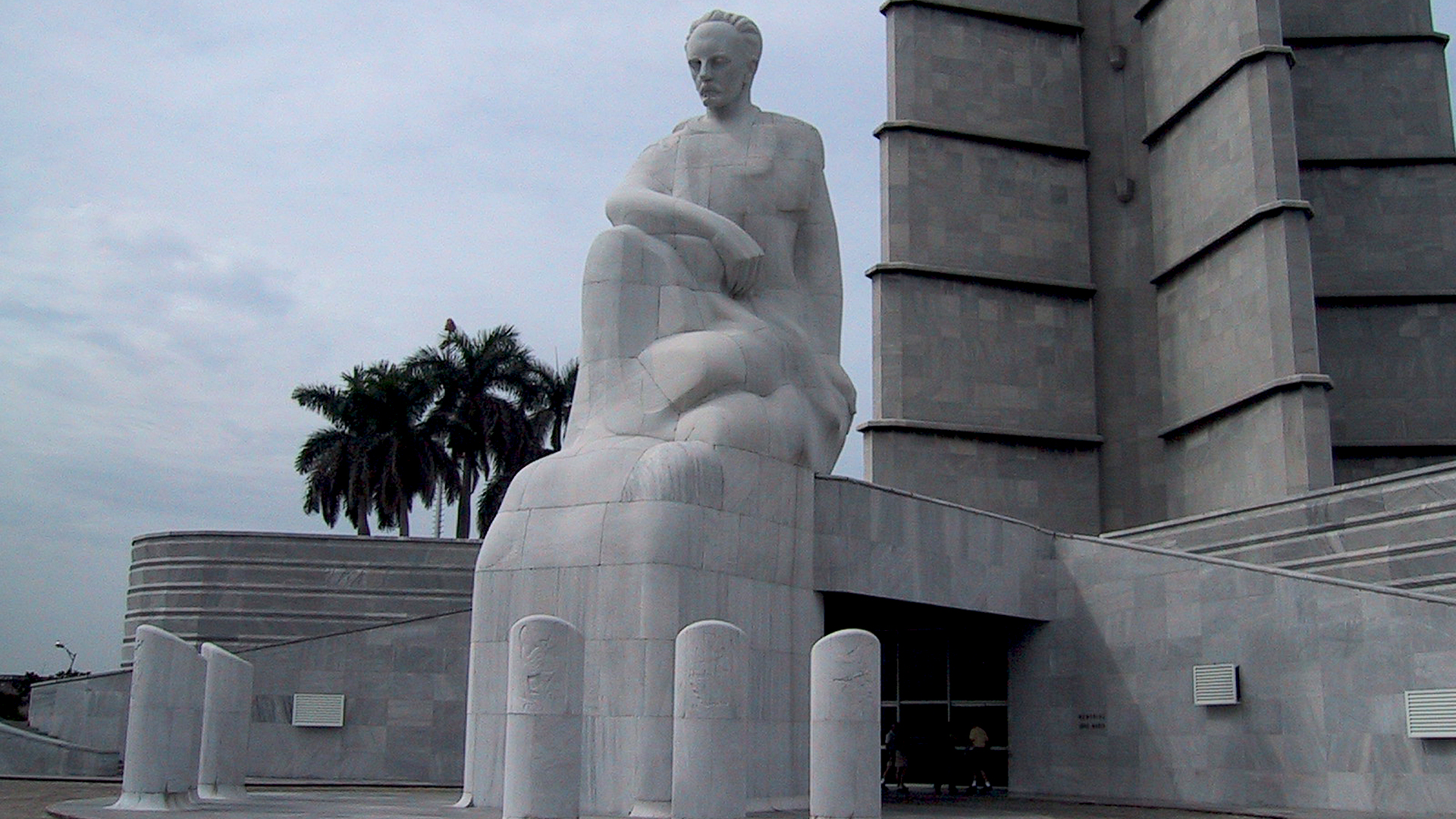

Monument to the Victims of the USS Maine
The sinking of the U.S. battleship Maine in Havana's harbor in 1898 was the immediate cause of the Spanish-American War.
The Monument was built in 1925 in the Vedado neighborhood of Havana, Cuba. It was built in honor of the American sailors that died in the explosion.
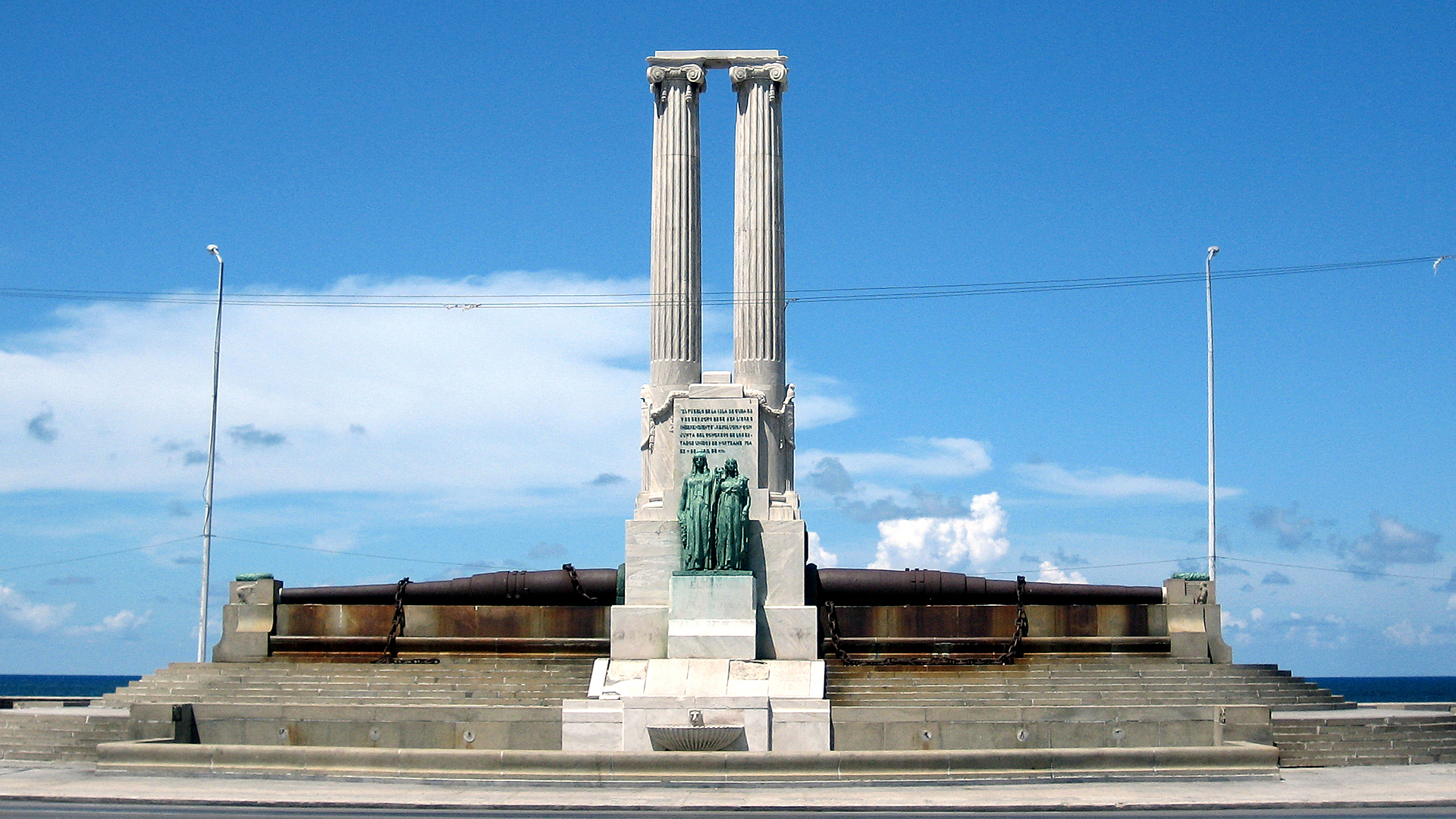
Plaza de San Francisco
Across the street from the ship terminal was Plaza de San Francisco. We stayed in this area for several hours.
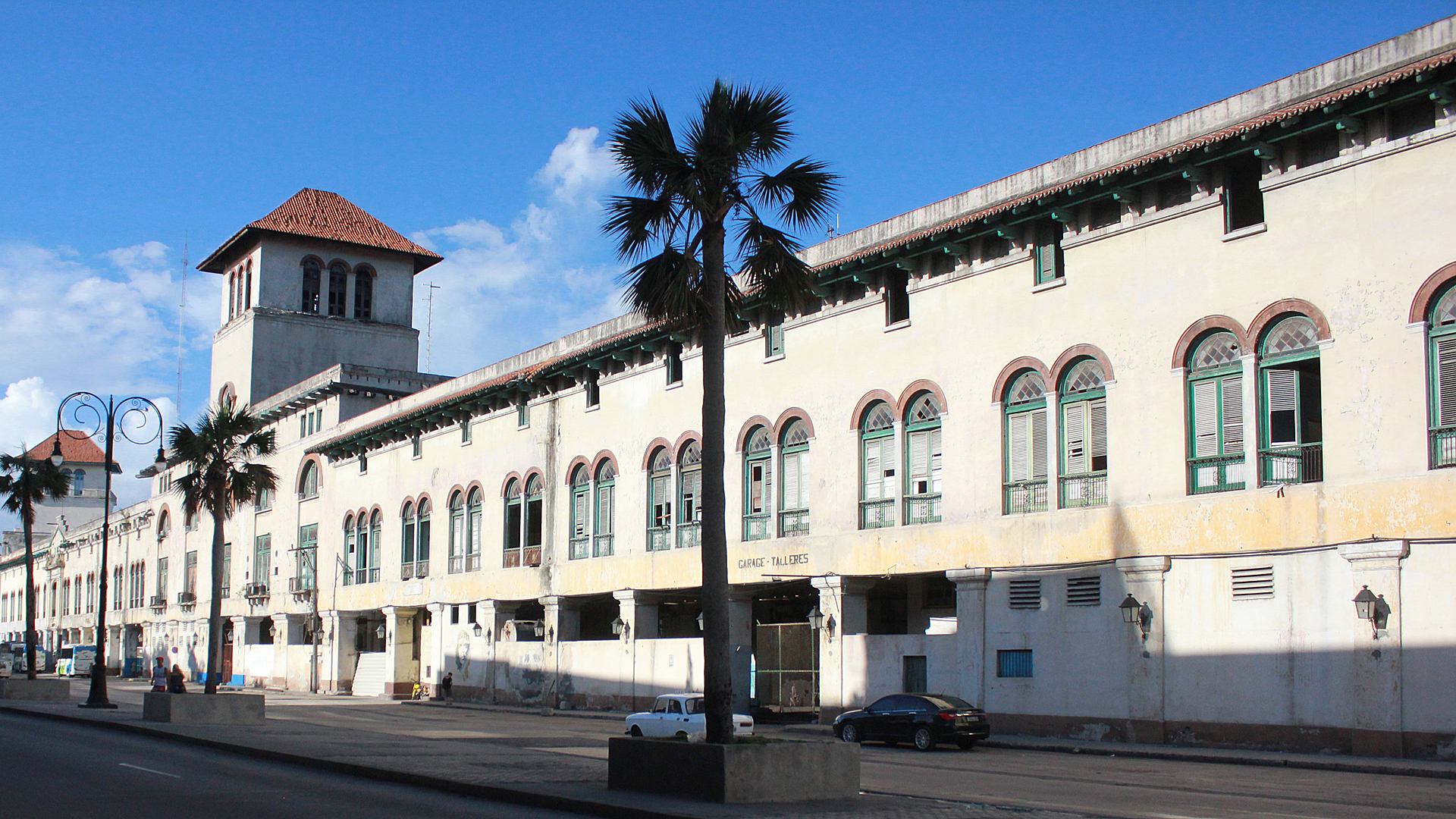
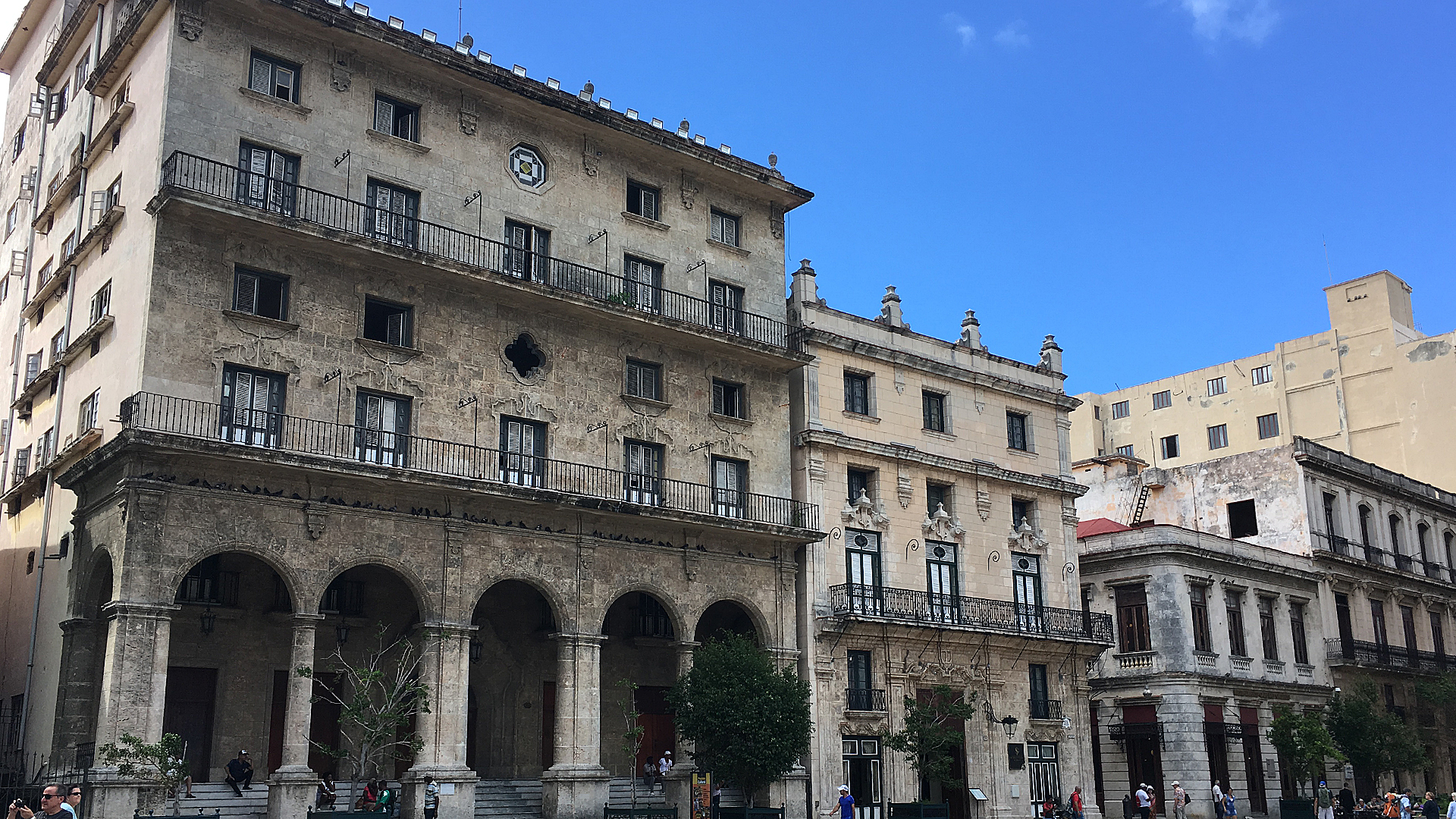
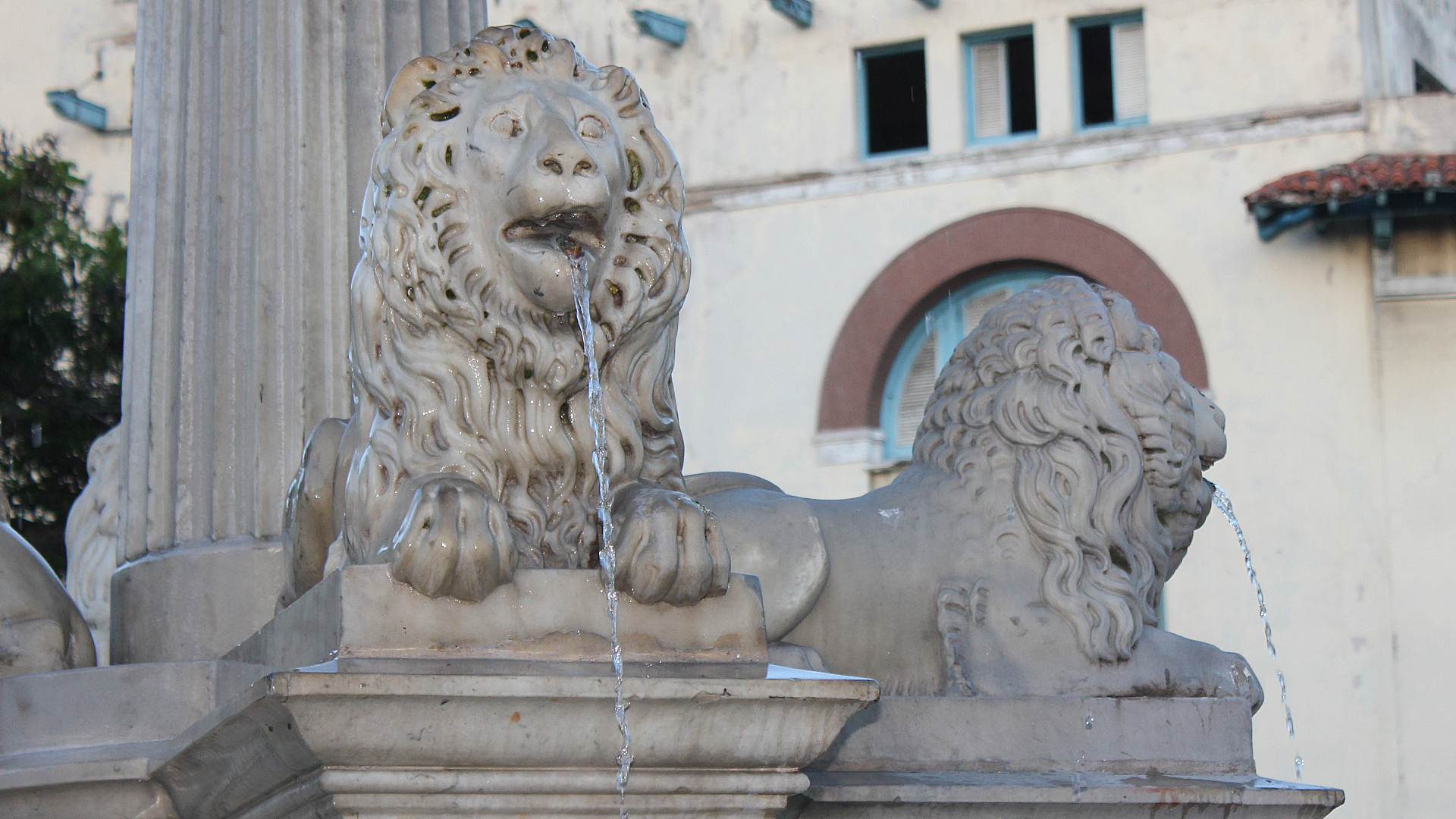
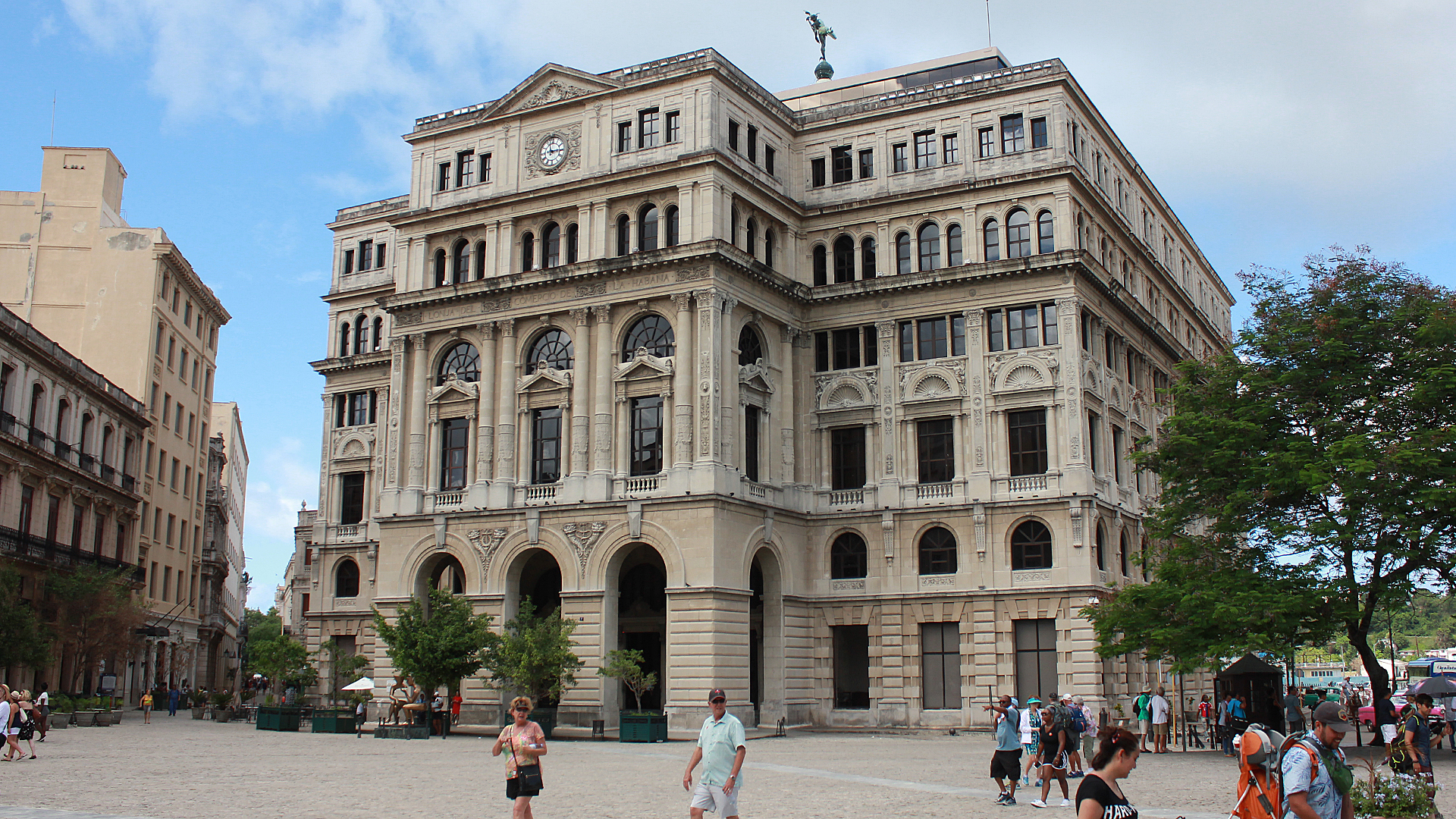
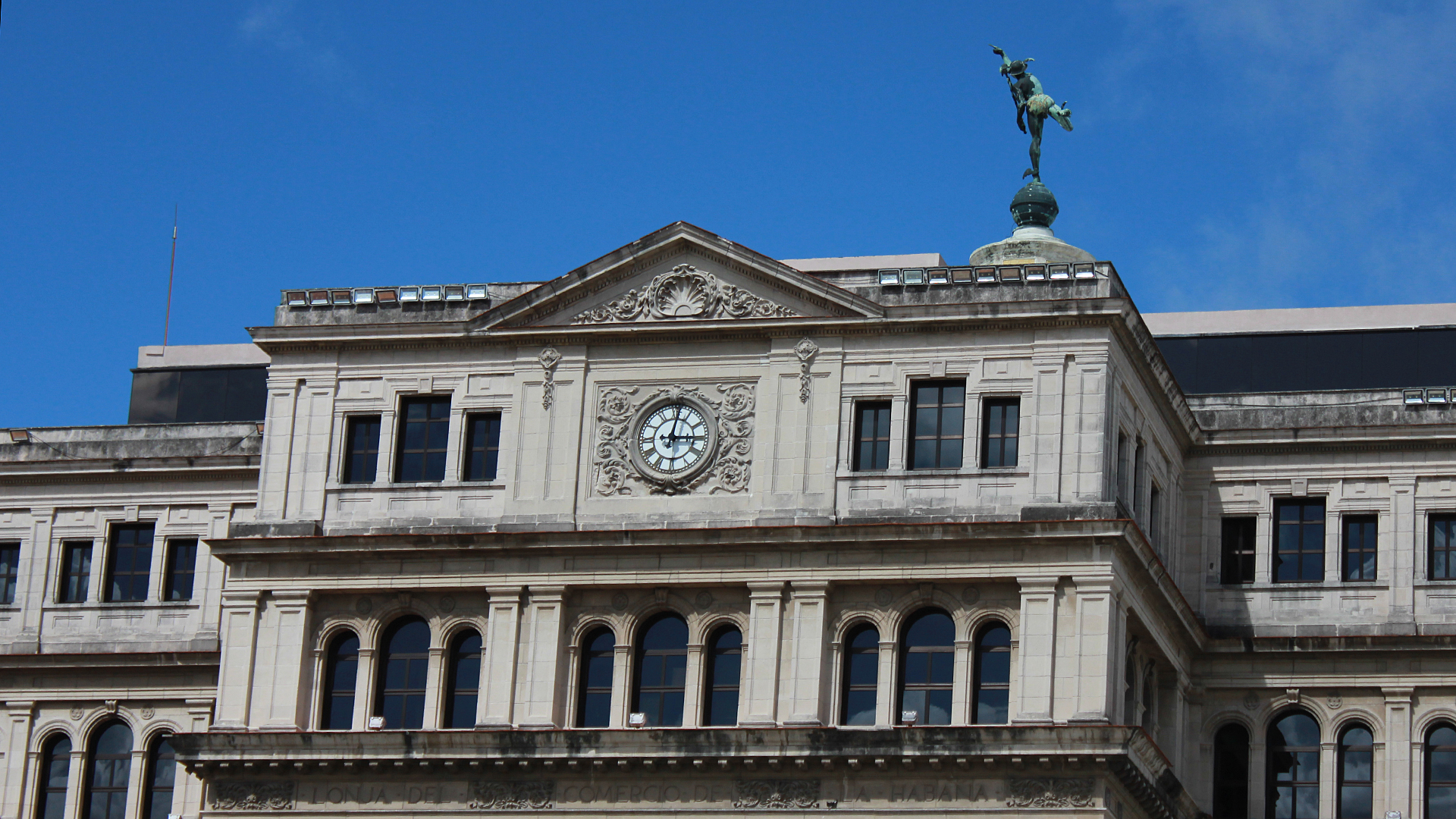
Old Square (Plaza Vieja)
This was a nice plaza but it was a fast trip.
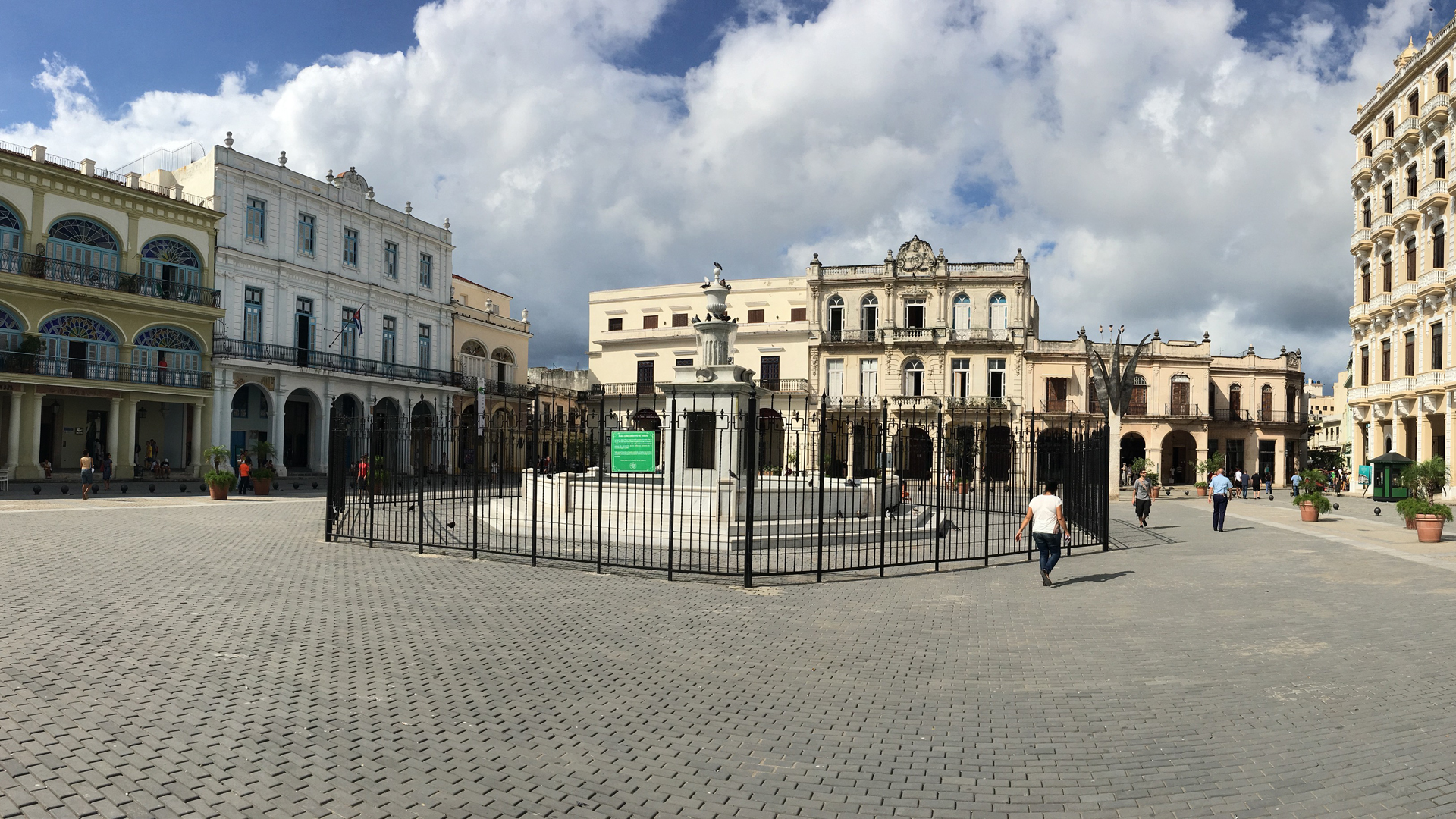
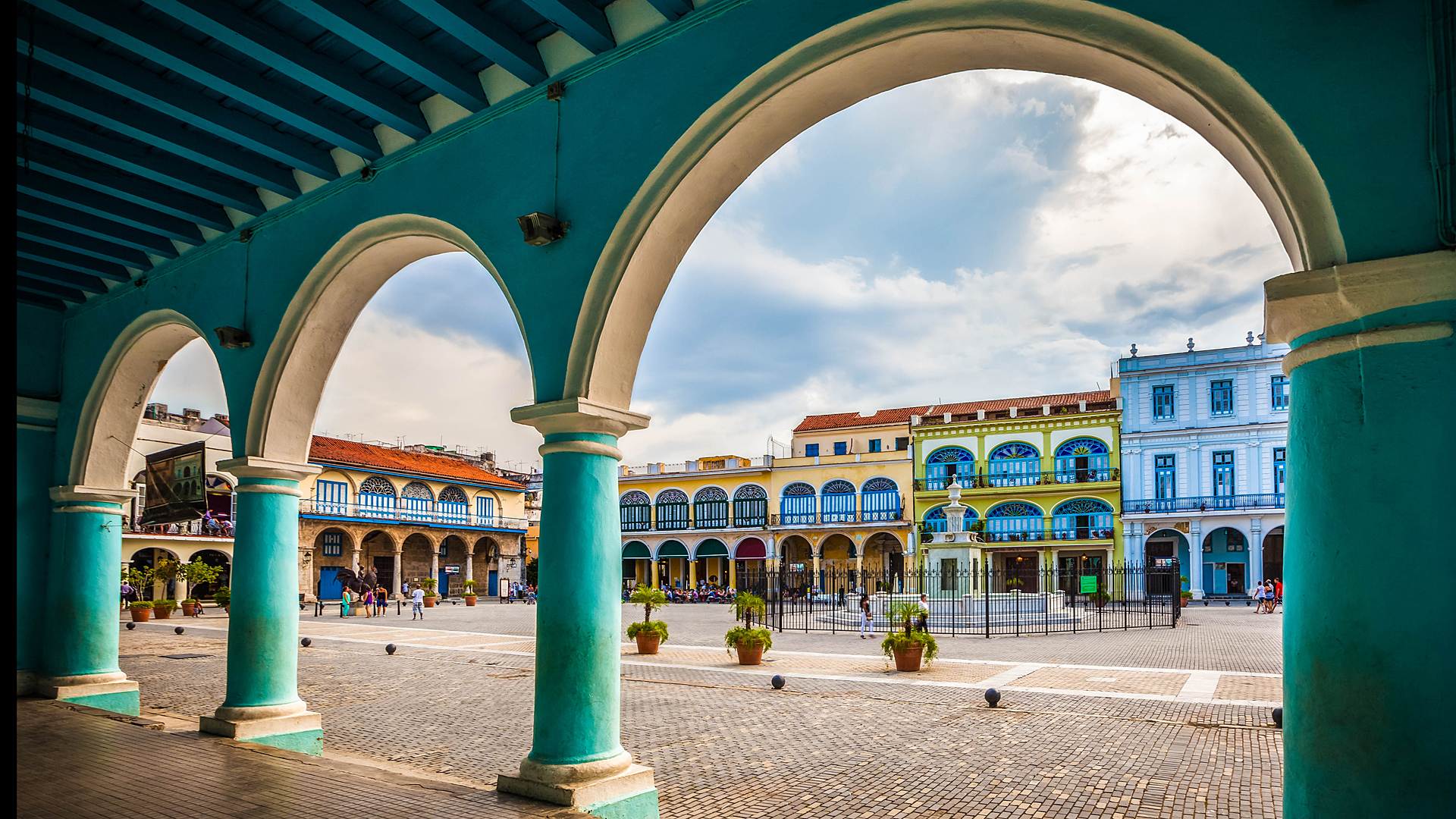
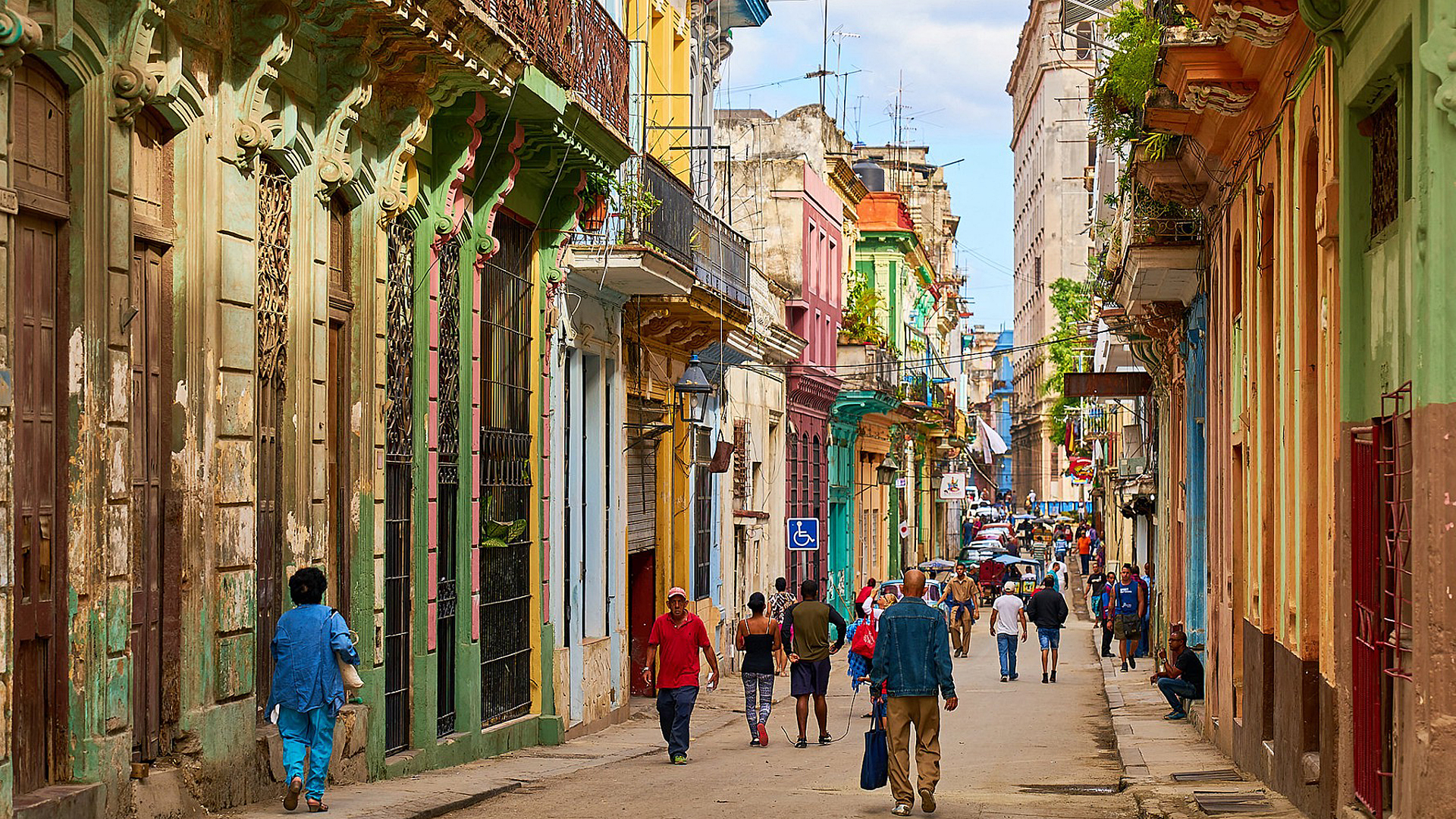

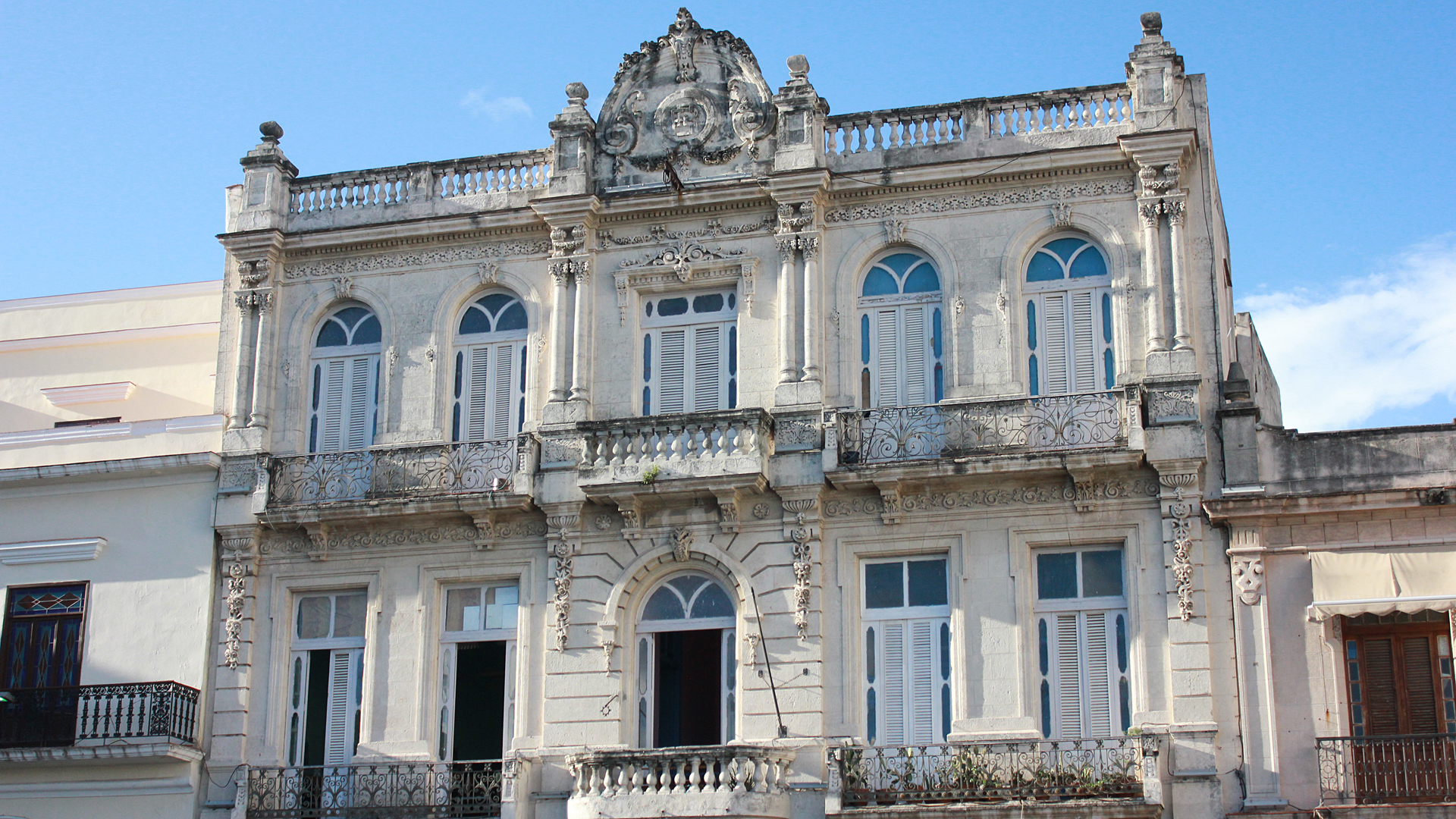
Plaza de la Revolucion
The square is where many political rallies take place. The Plaza is 31st largest city square in the world, measuring almost 18 acres in size.
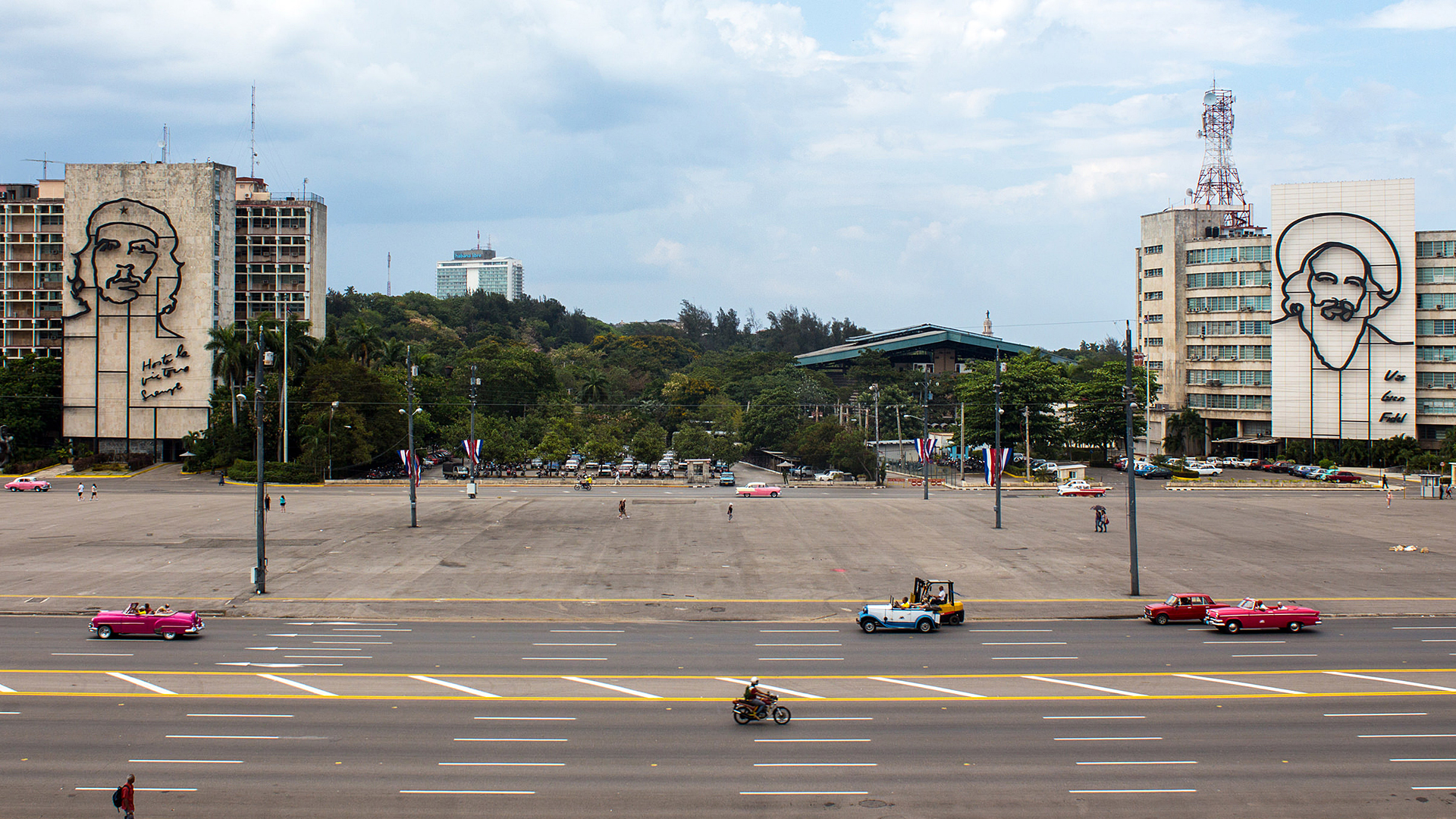
On the Ministry of Informatics and Communications Building is a steel outline of Camilo Cienfuegos a National Hero.
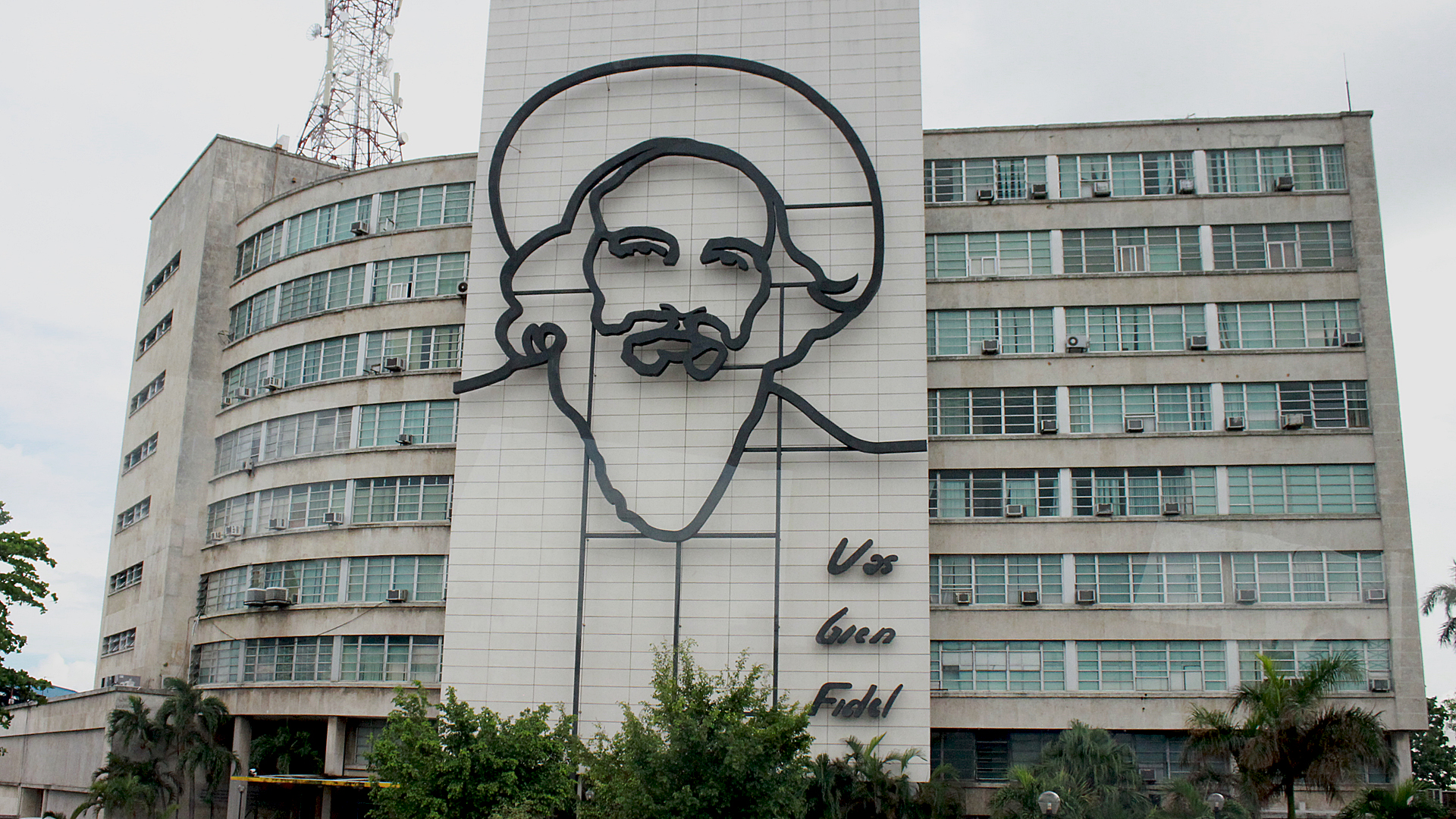
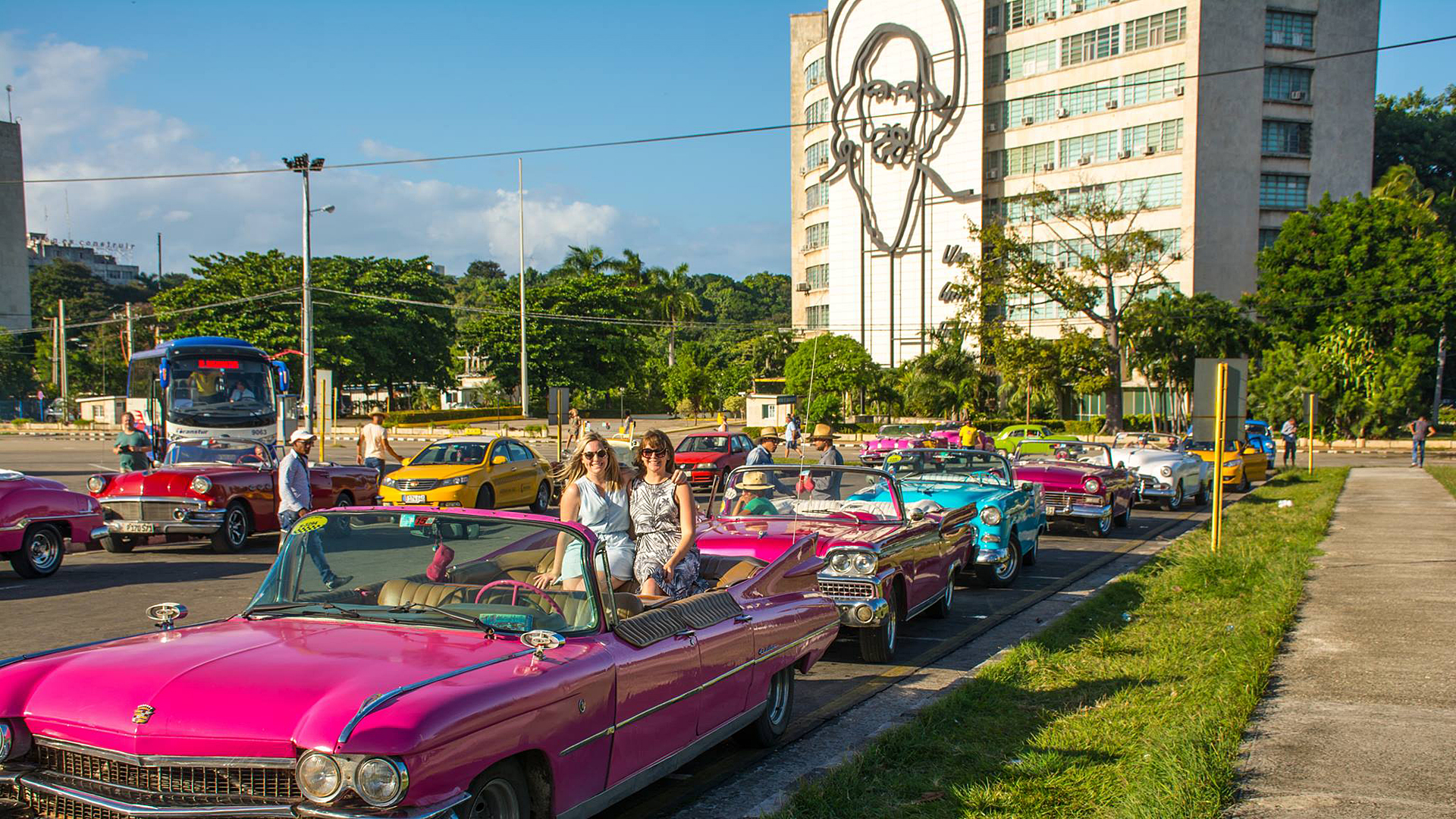
On the Ministry of Interior building is a steel outline of Che Guevara a National Hero.
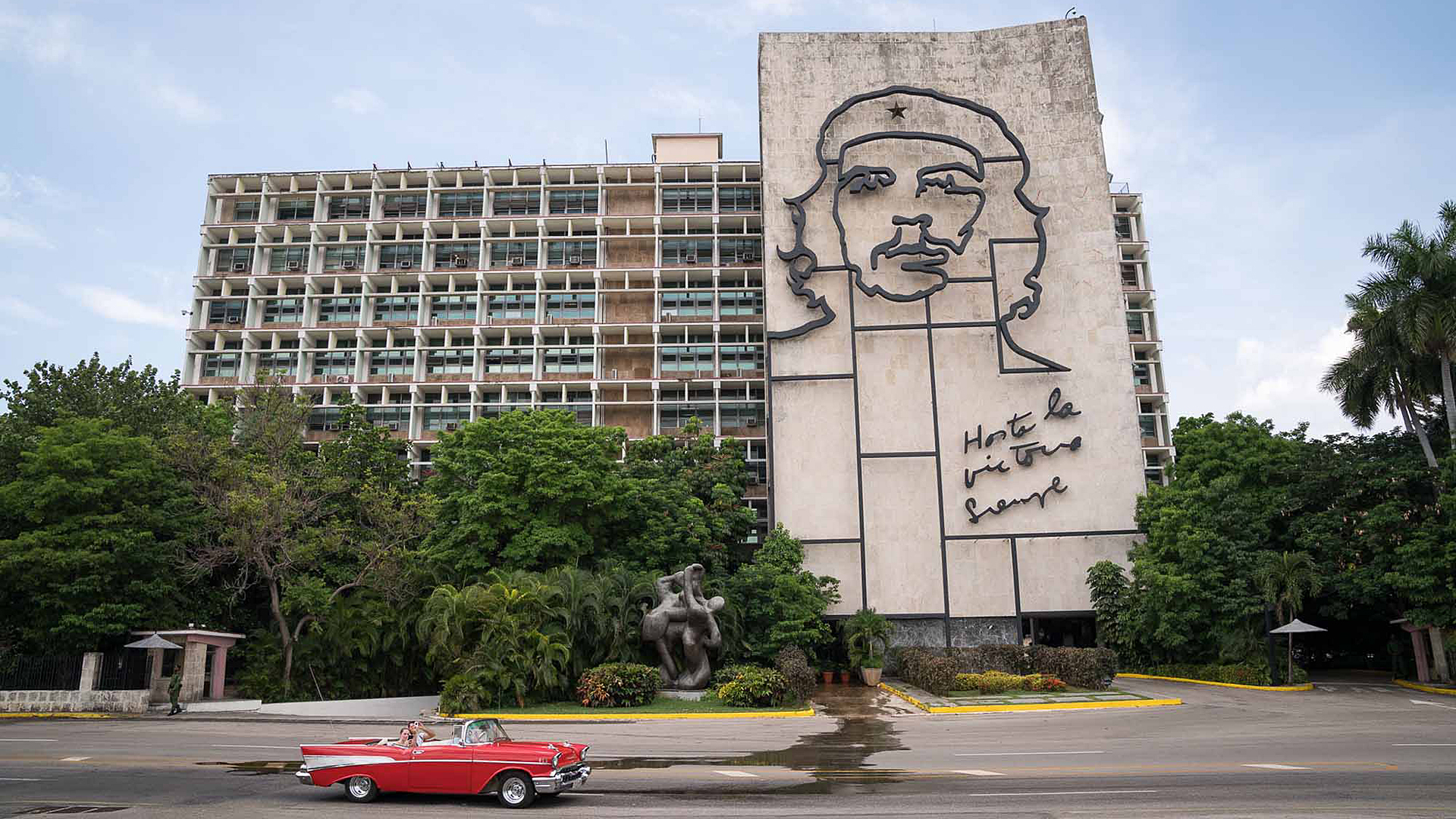
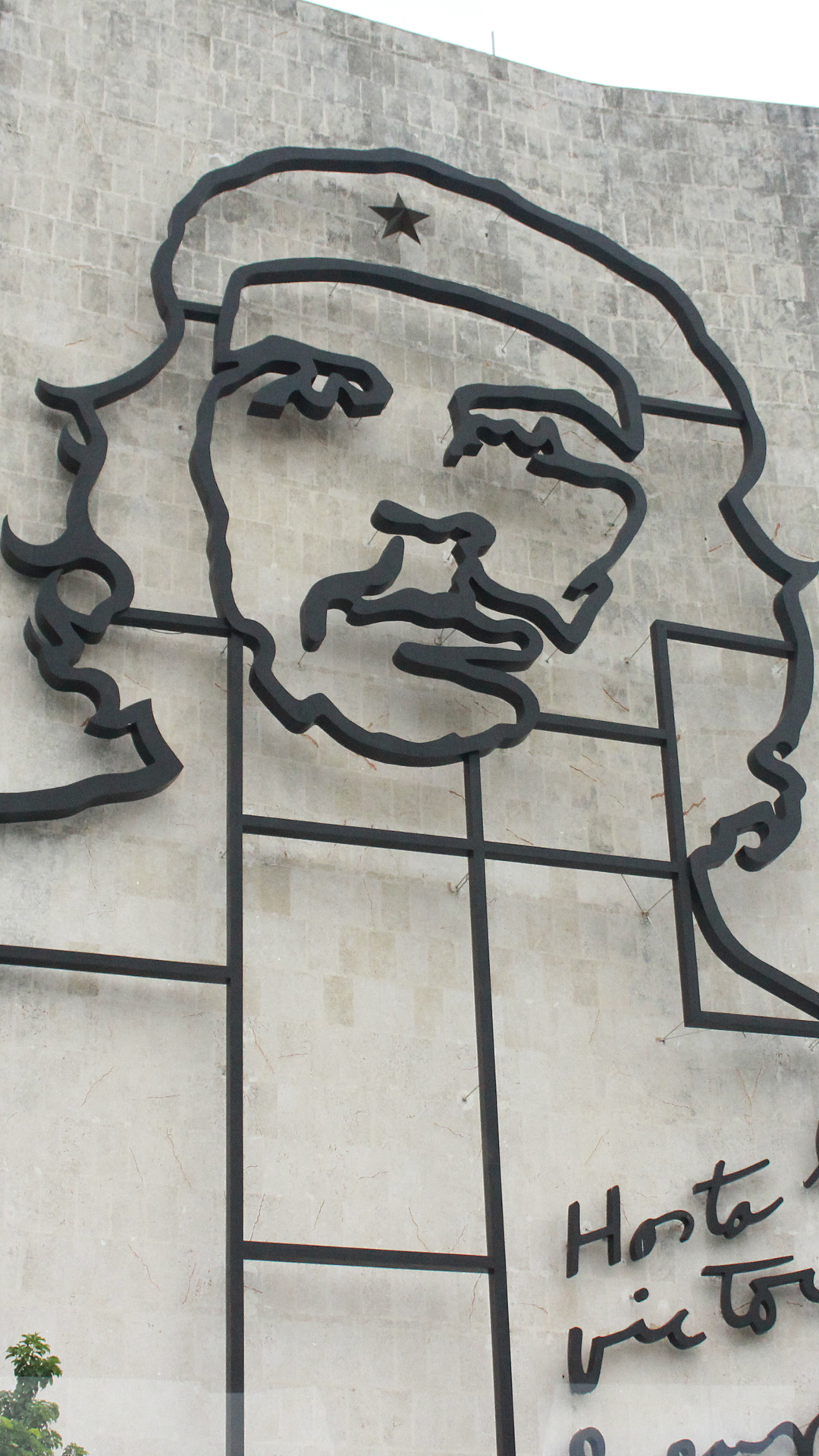
Neptune Statue
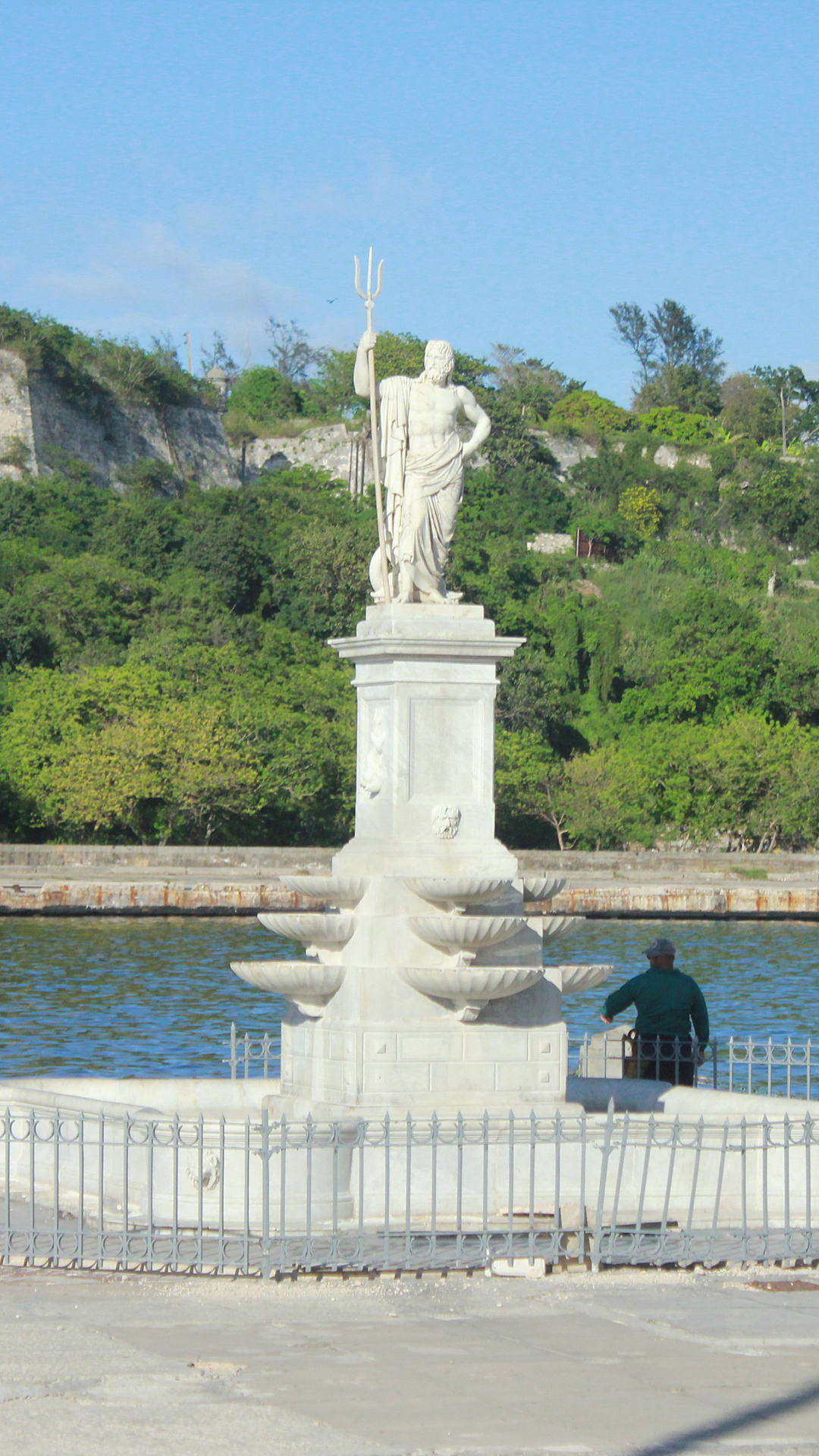
United States of America Embassy in Cuba
The building housed the United States Interests Section in Havana between 1977 and 2015, which operated under the auspices of the Swiss Embassy (acting as protecting power). On July 1, 2015 it was announced that the resumption of diplomatic ties would resume at the U.S. Embassy in Cuba on July 20, 2015.
In August 2017, reports began surfacing that Americans posted at the embassy had been subjected to health-related incidents, dating back to late 2016. Two dozen employees of the State Department reported experiencing what were referred to as "health attacks". The State Department determined that the health problems may have been the result of an attack or else exposure to an as-yet-unknown device, and did not believe the Cuban government is responsible. Affected individuals described mild brain damage similar to a concussion and symptoms such as temporary or permanent hearing loss, memory loss, and nausea. Speculation has centered around a sonic or ultrasonic weapon, however the scientific consensus is that the use of a sonic weapon is implausible. Dr. Timothy Leighton has said "If you're talking about a ray-gun rifle knocking out someone with ultrasound they can't hear at a hundred meters -- that's not going to happen".
The United States expelled two Cuban diplomats in response to the attacks; the Cuban government offered to cooperate with the US in an investigation of the incidents. In September, the US State Department stated that it was removing non-emergency staff from the US embassy, and warned US citizens not to travel to Cuba. In October 2017, the Associated Press released what it claimed was a recording of the sound some embassy workers heard during the attacks. However, senior neurologists consulted by The Guardian suggested that the health incidents were probably psychosomatic complaints, of the kind commonly known as mass hysteria.
So we were in Havana with no one in the U.S. Embassy to help us if we had a problem. Definitely caused us to be anxious, but it turned out to be unfounded.

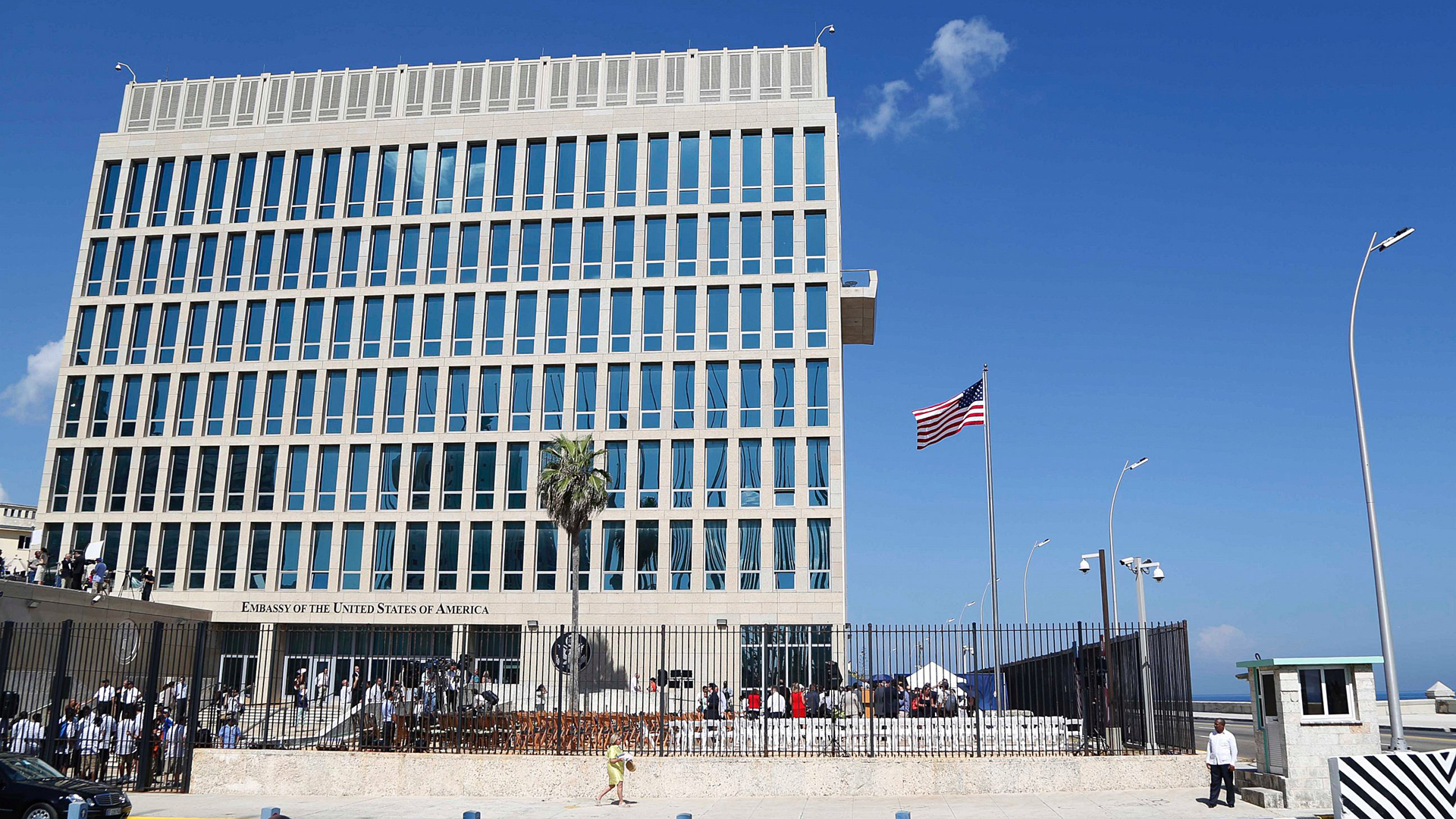
The country is poised on the brink of massive change, with a new regime likely to emerge after the election January 18, 2018. The challenge of two decades of limited monitary resources have resulted in disrepair of many homes and businesses.
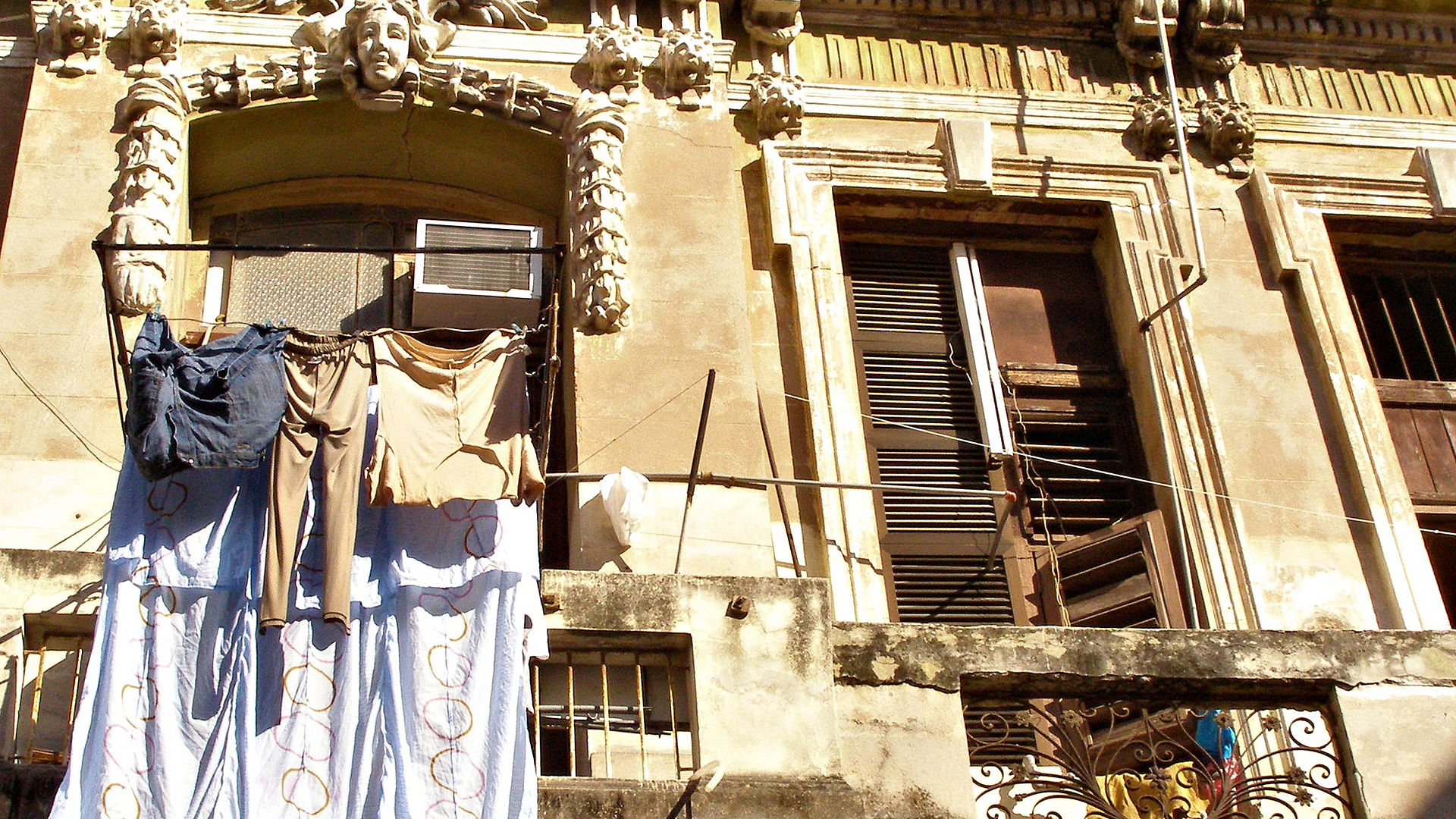
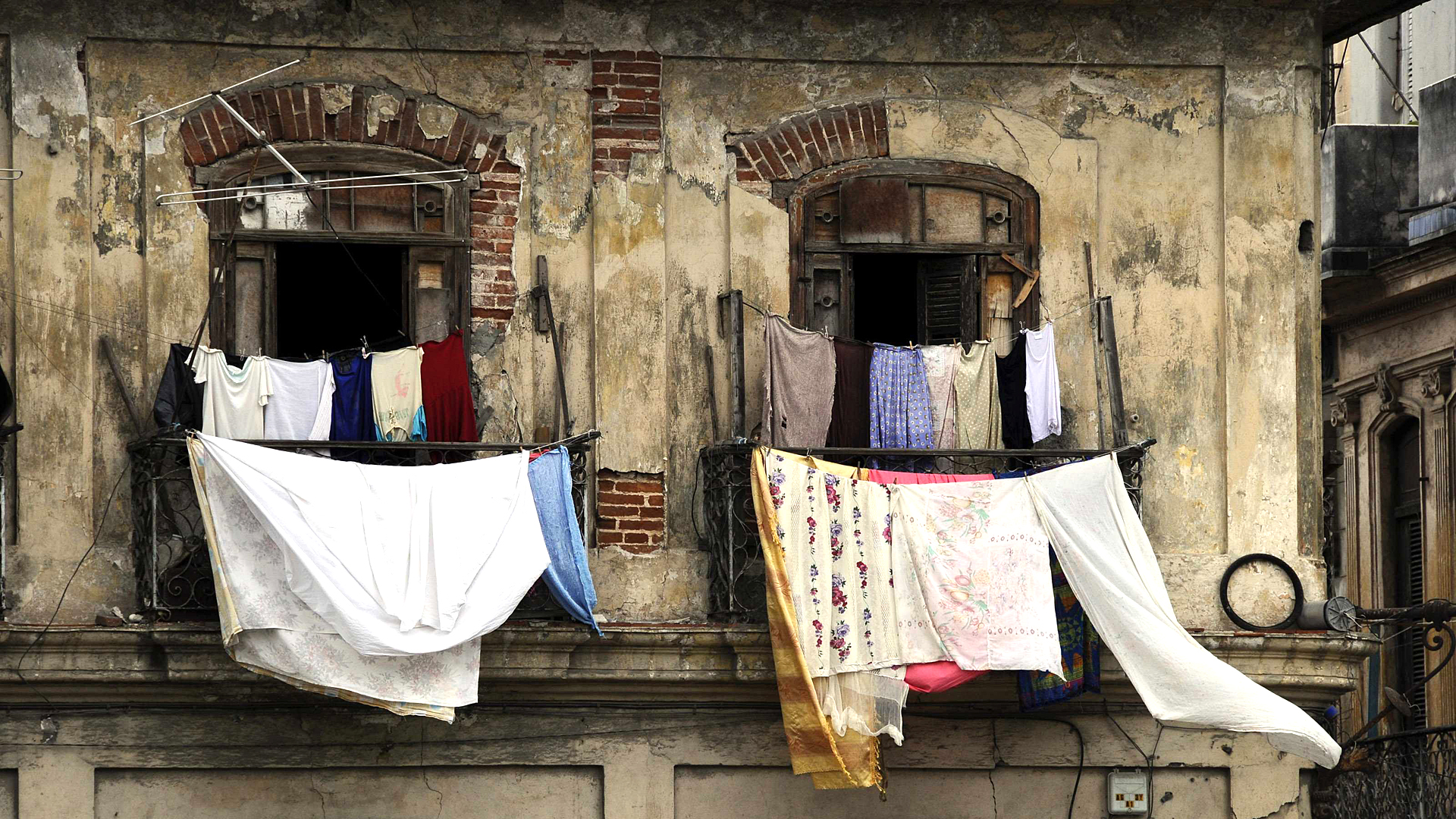
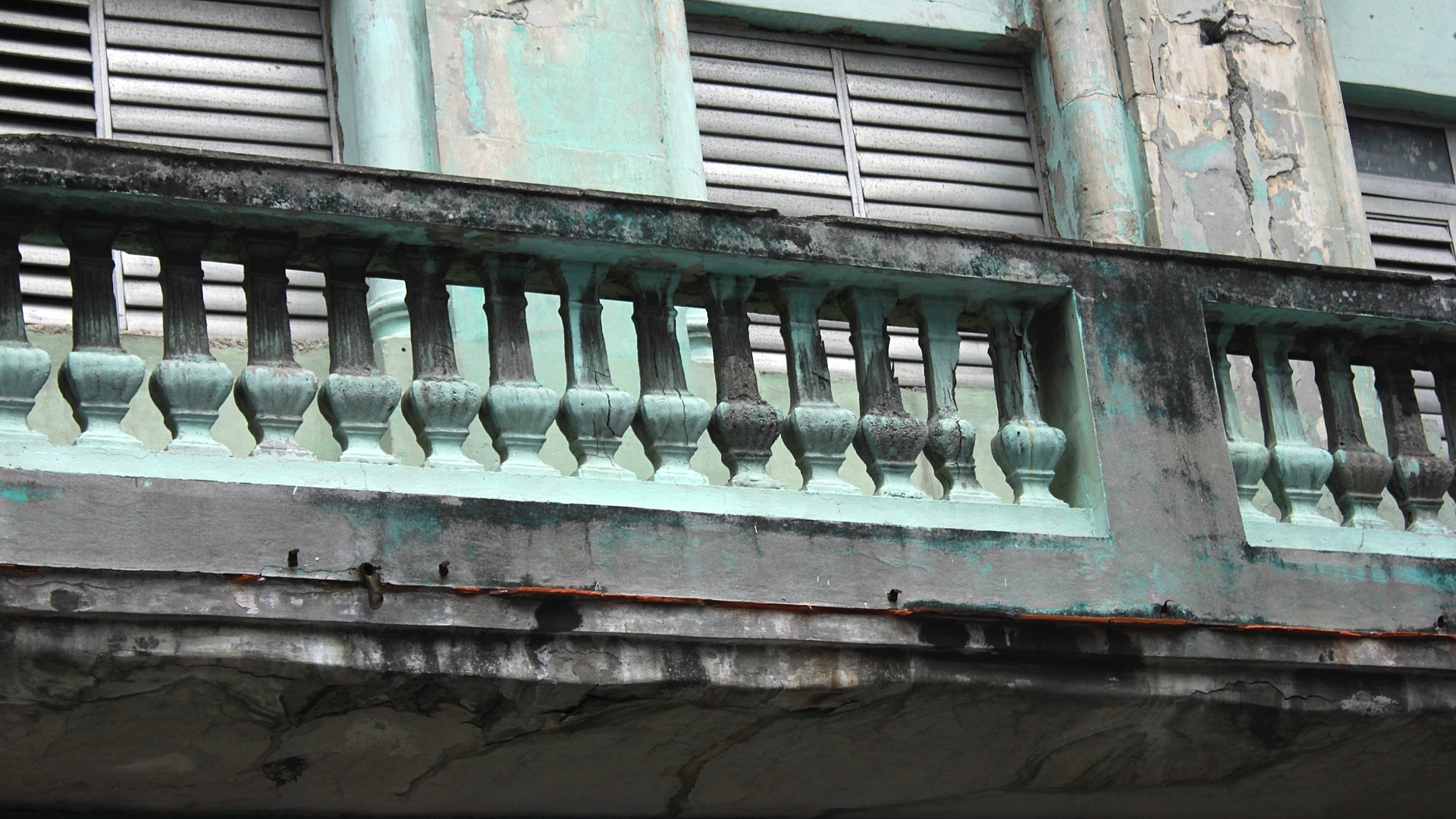
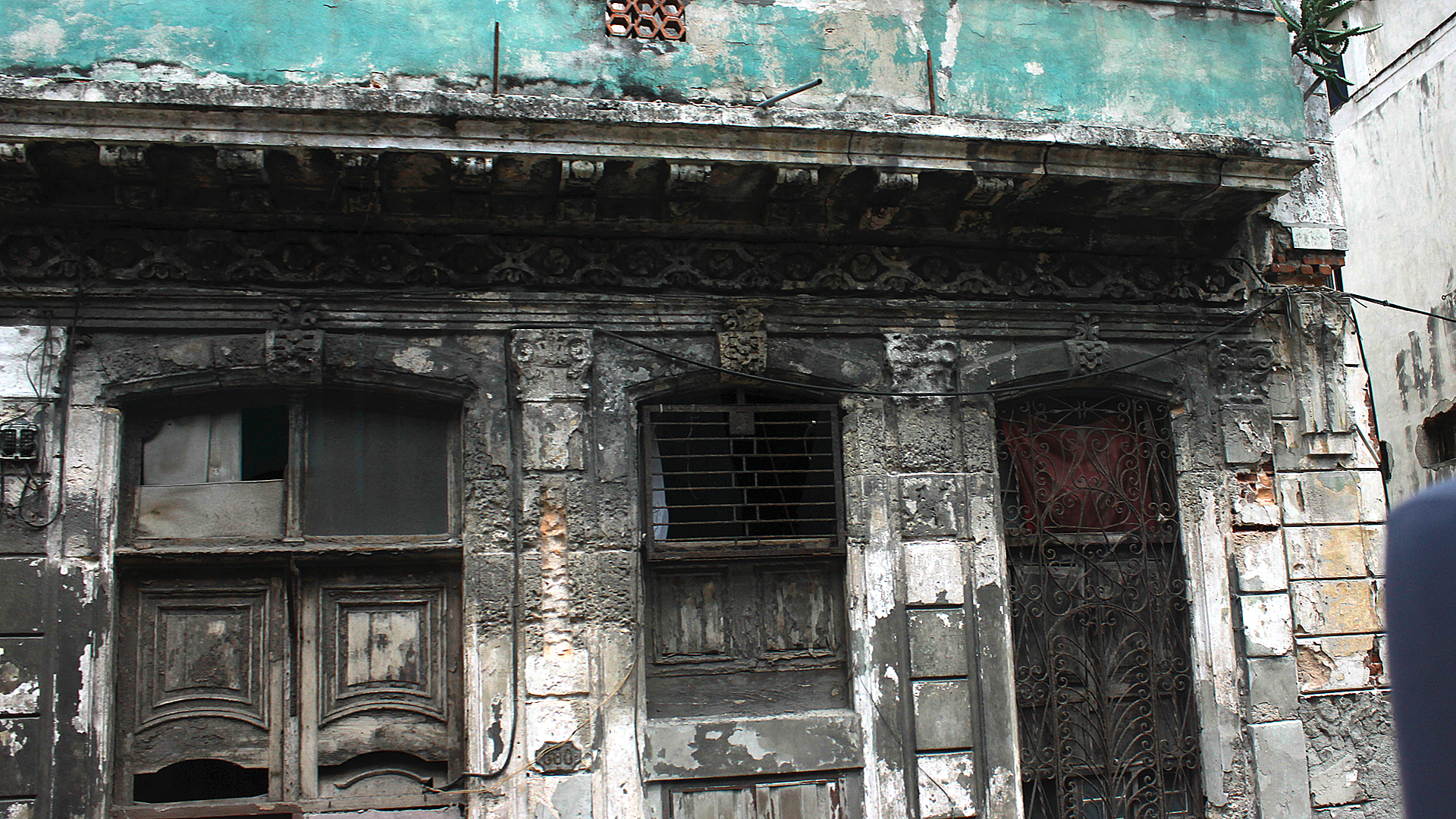
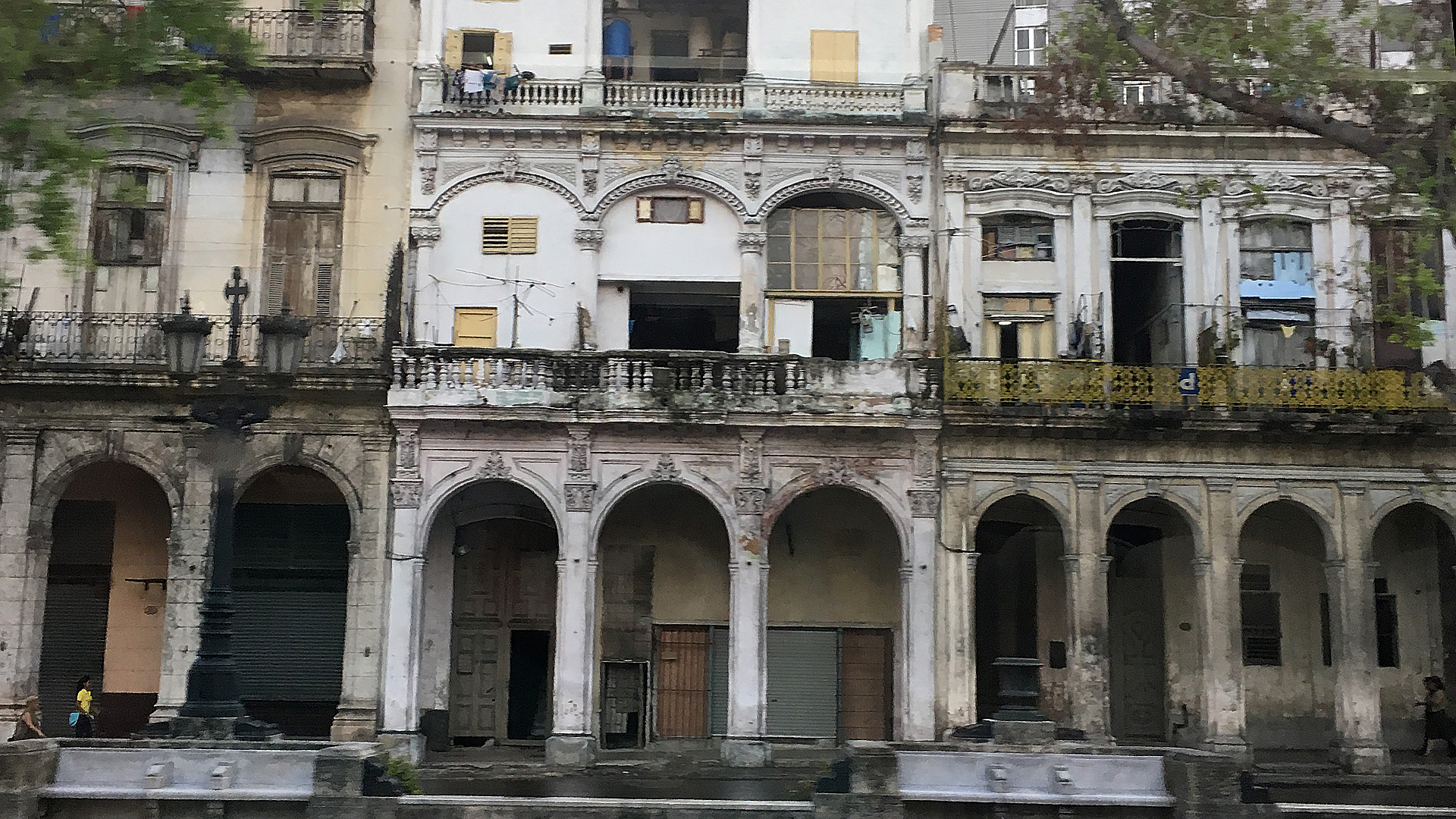
Lanee had three things at the top of her list for Havana Cuba.
The Cars of Cuba
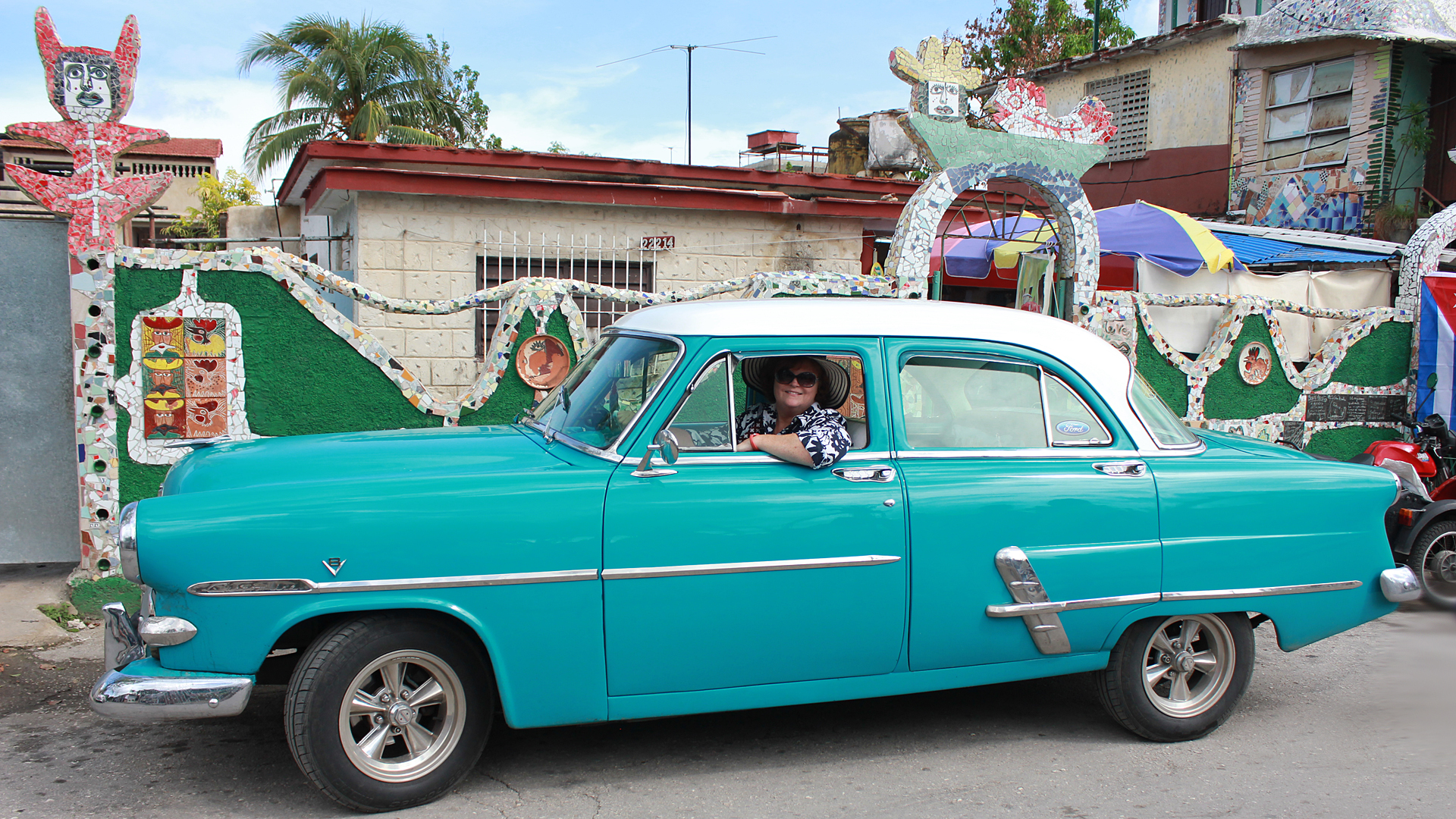
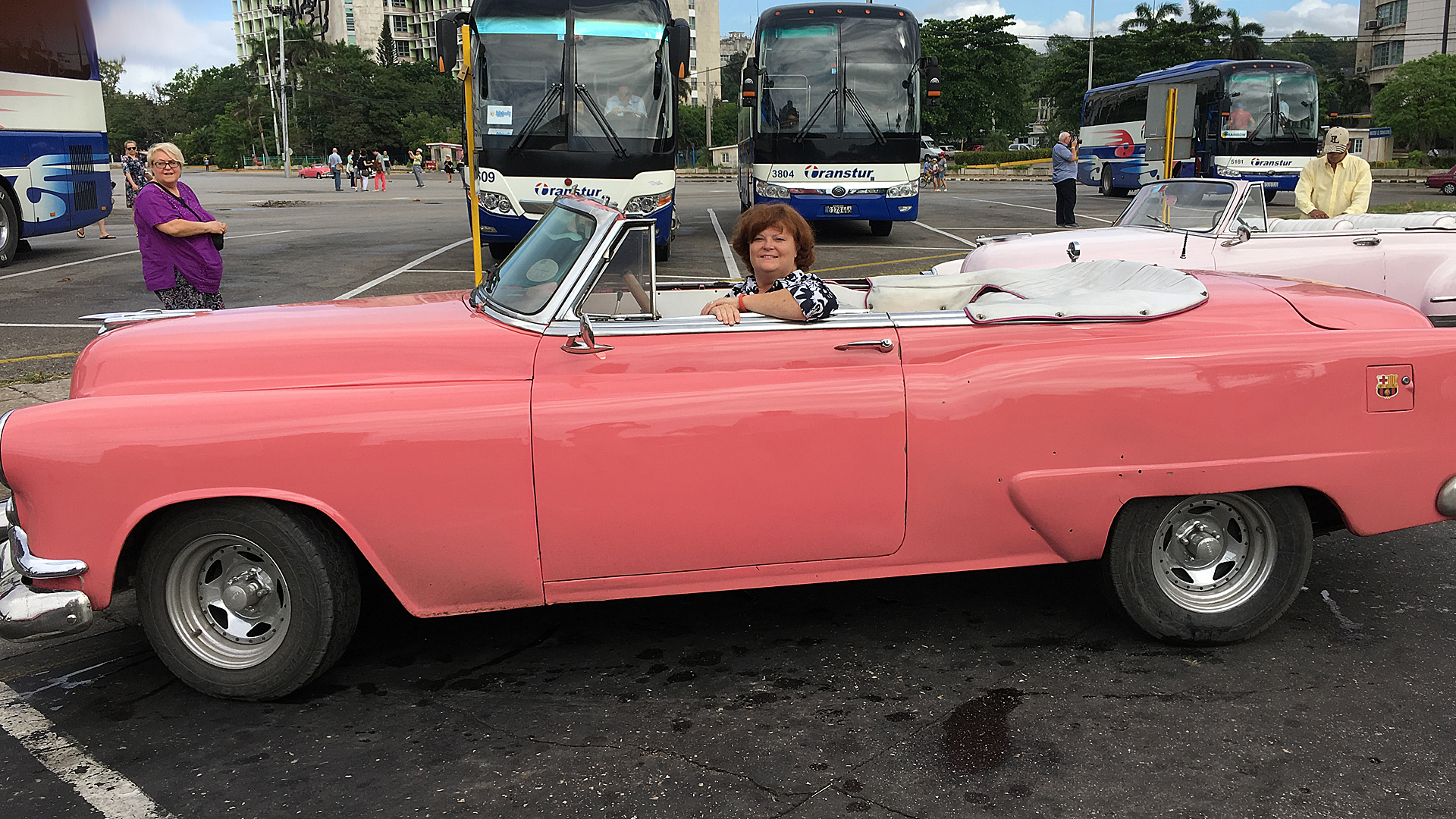
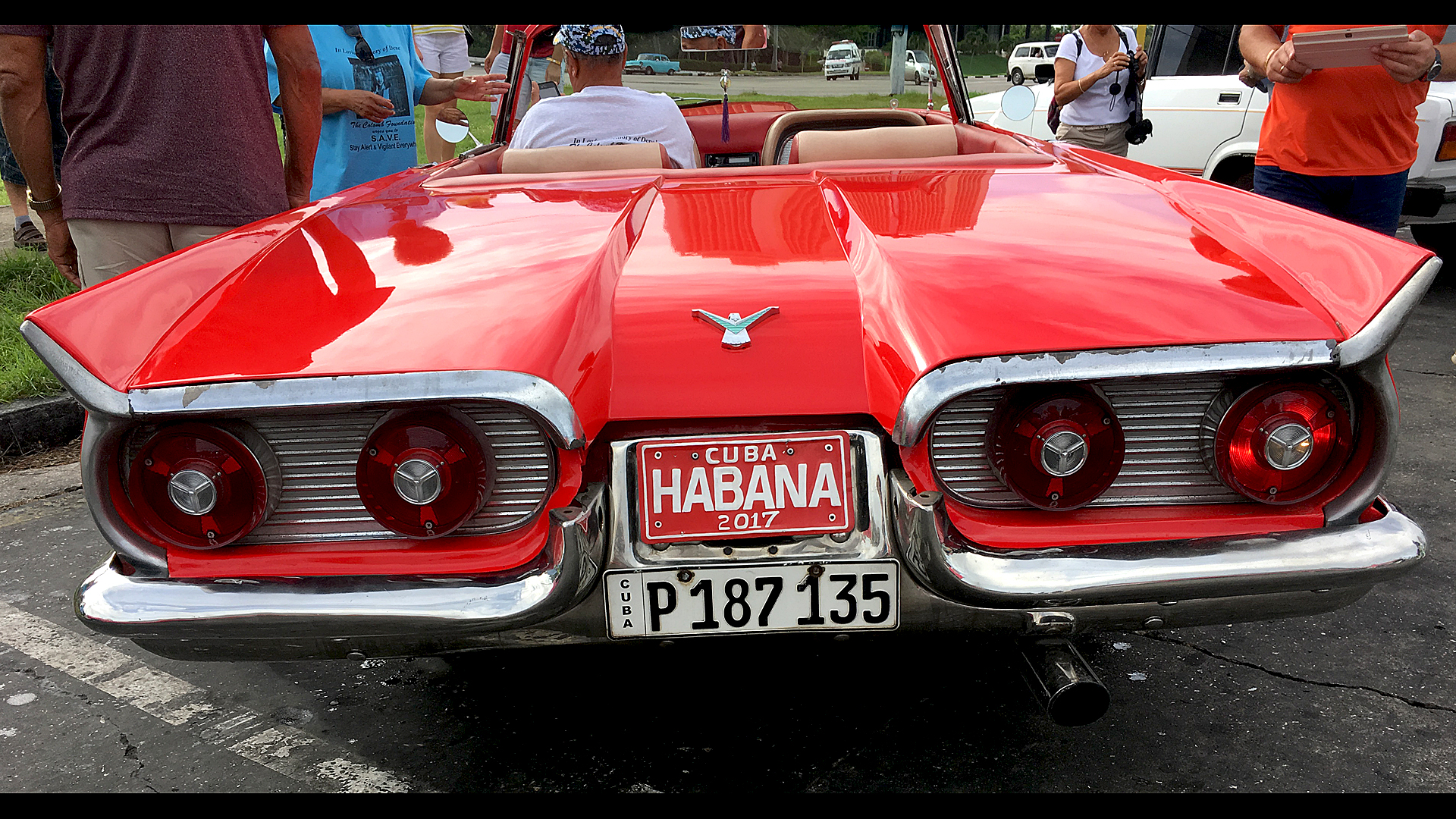
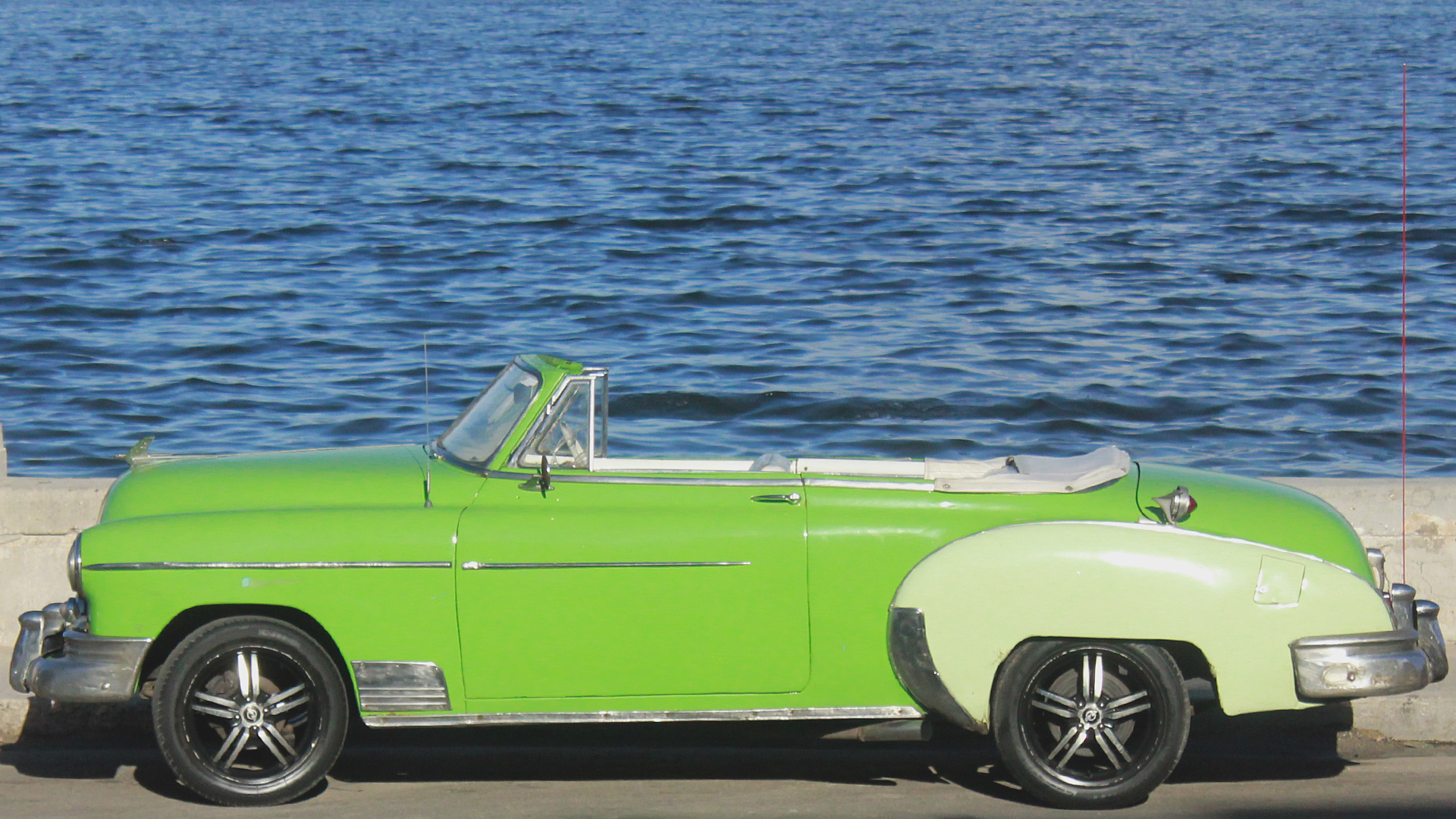
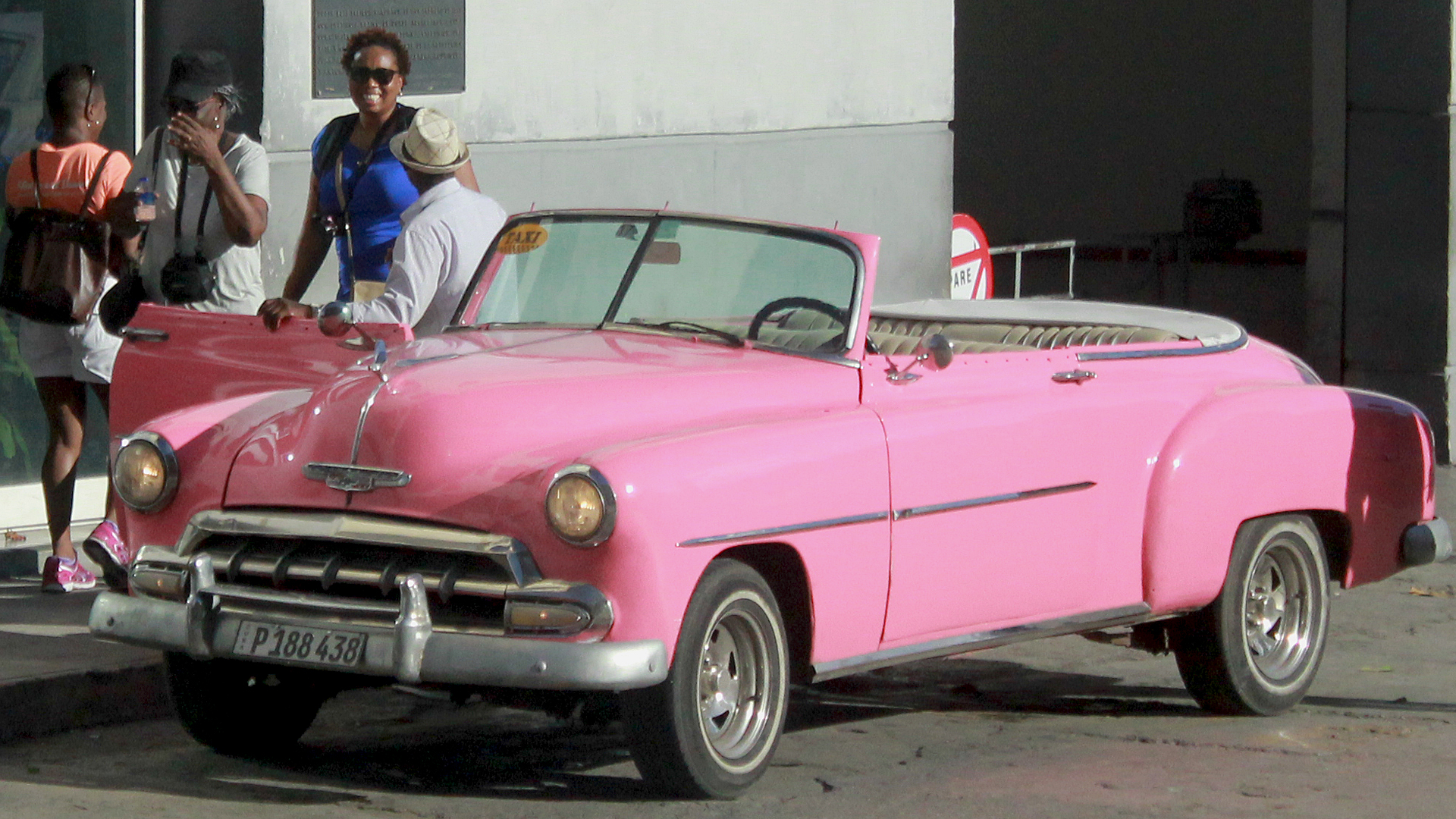
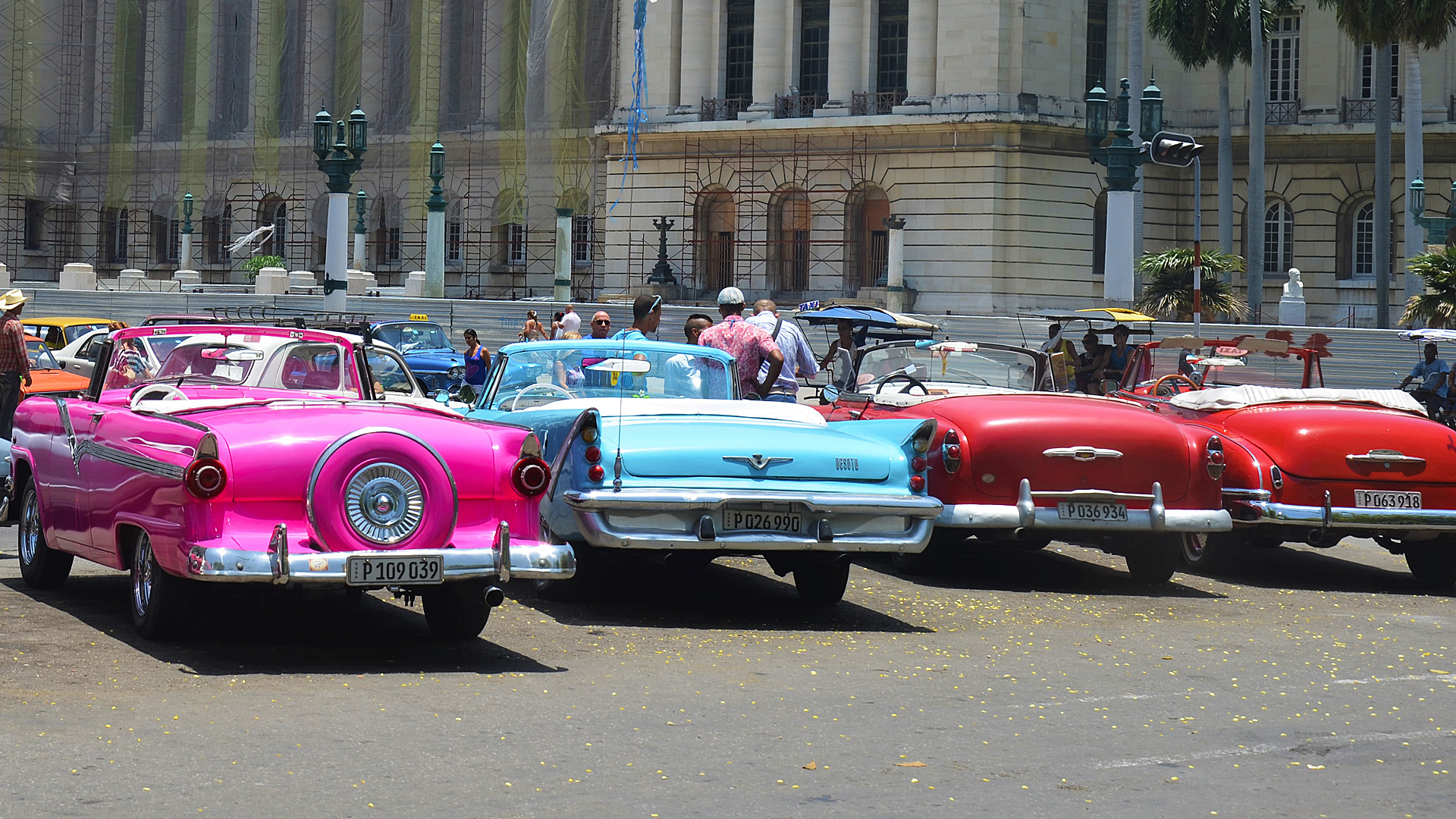
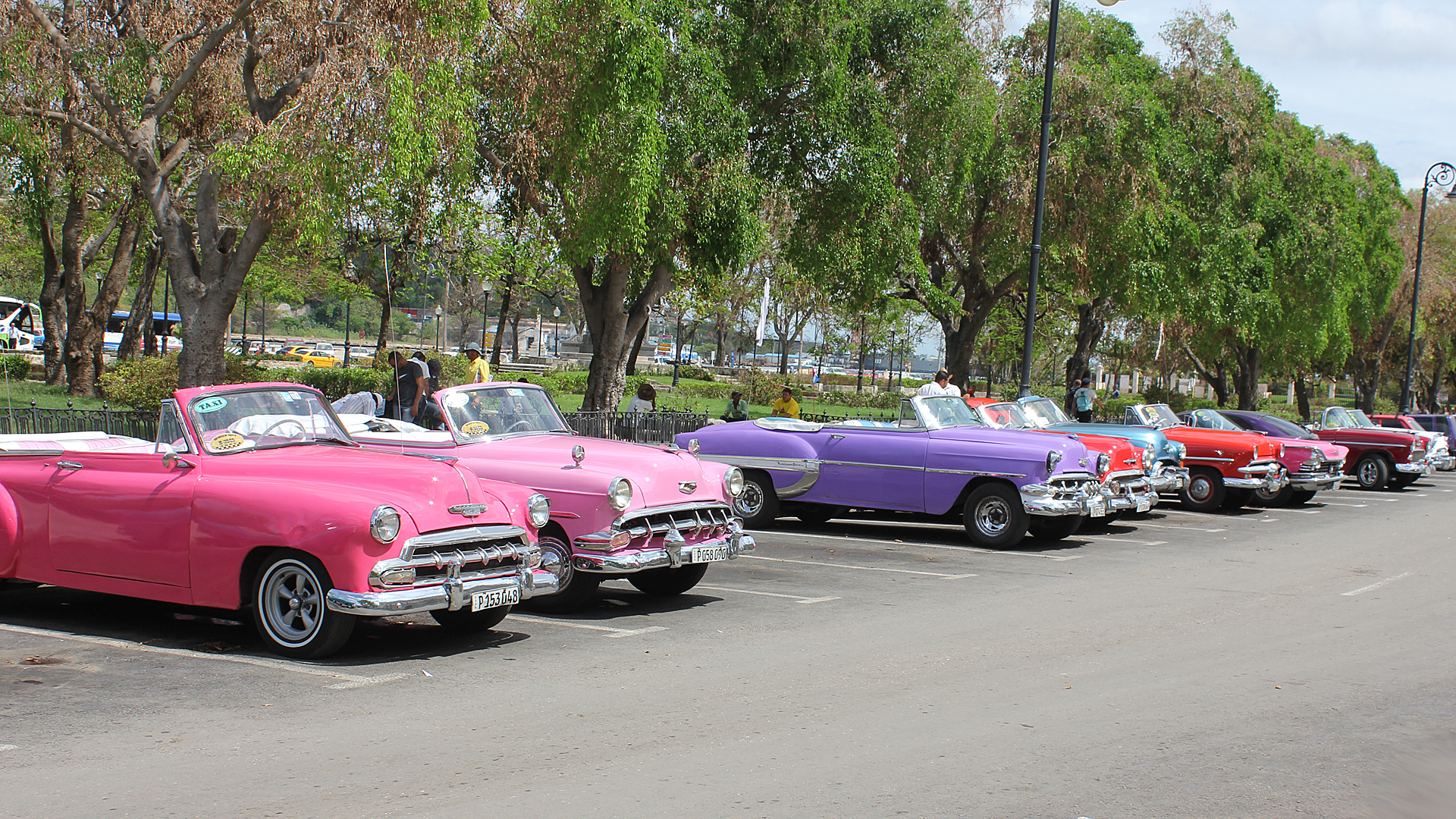
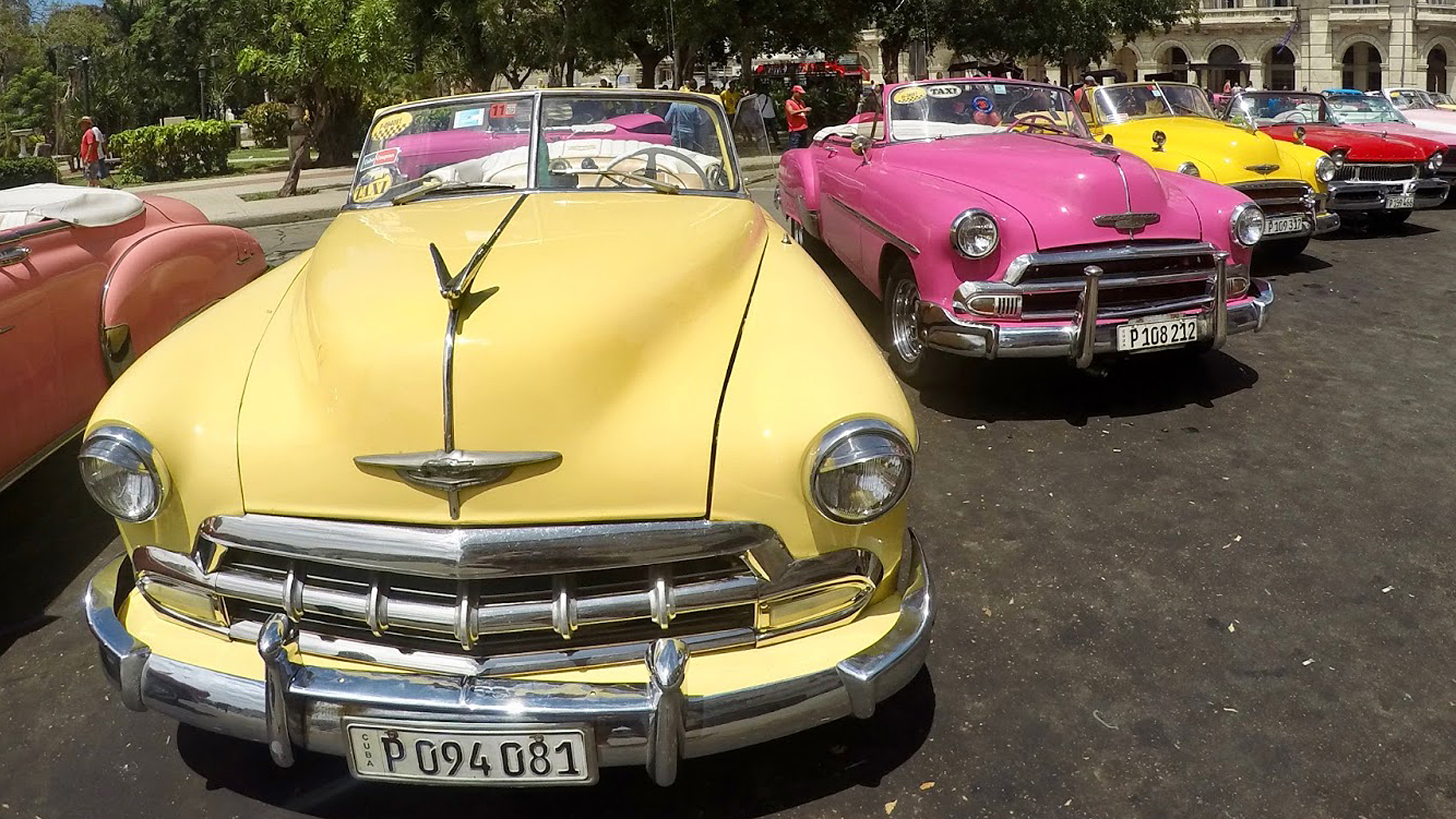
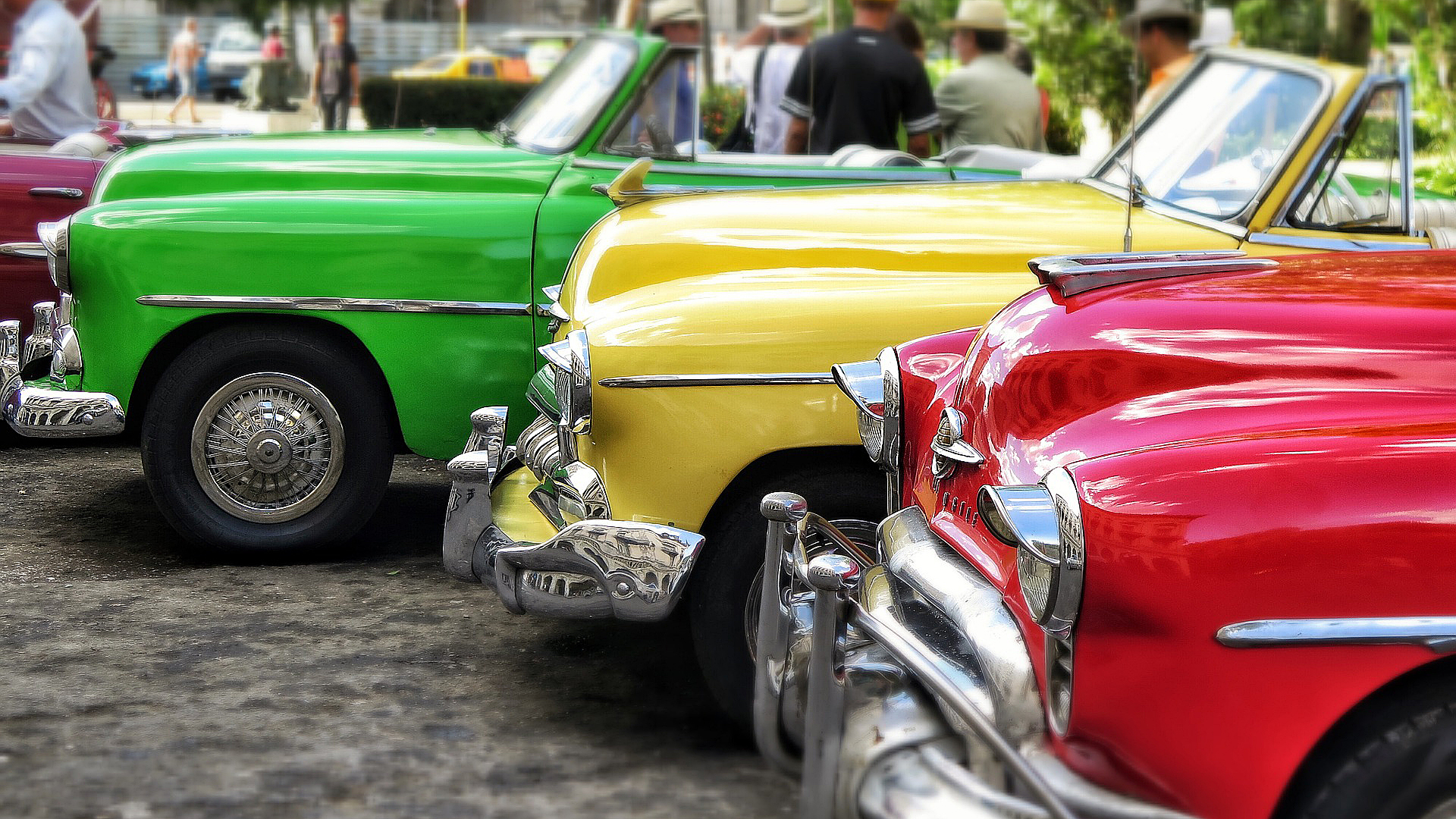
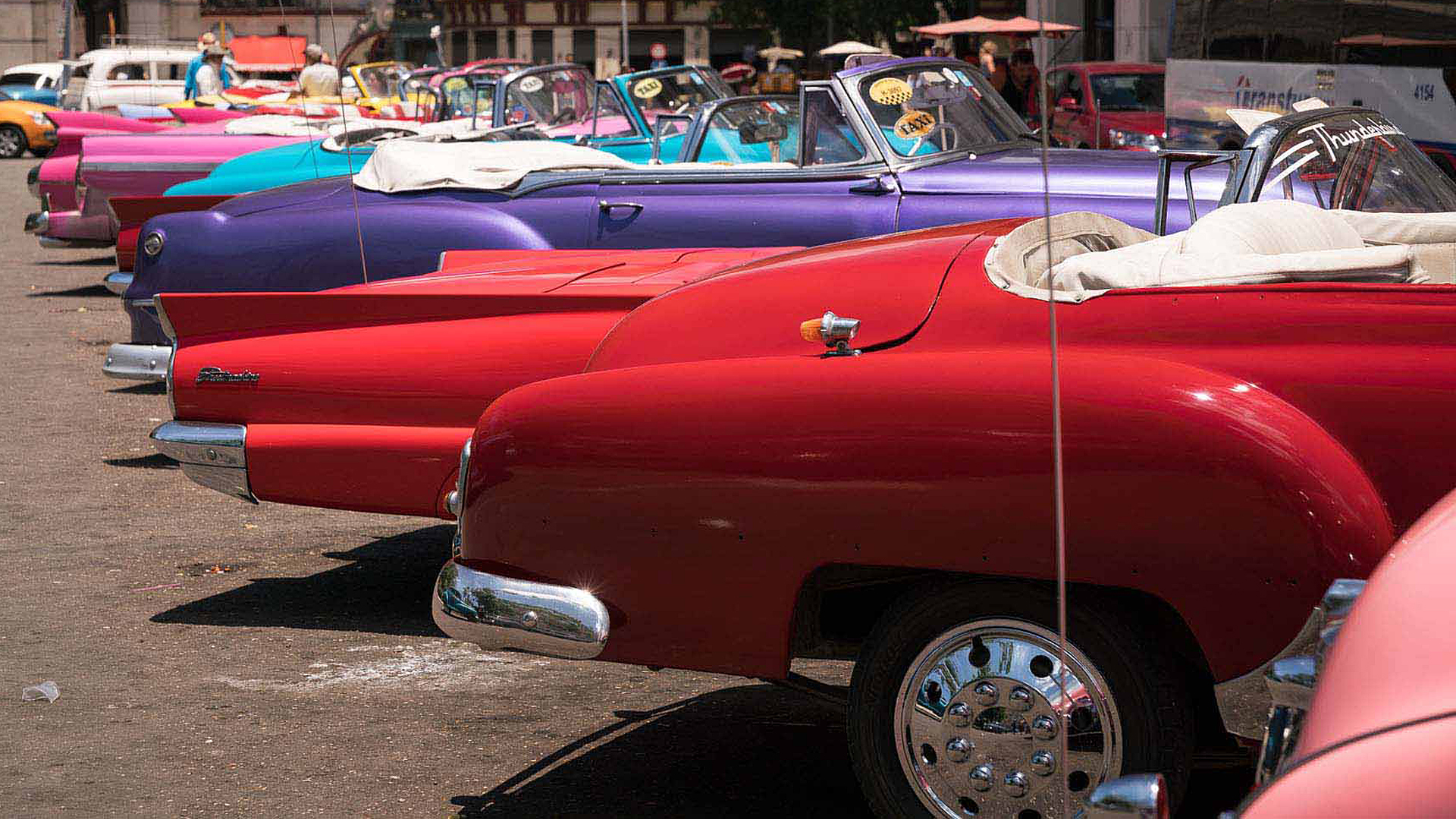
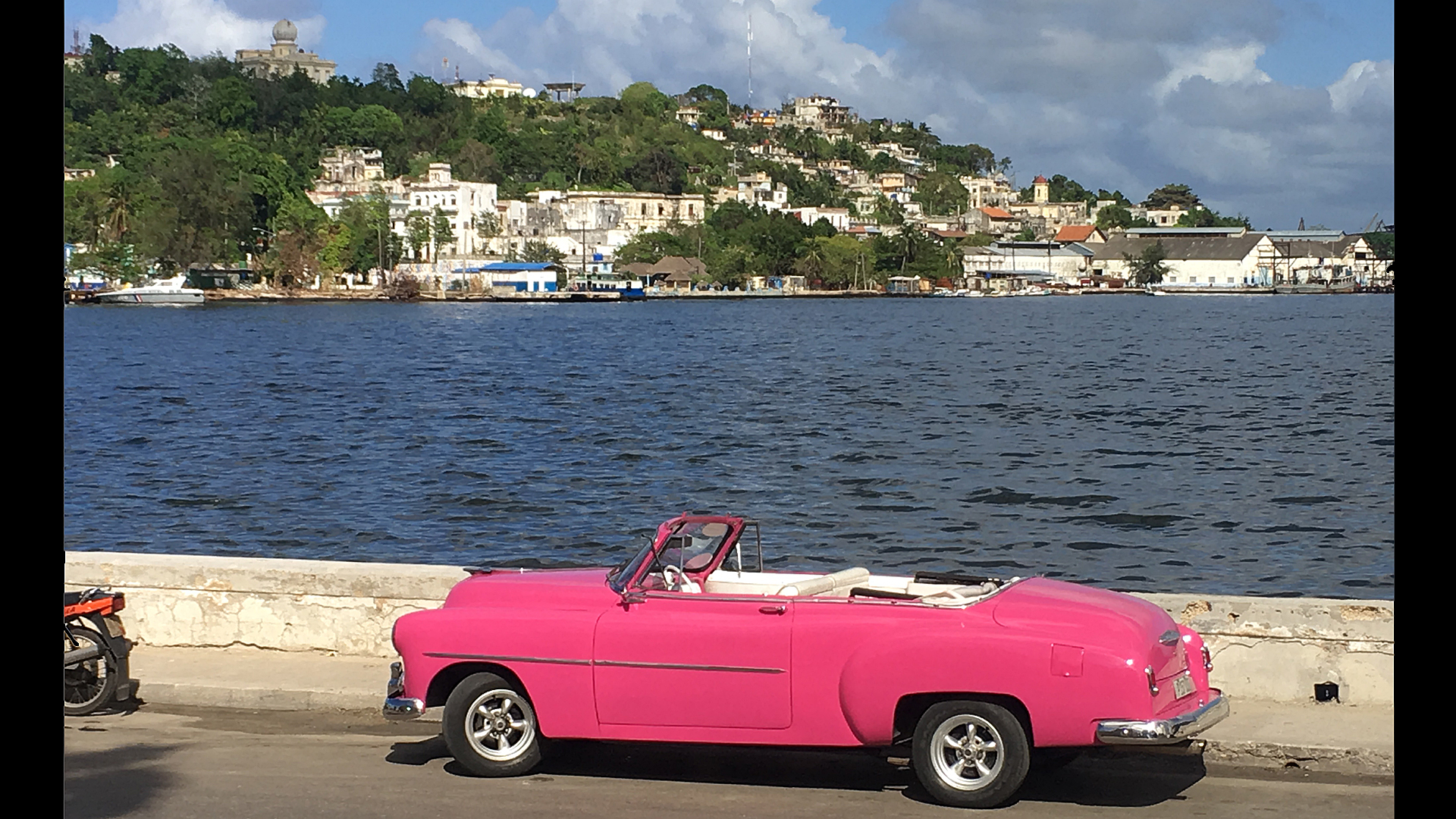

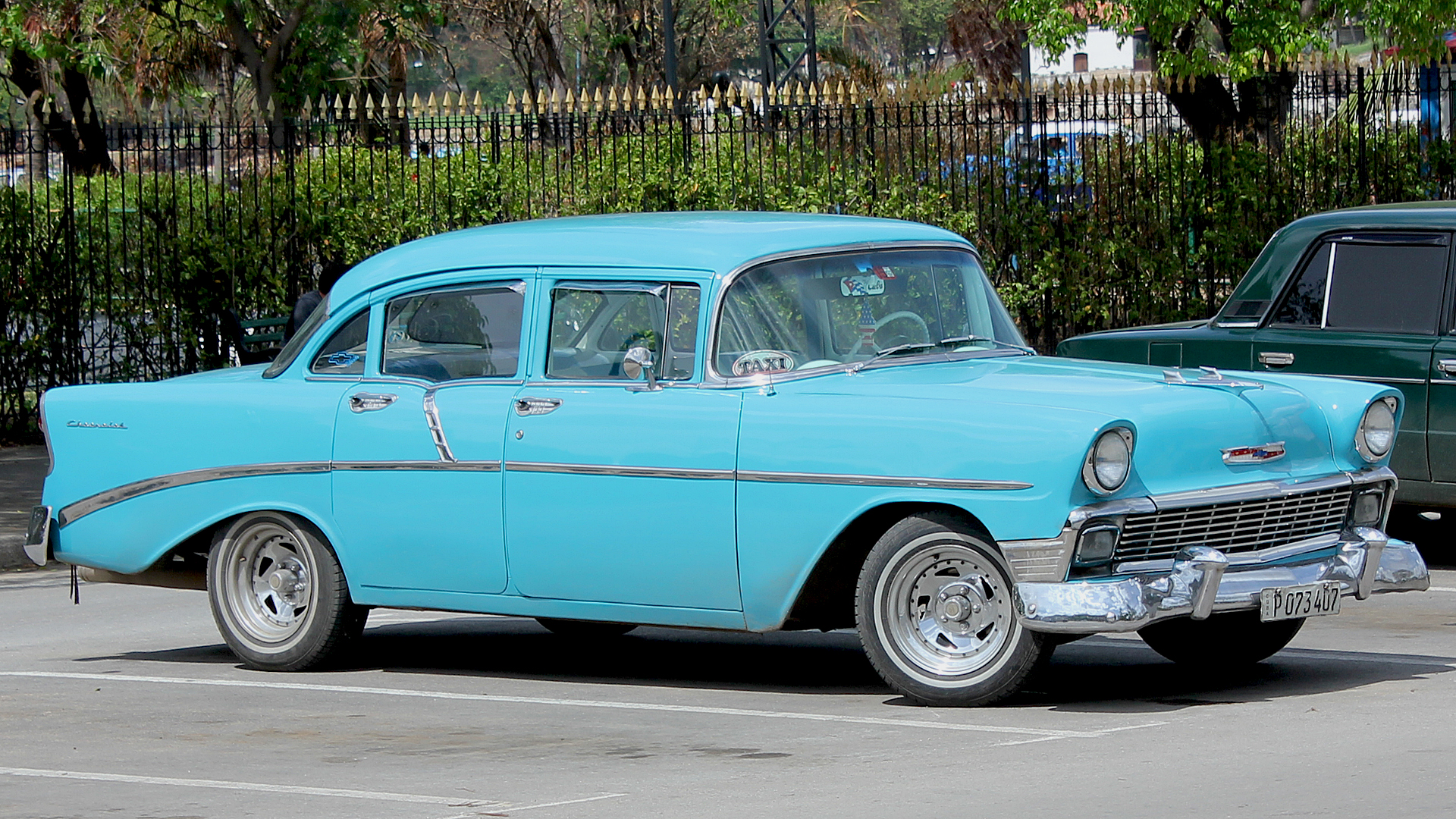
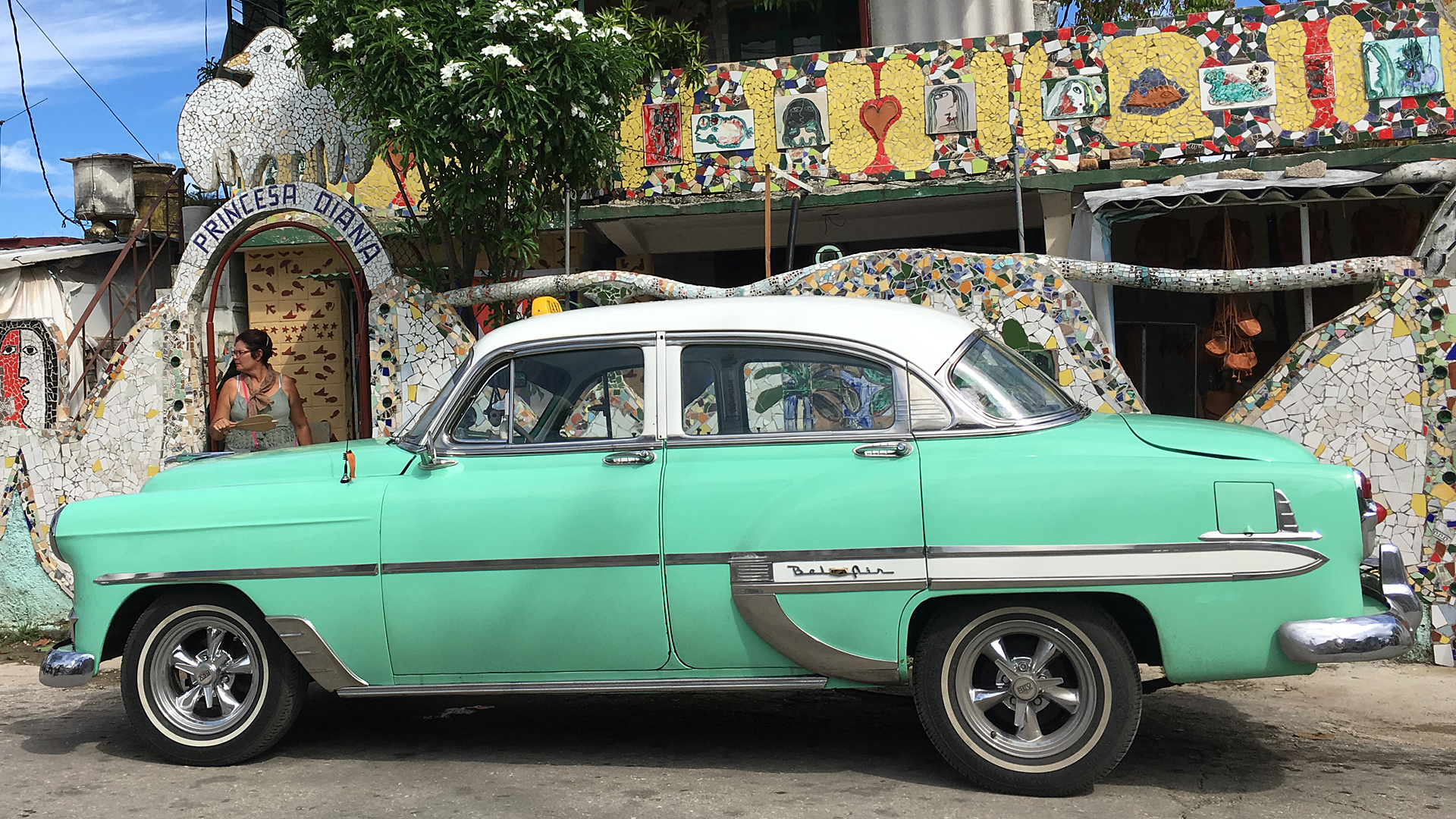

Cuban Cigars


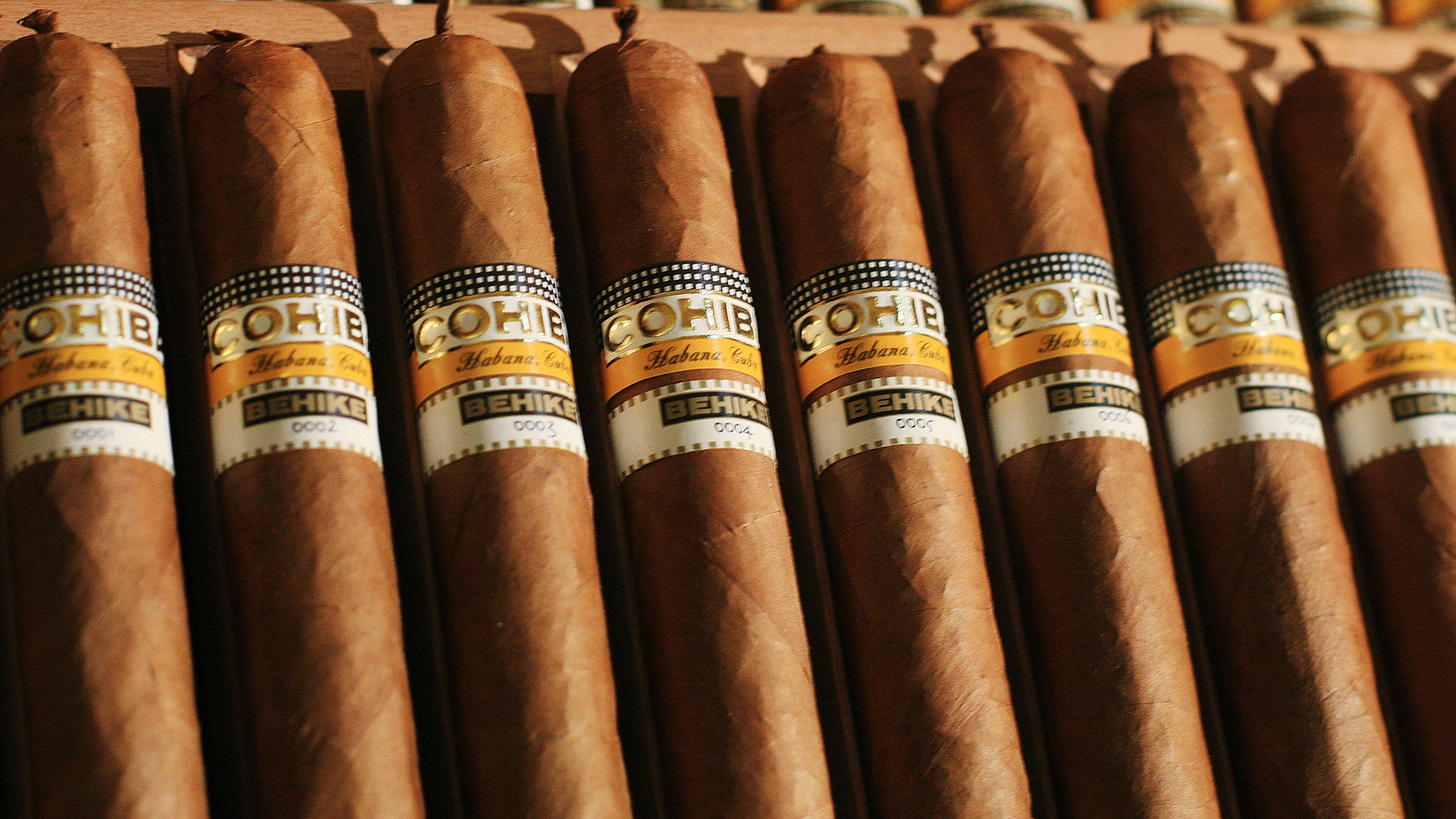
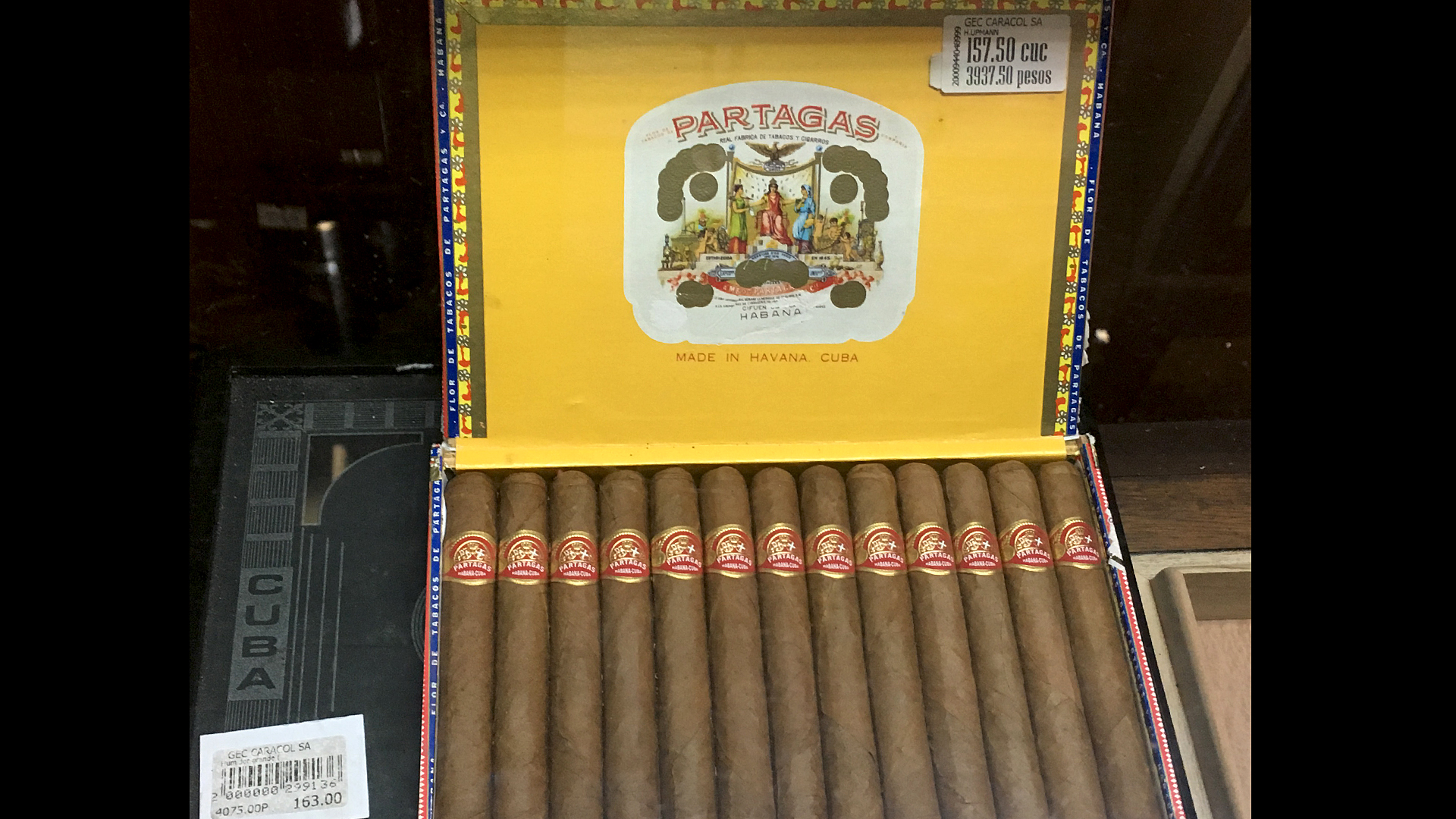
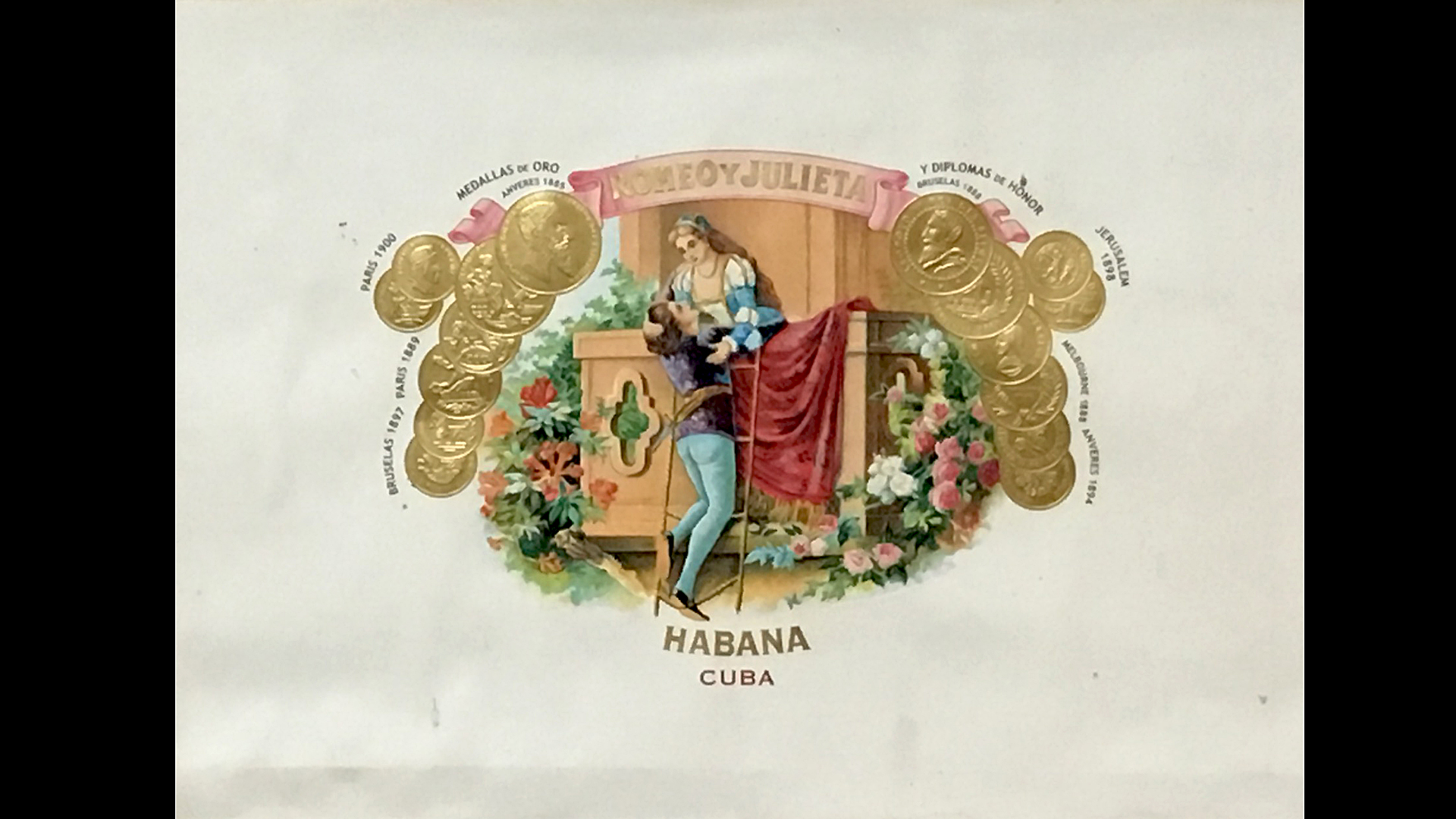
Cuban Rum
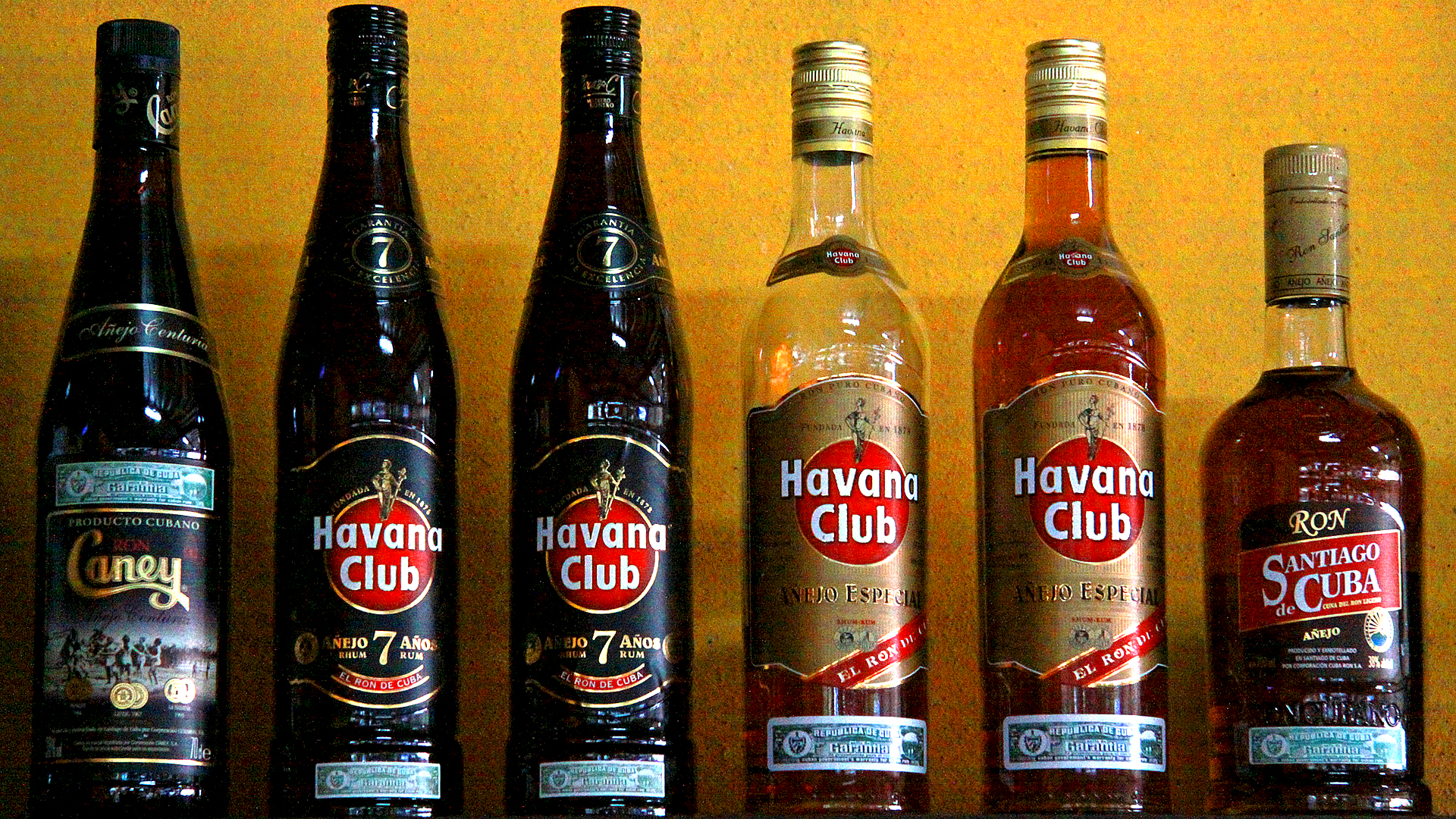
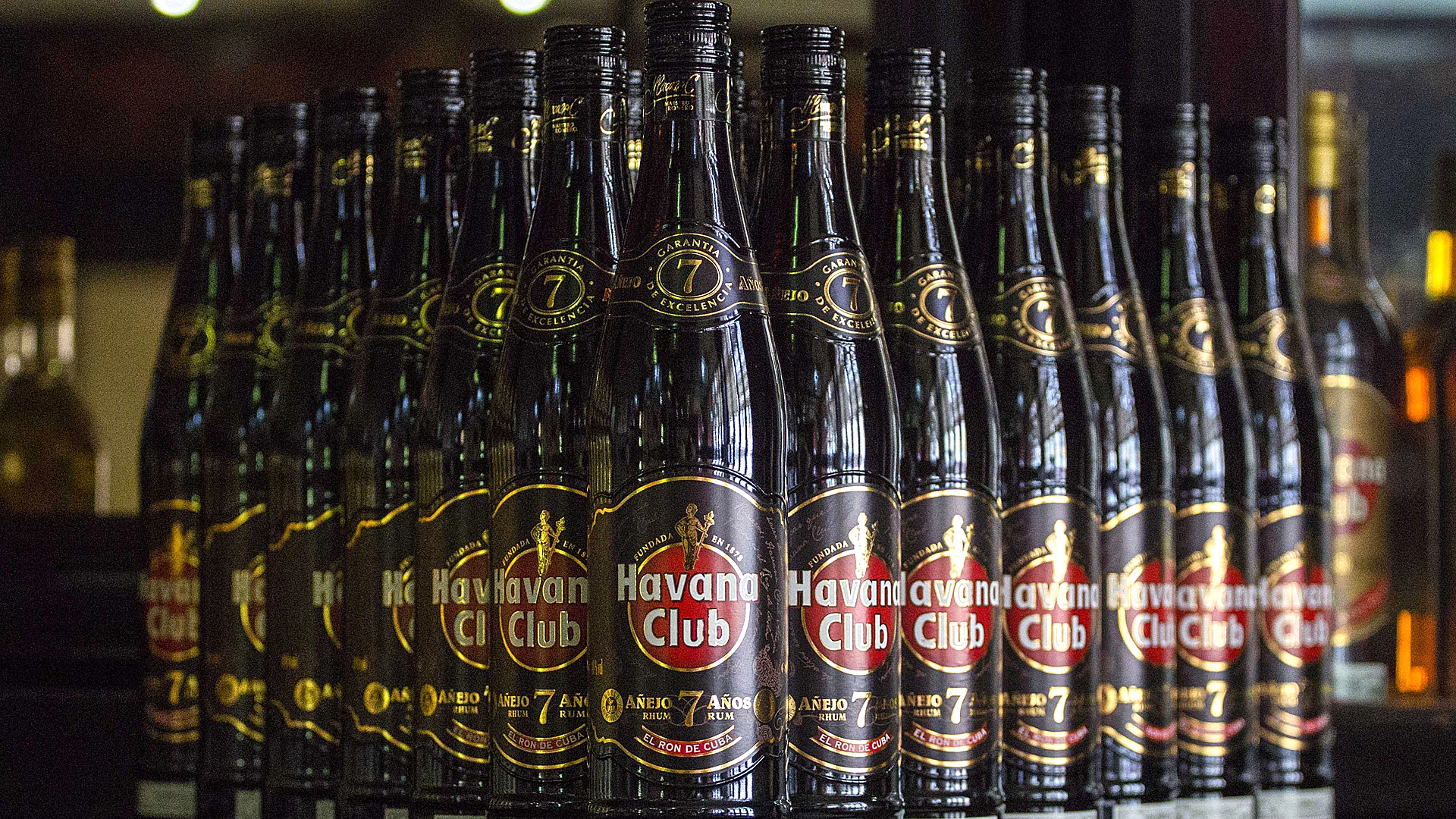






 The basilica and the monastery of San Francisco de Asis (Saint Francis of Assisi) were built in Havana, Cuba at the end of sixteenth century (1580-91) as the home of the Franciscan community, and were altered in the baroque style in 1730.
The basilica and the monastery of San Francisco de Asis (Saint Francis of Assisi) were built in Havana, Cuba at the end of sixteenth century (1580-91) as the home of the Franciscan community, and were altered in the baroque style in 1730.
